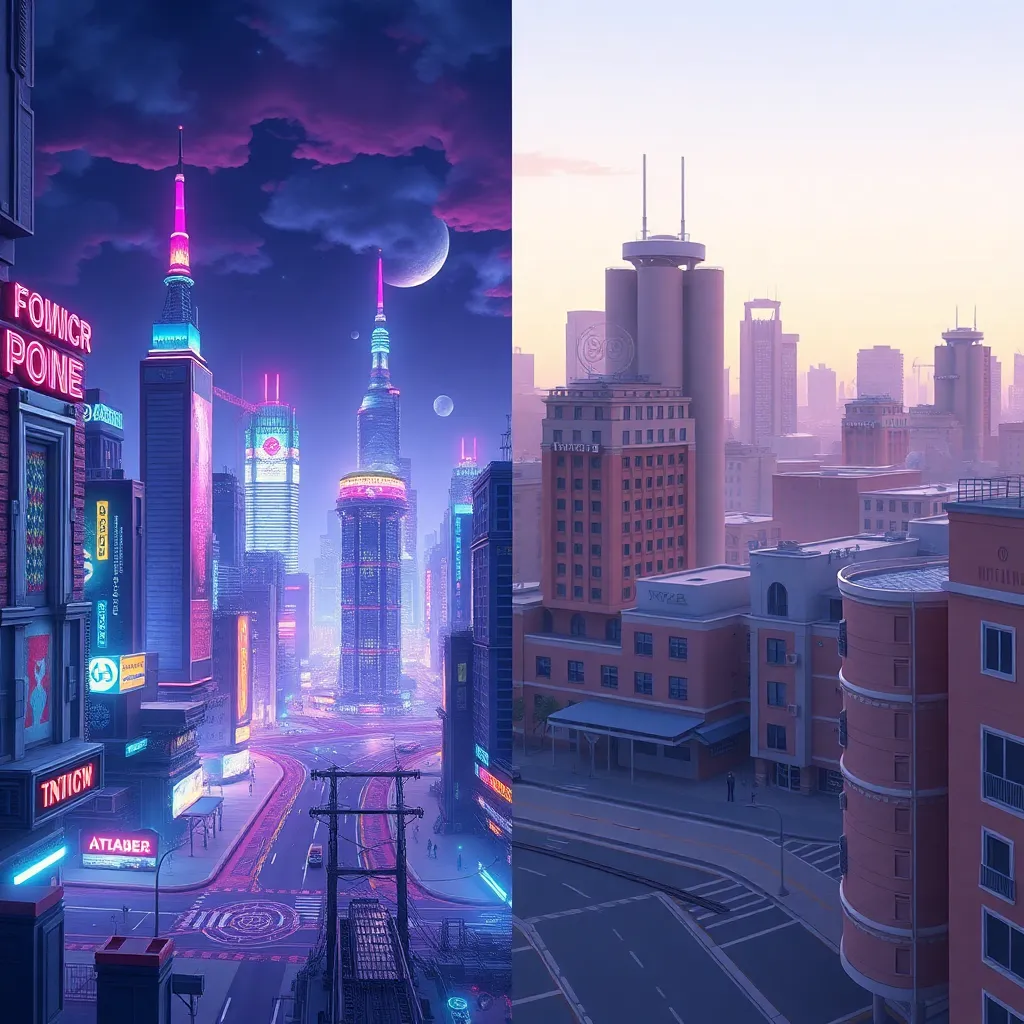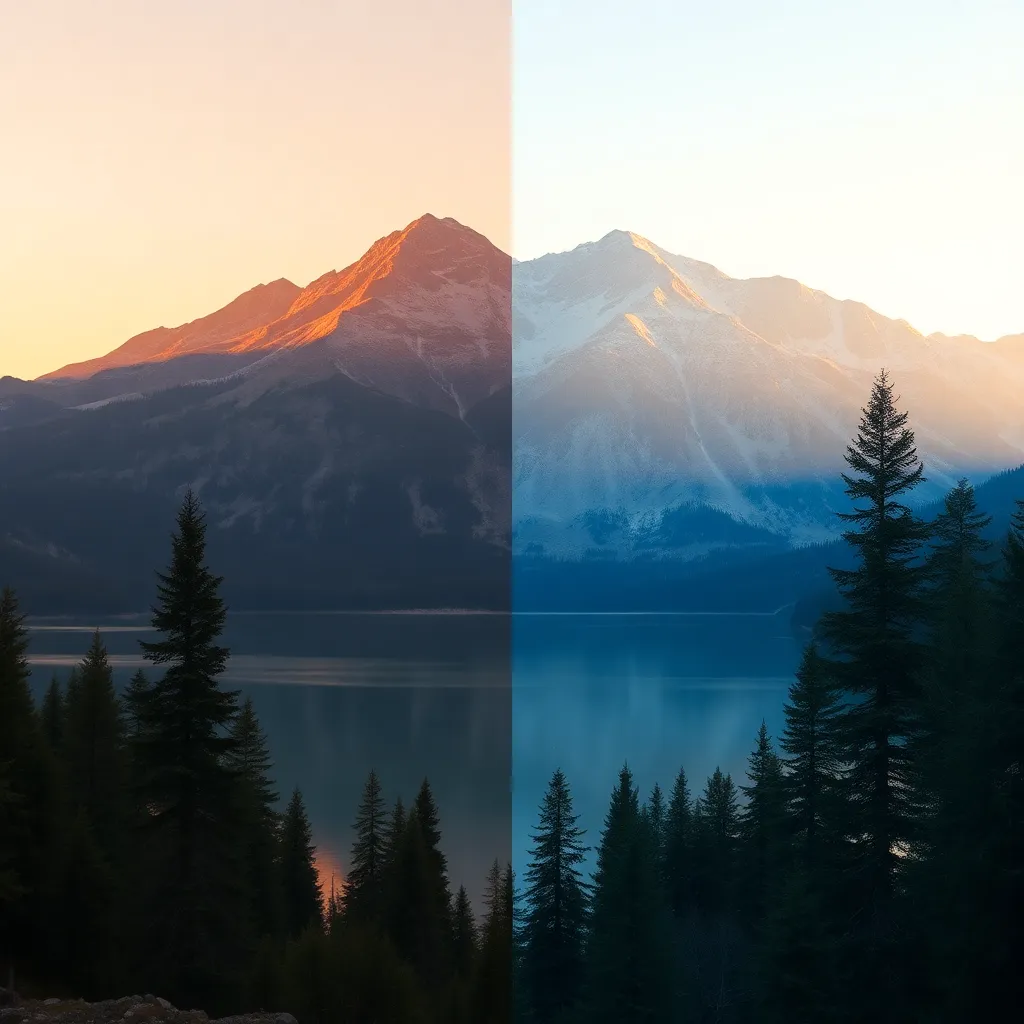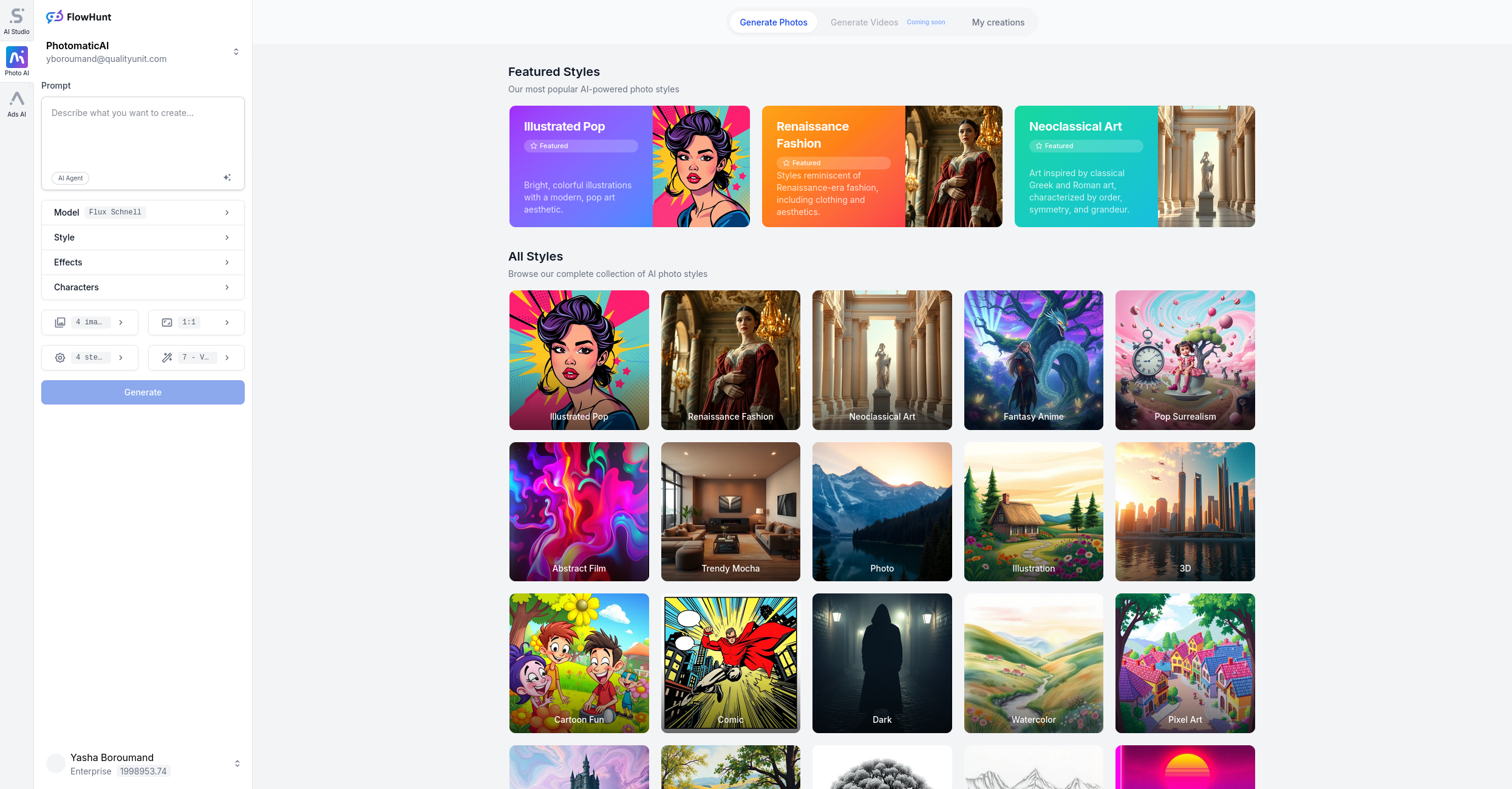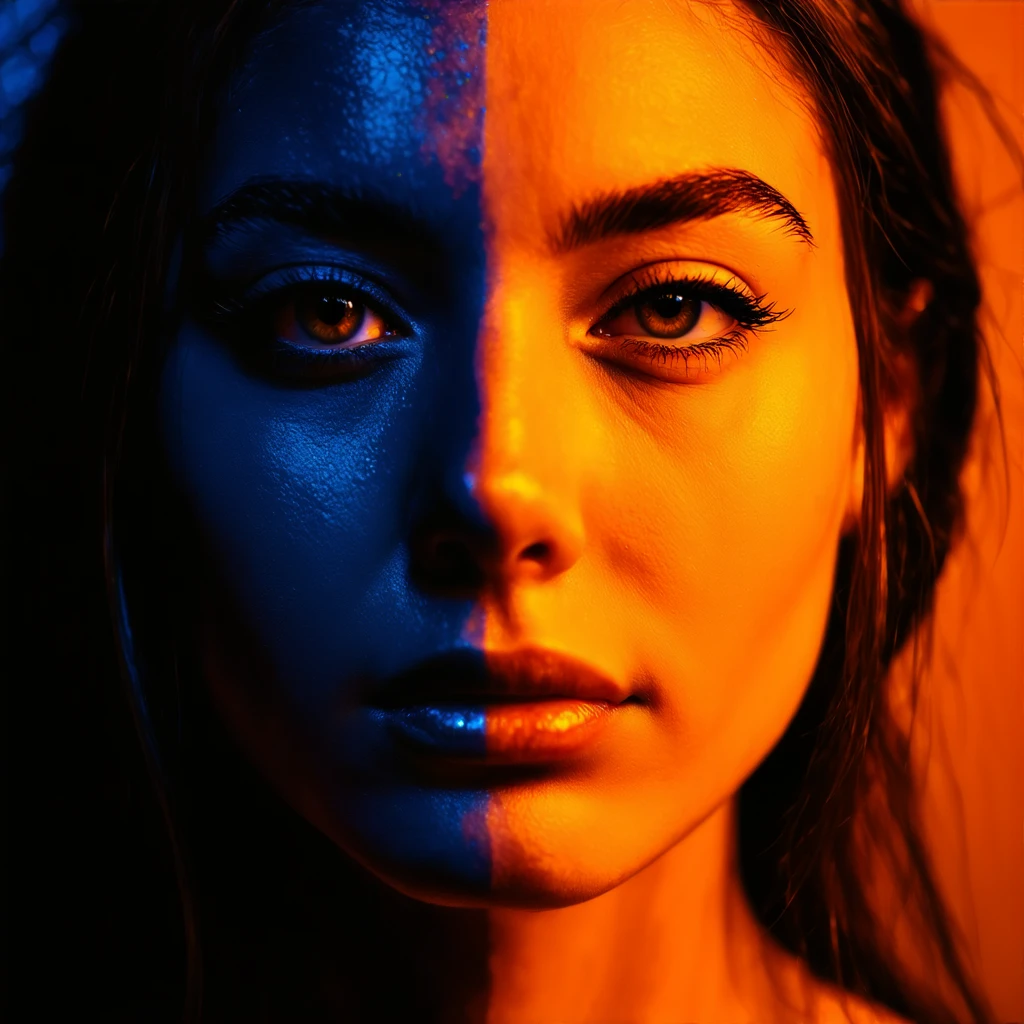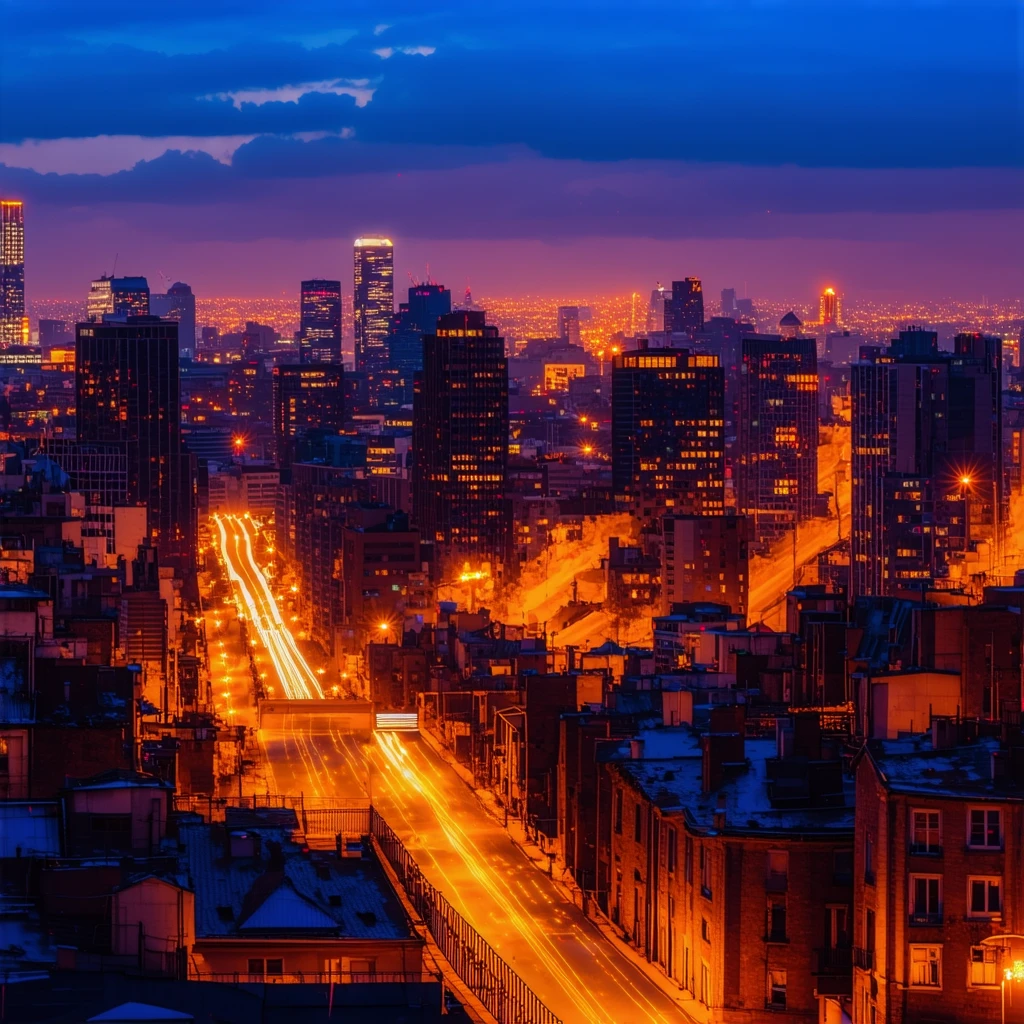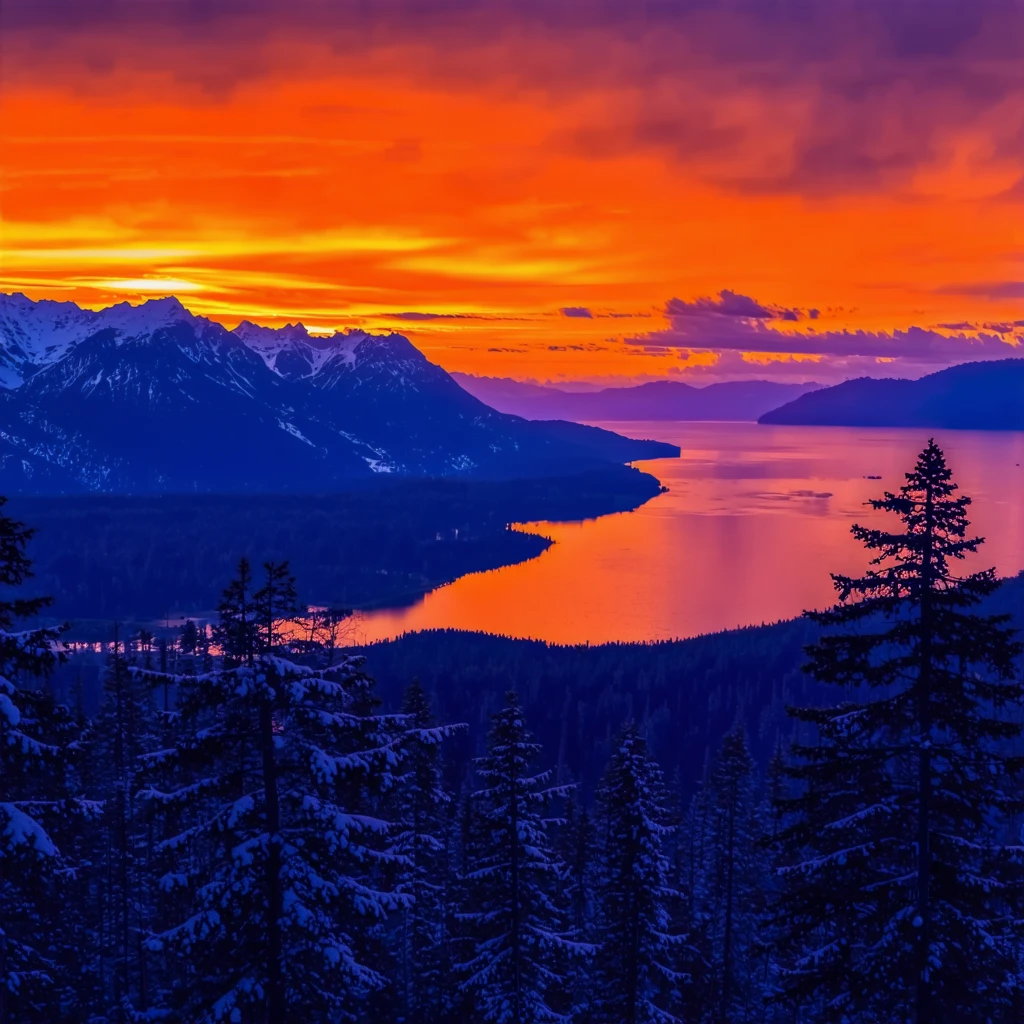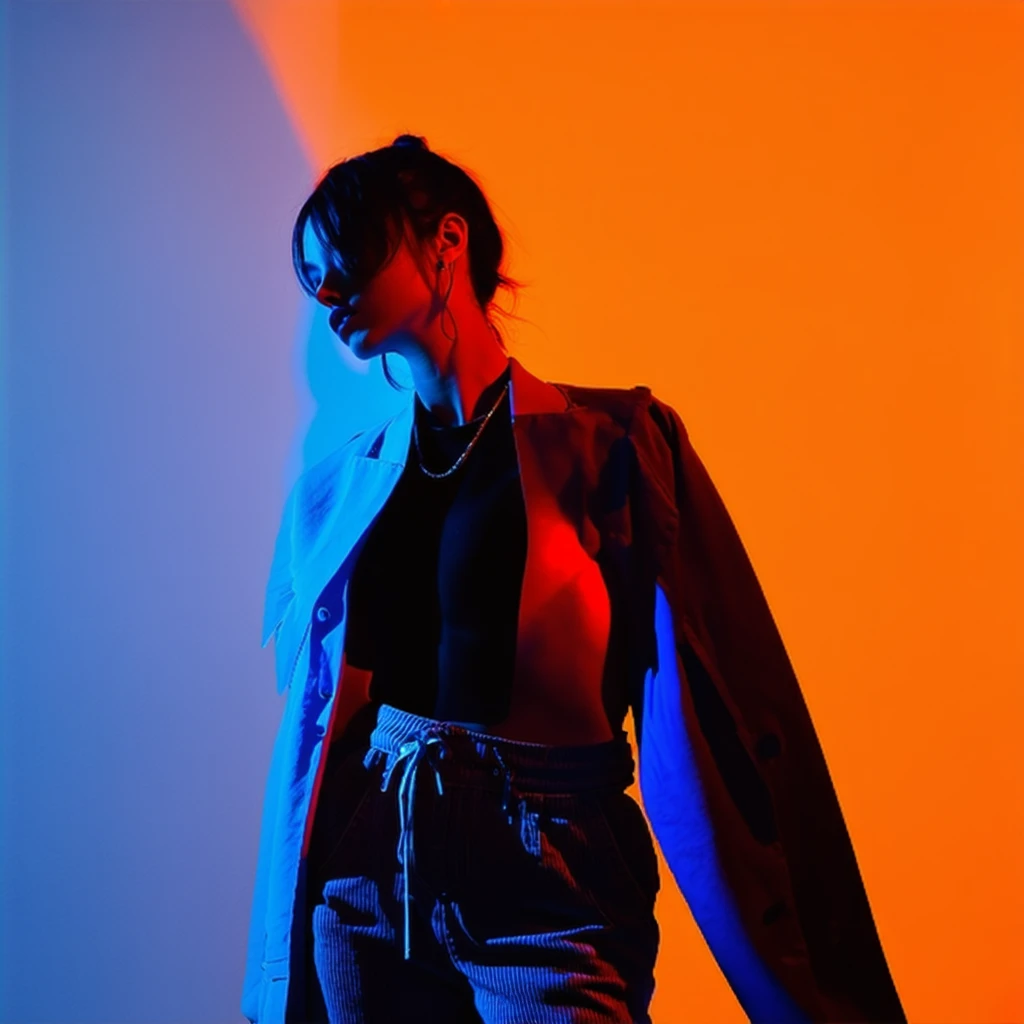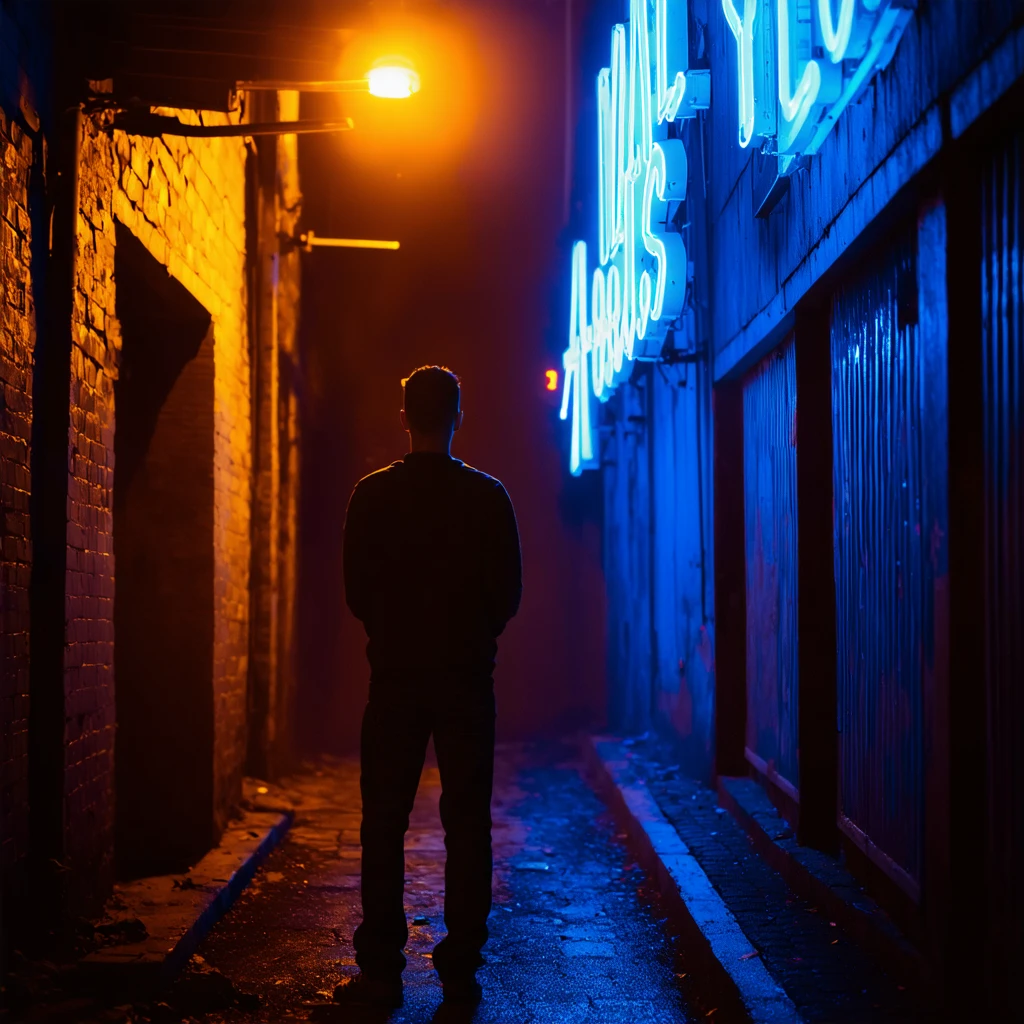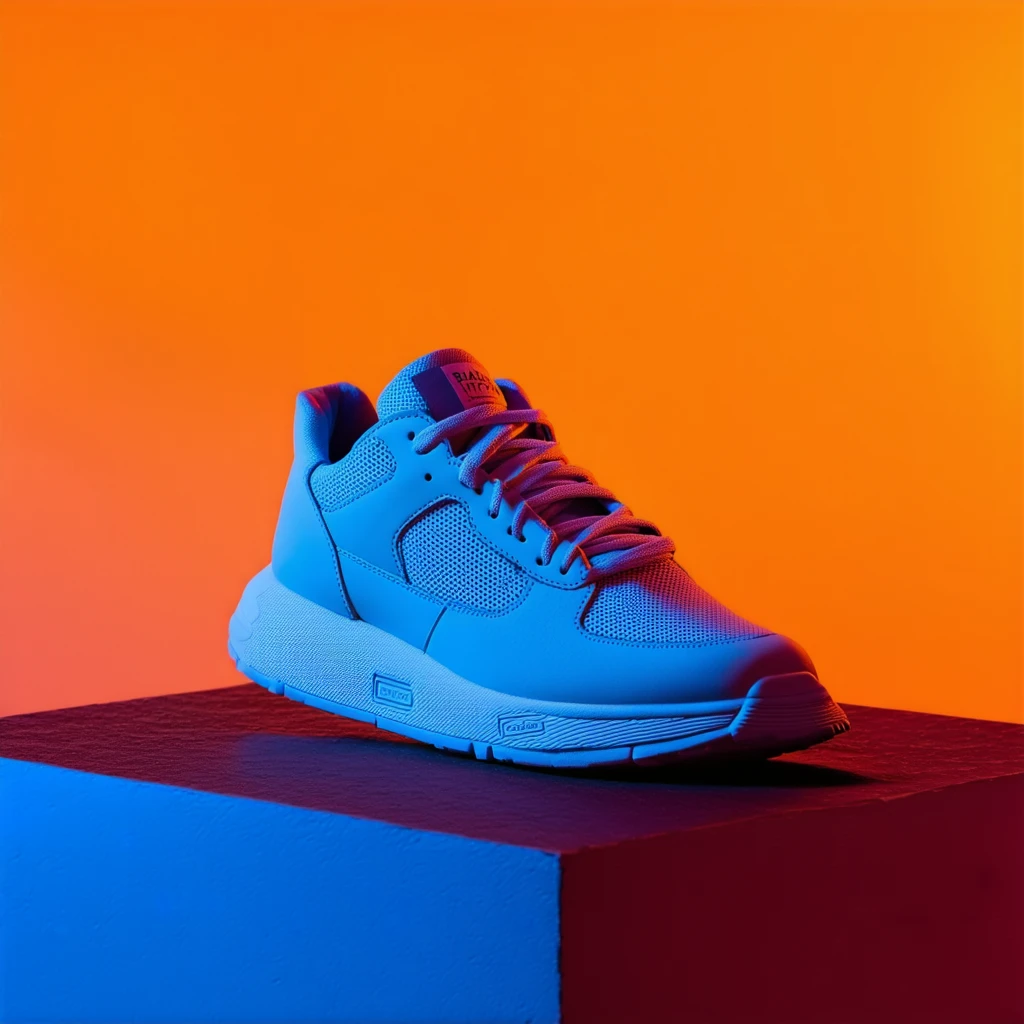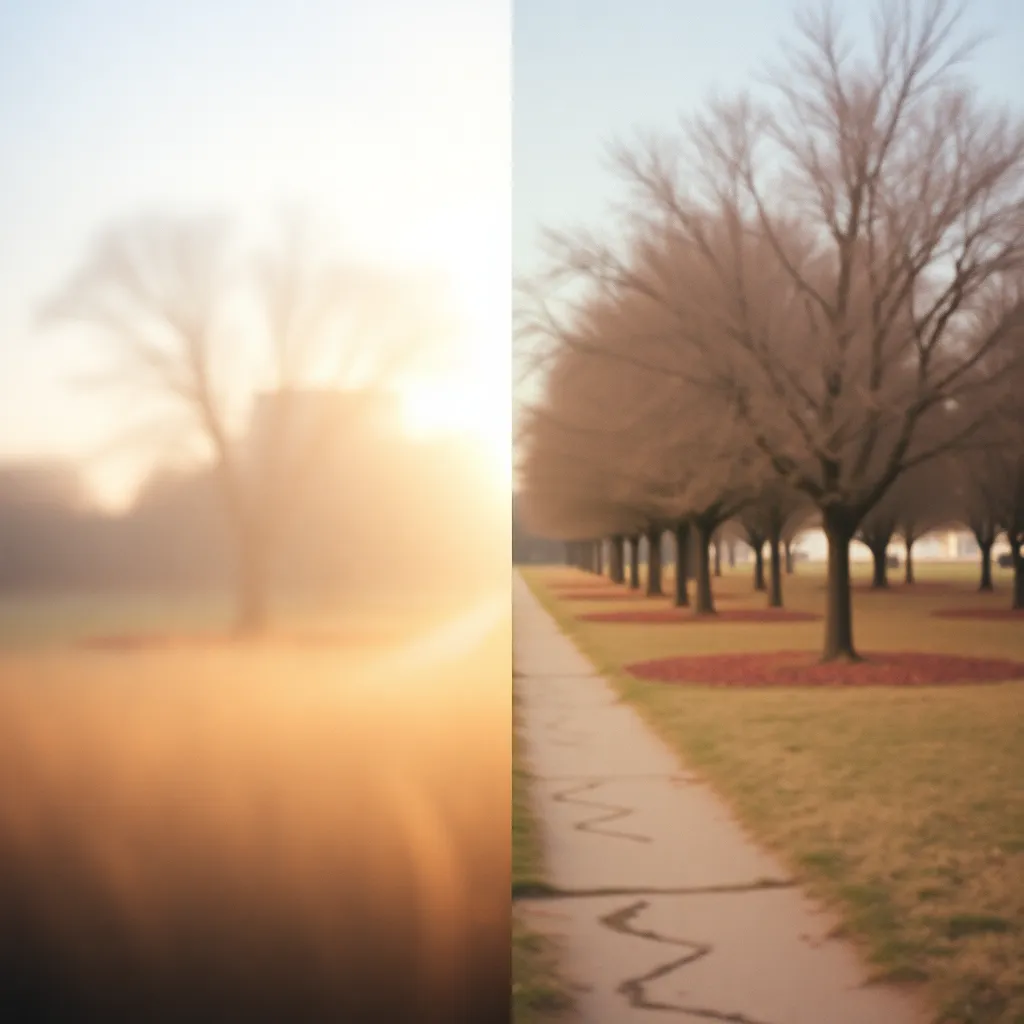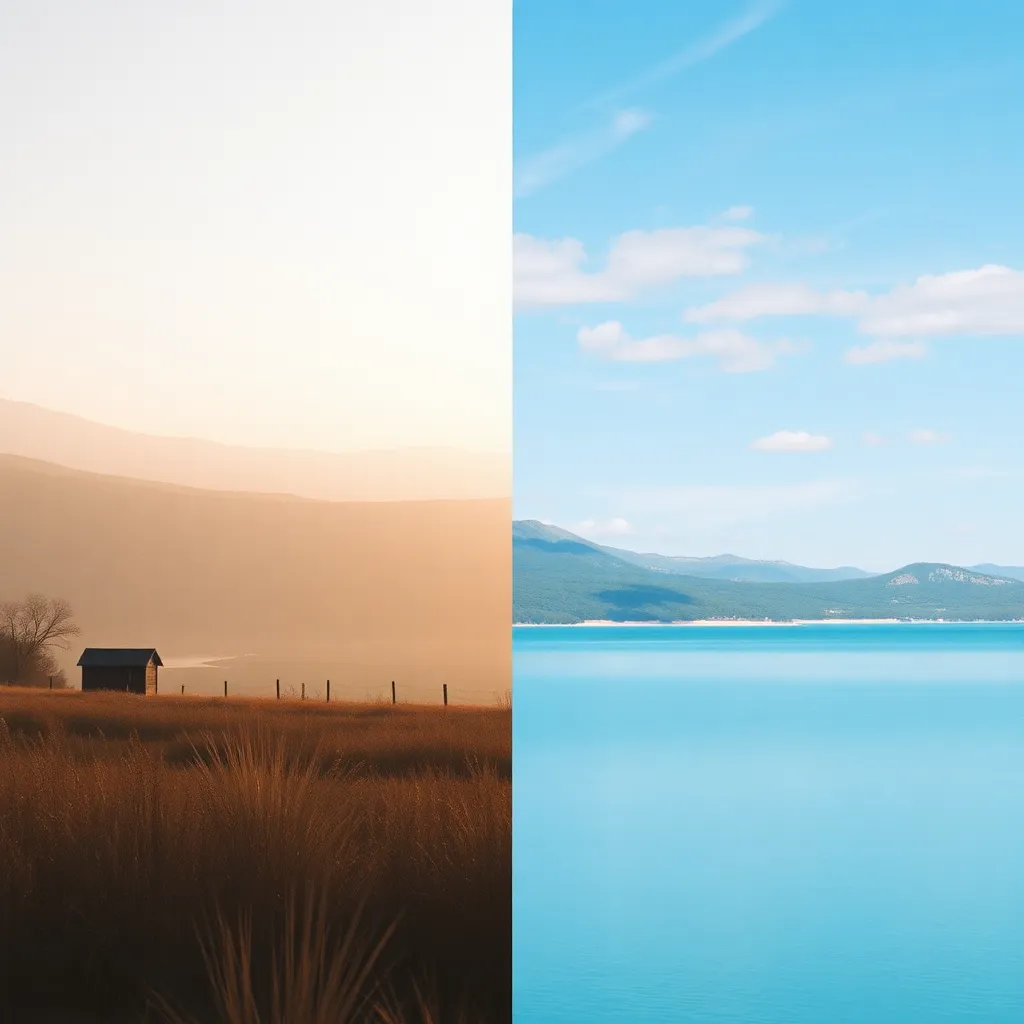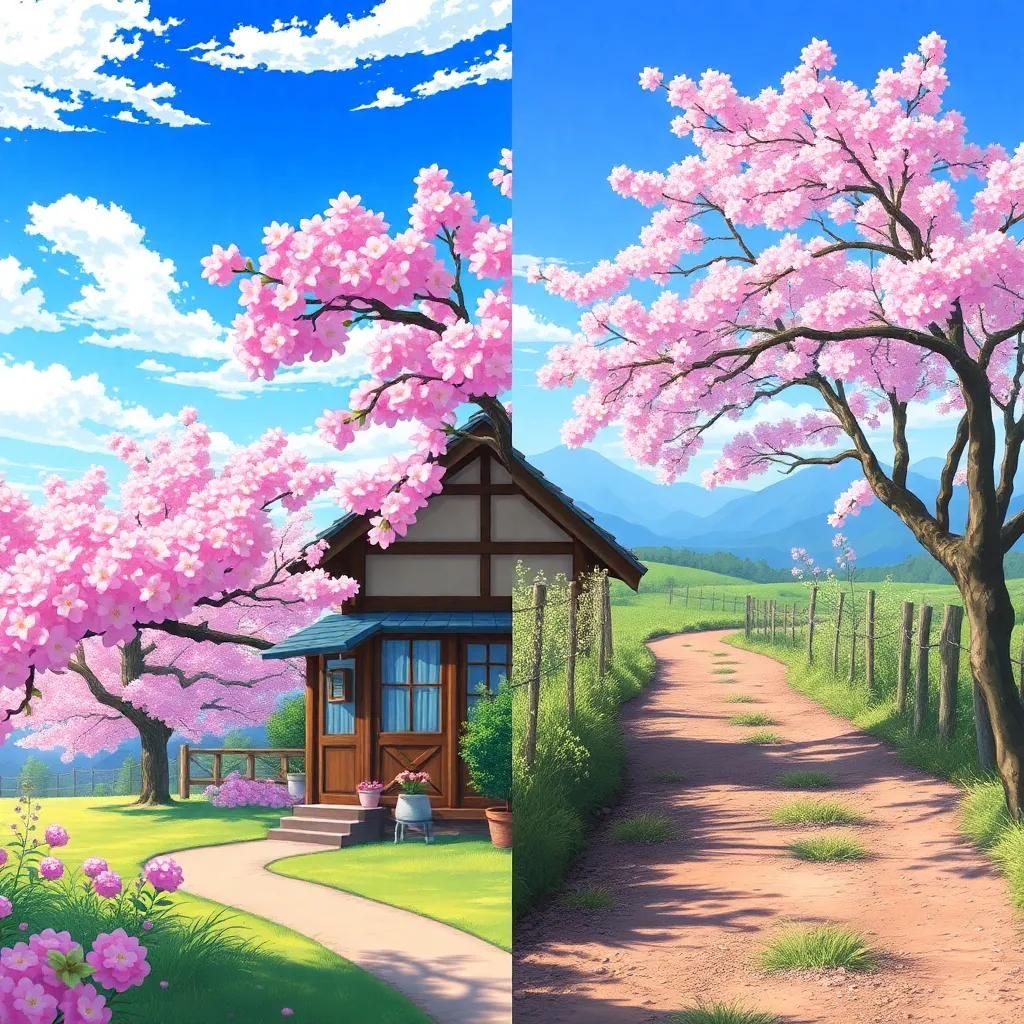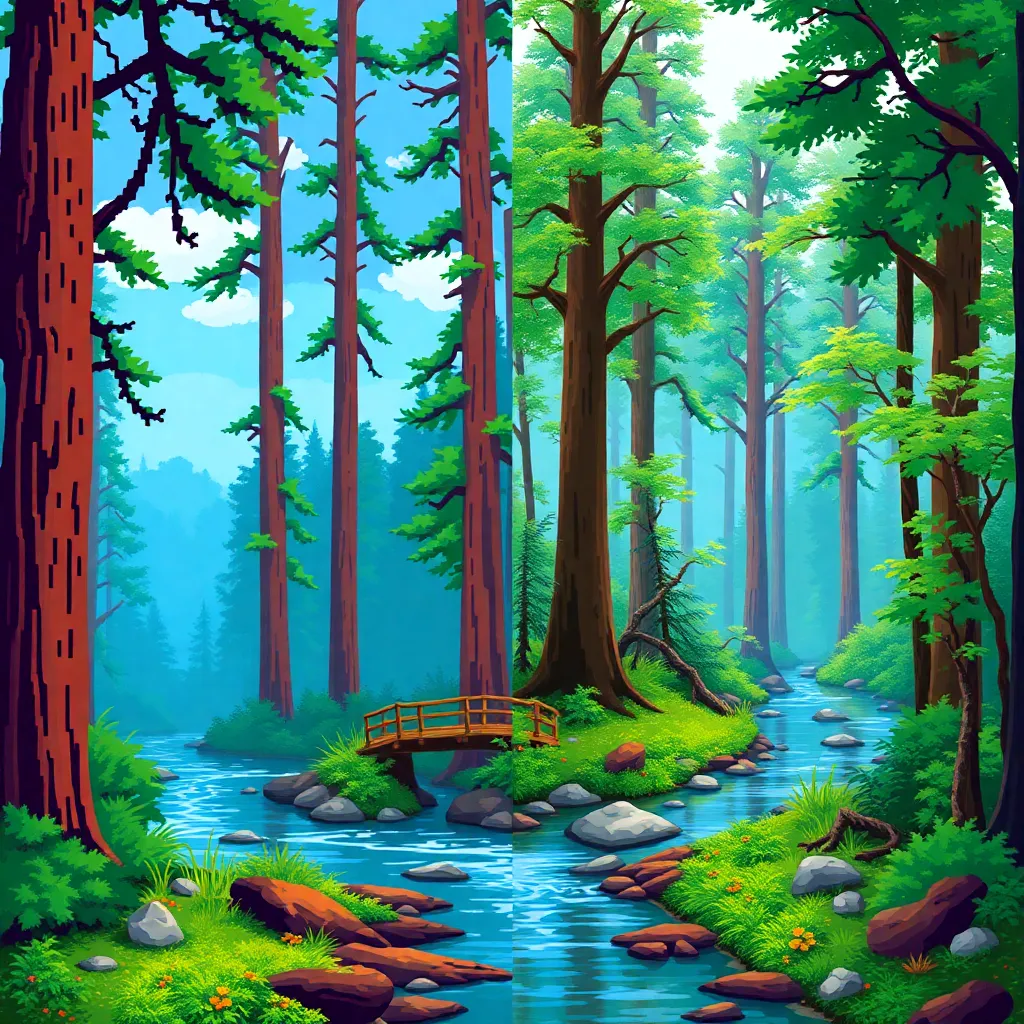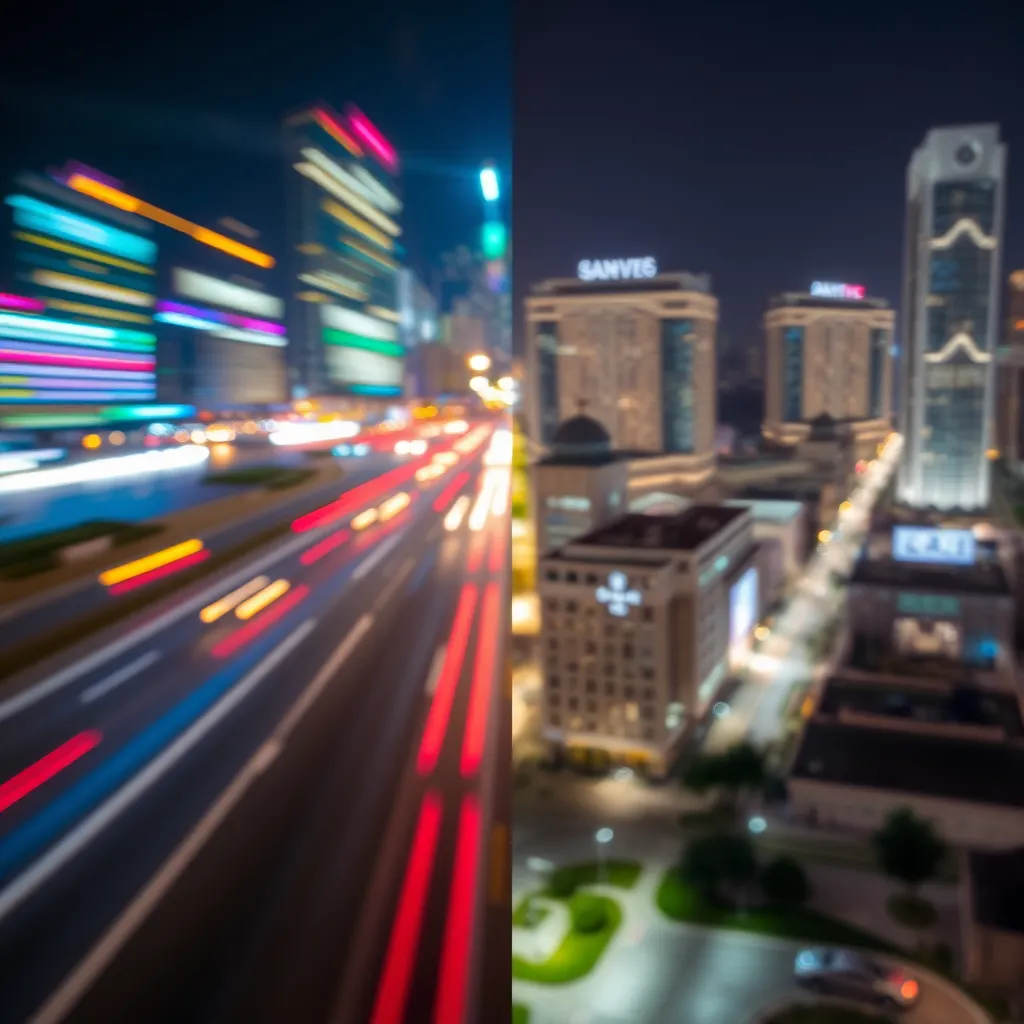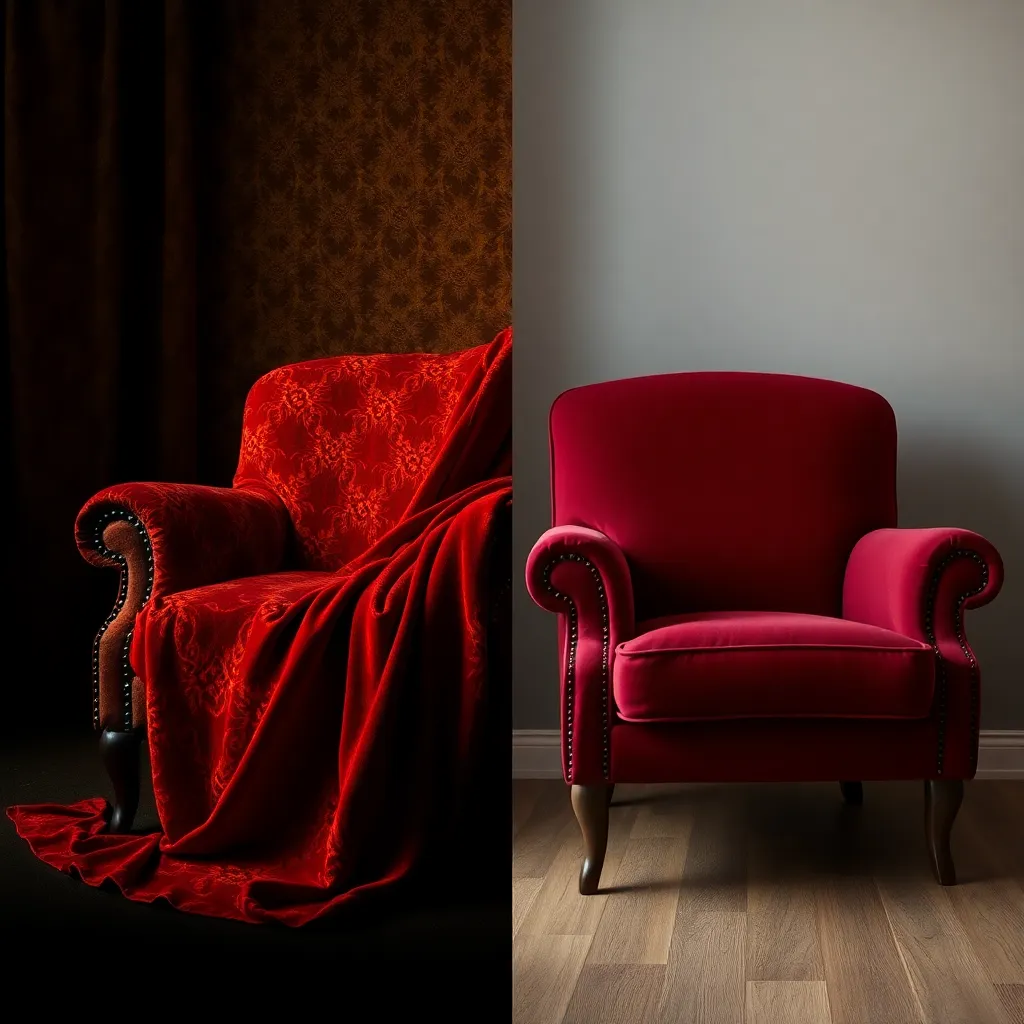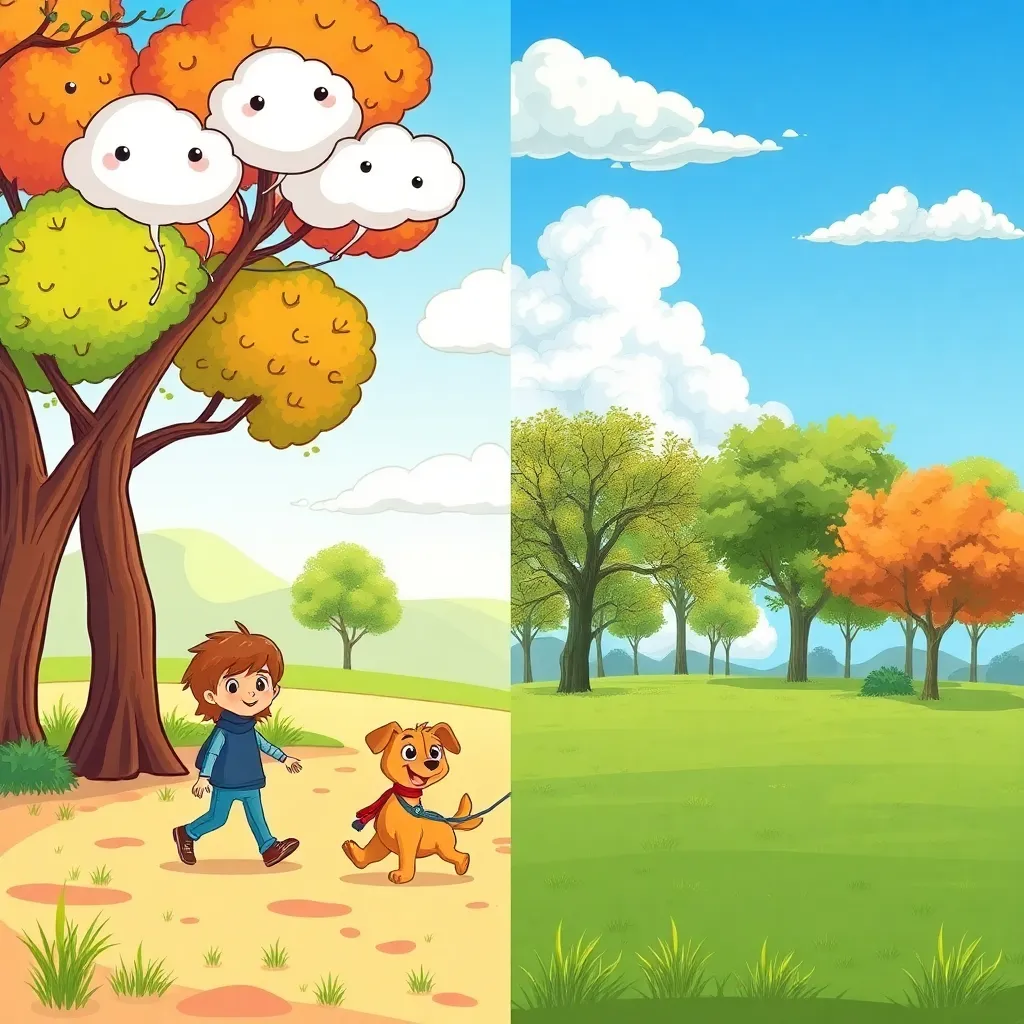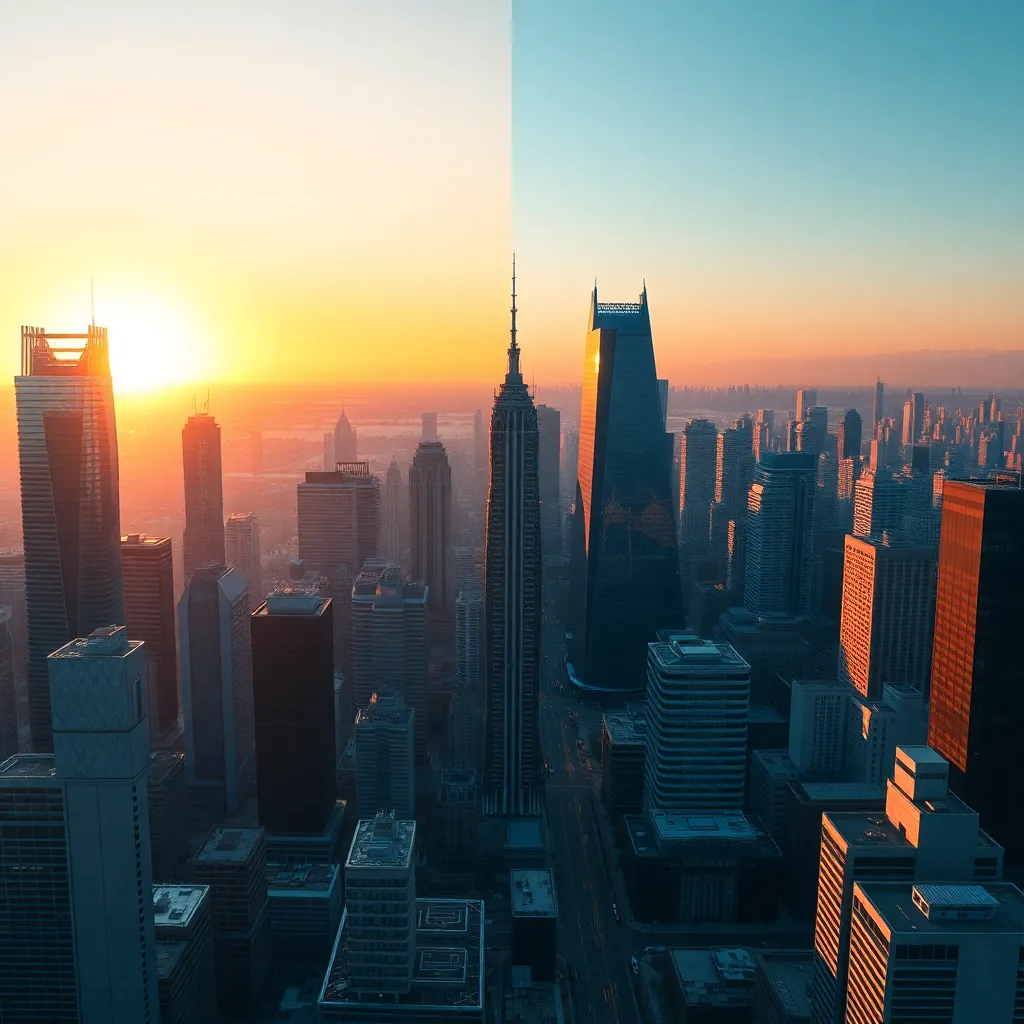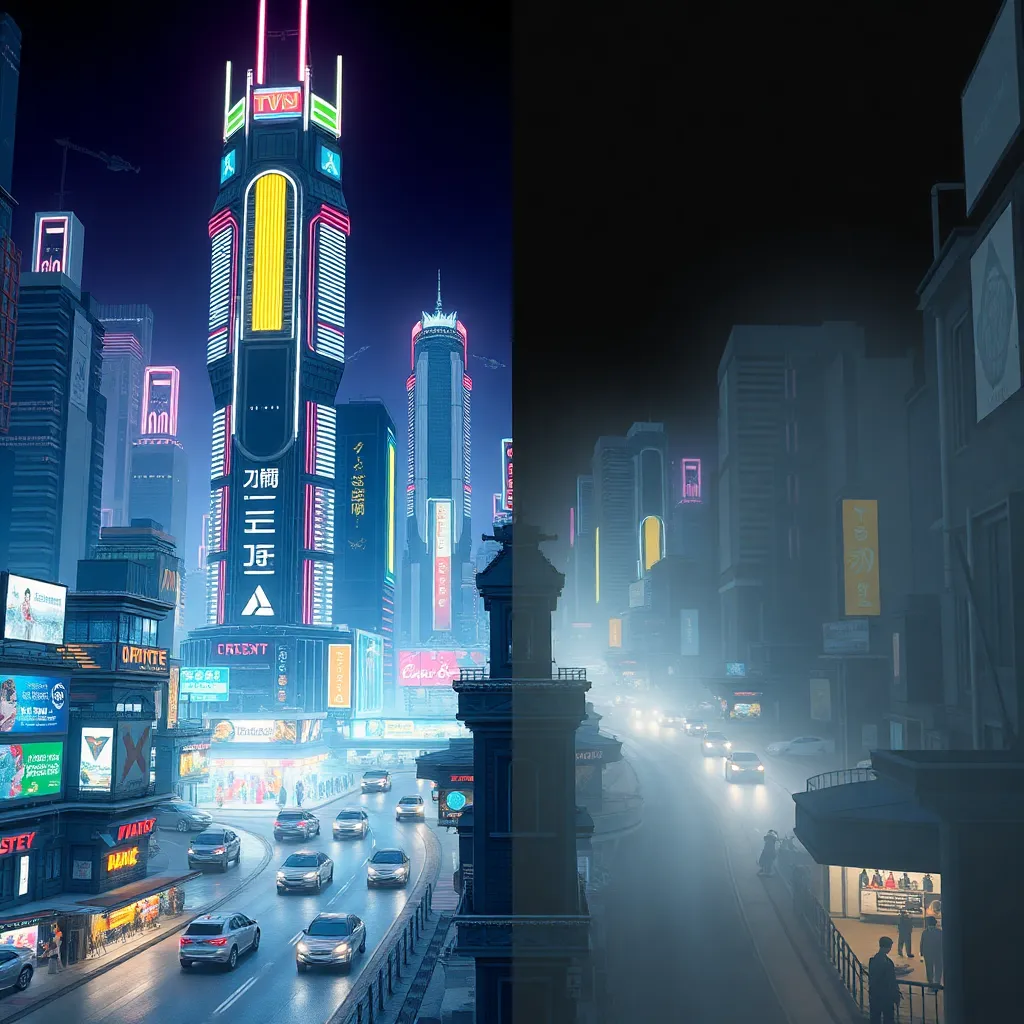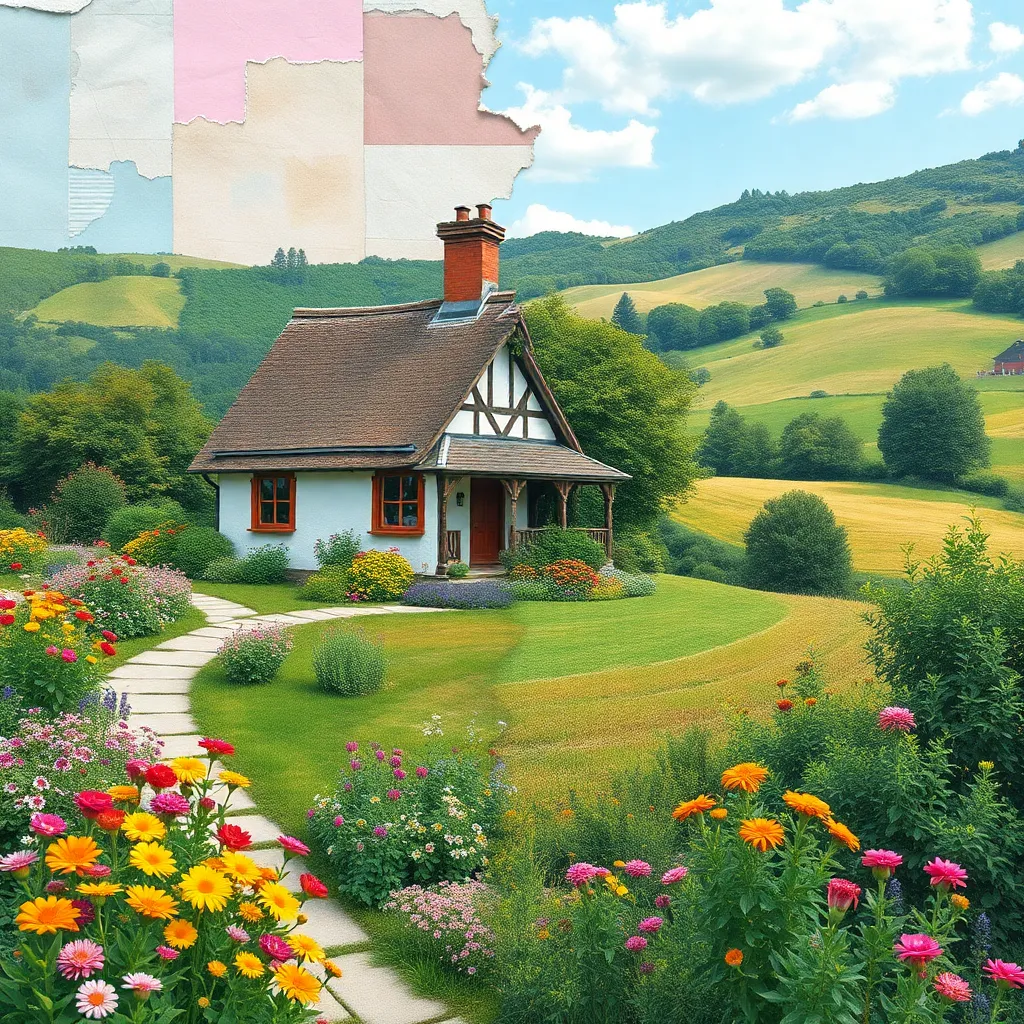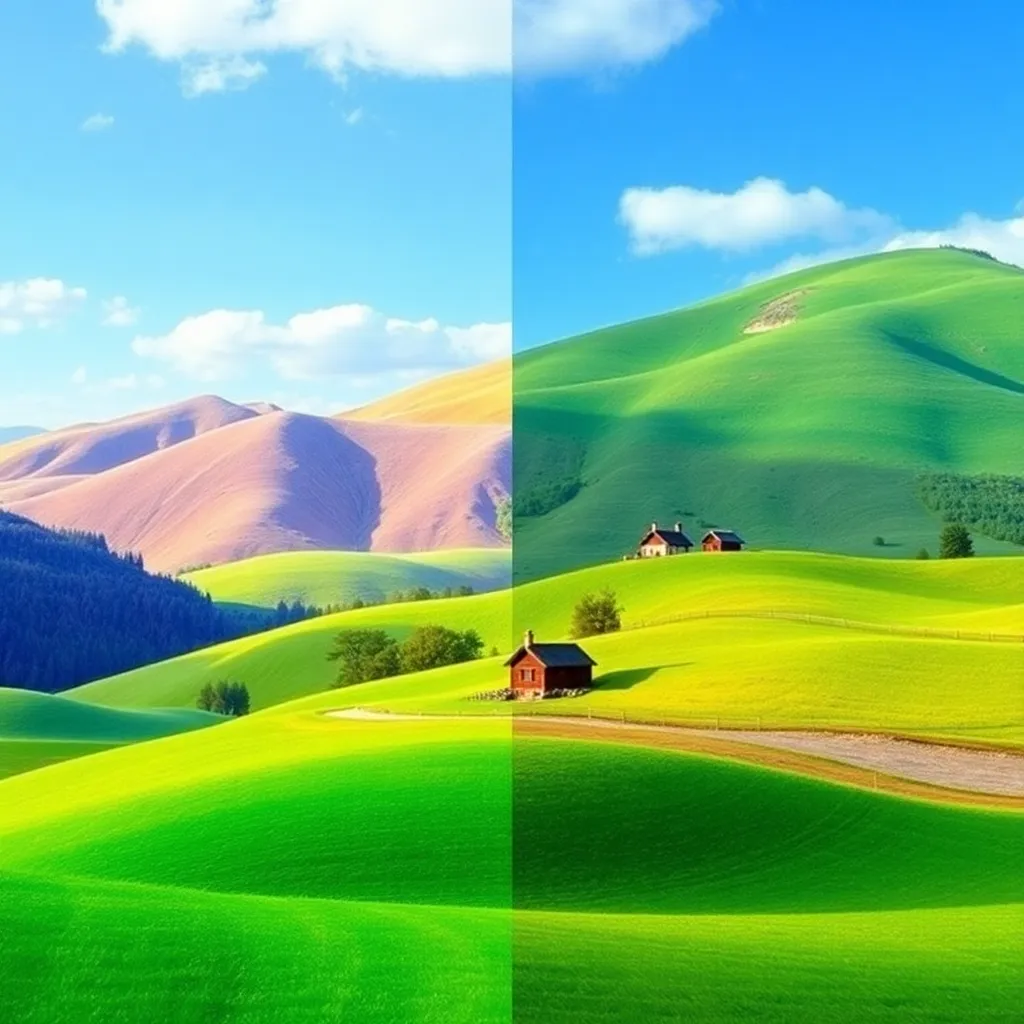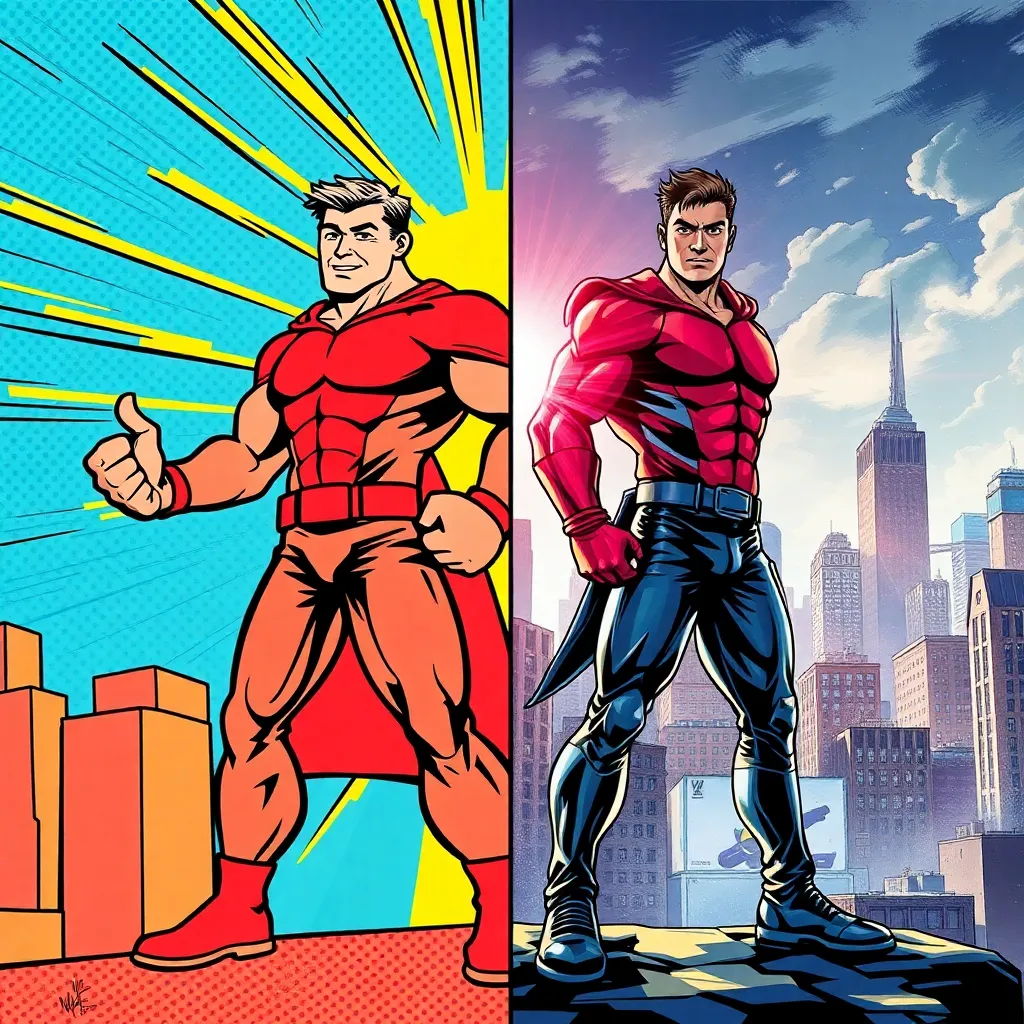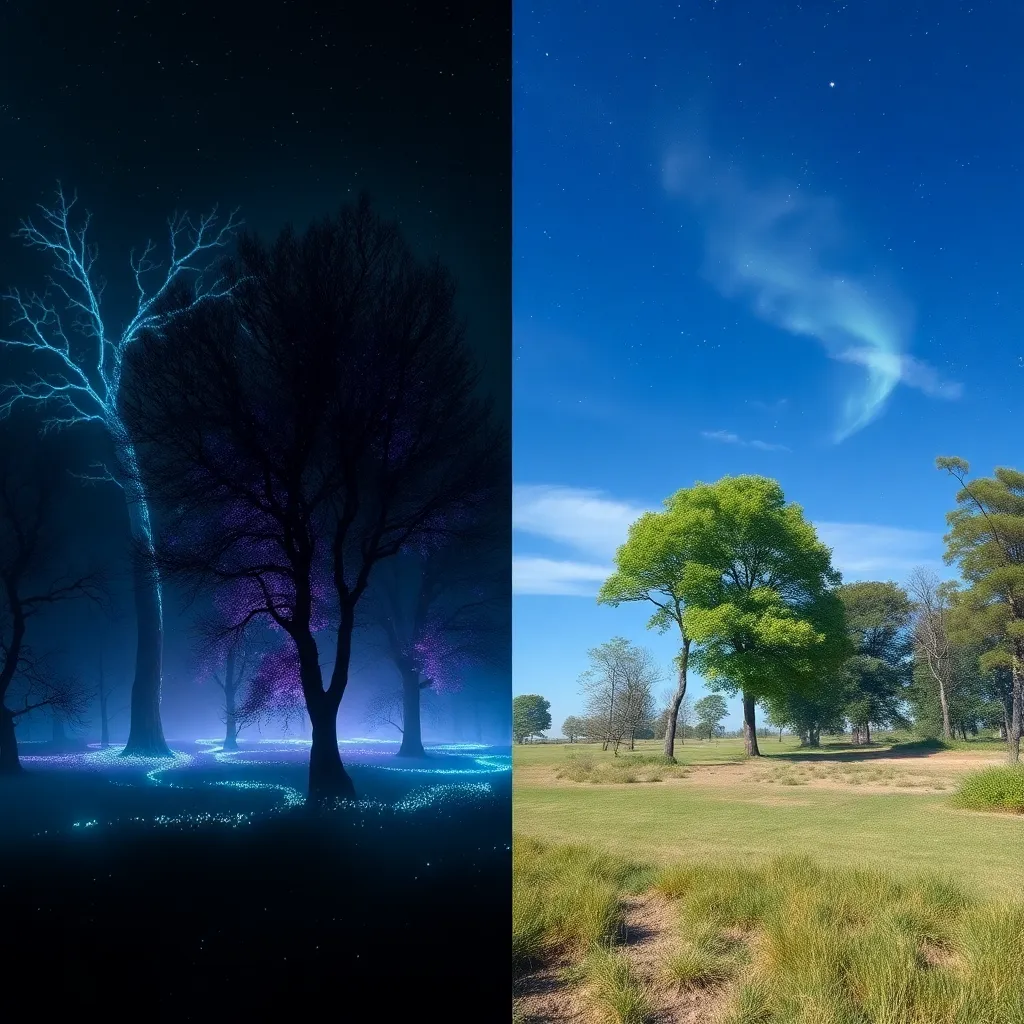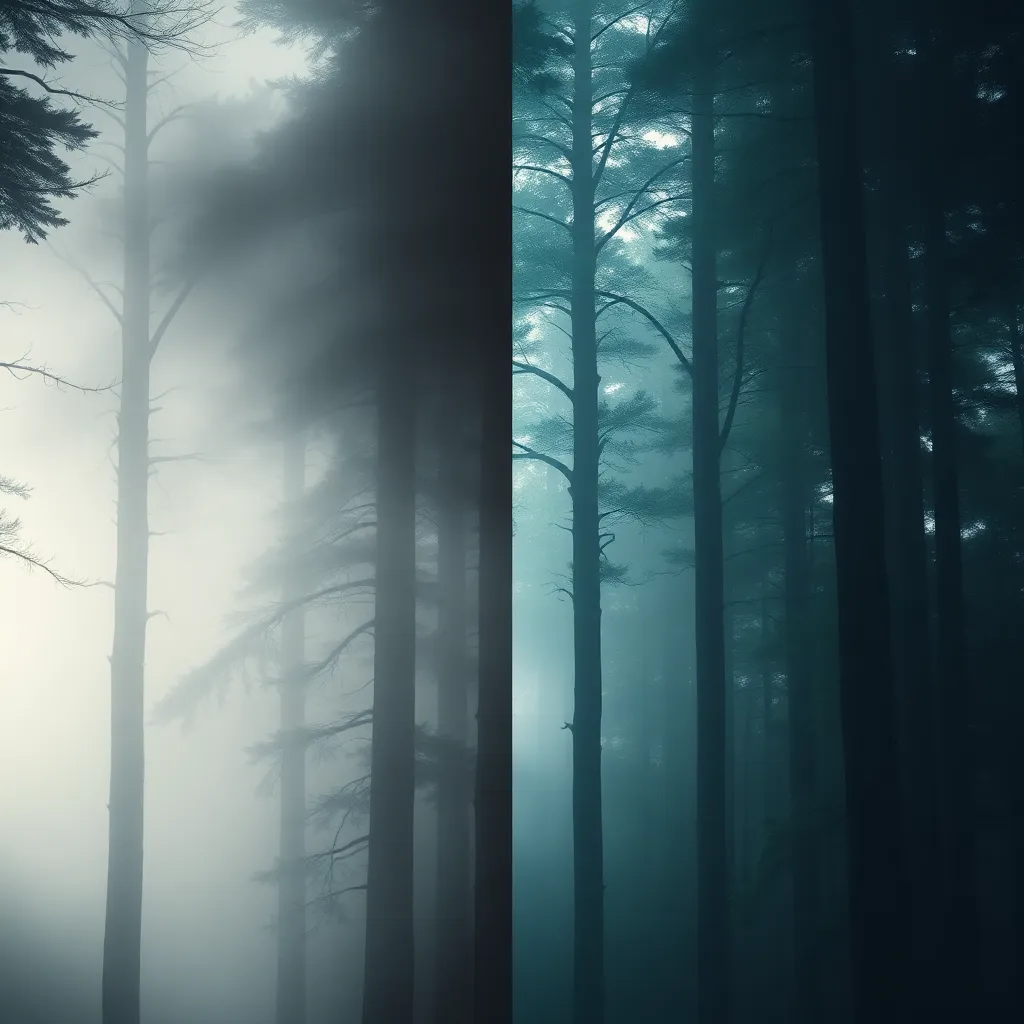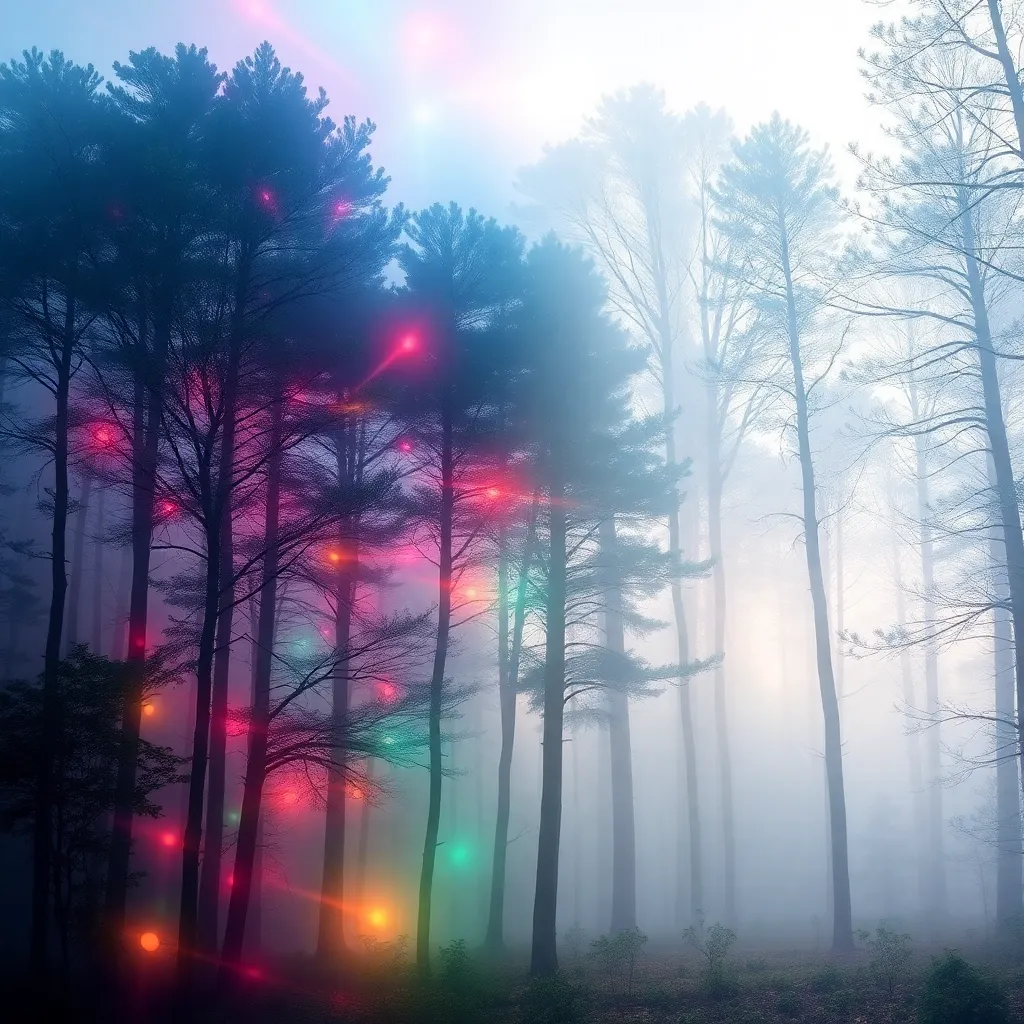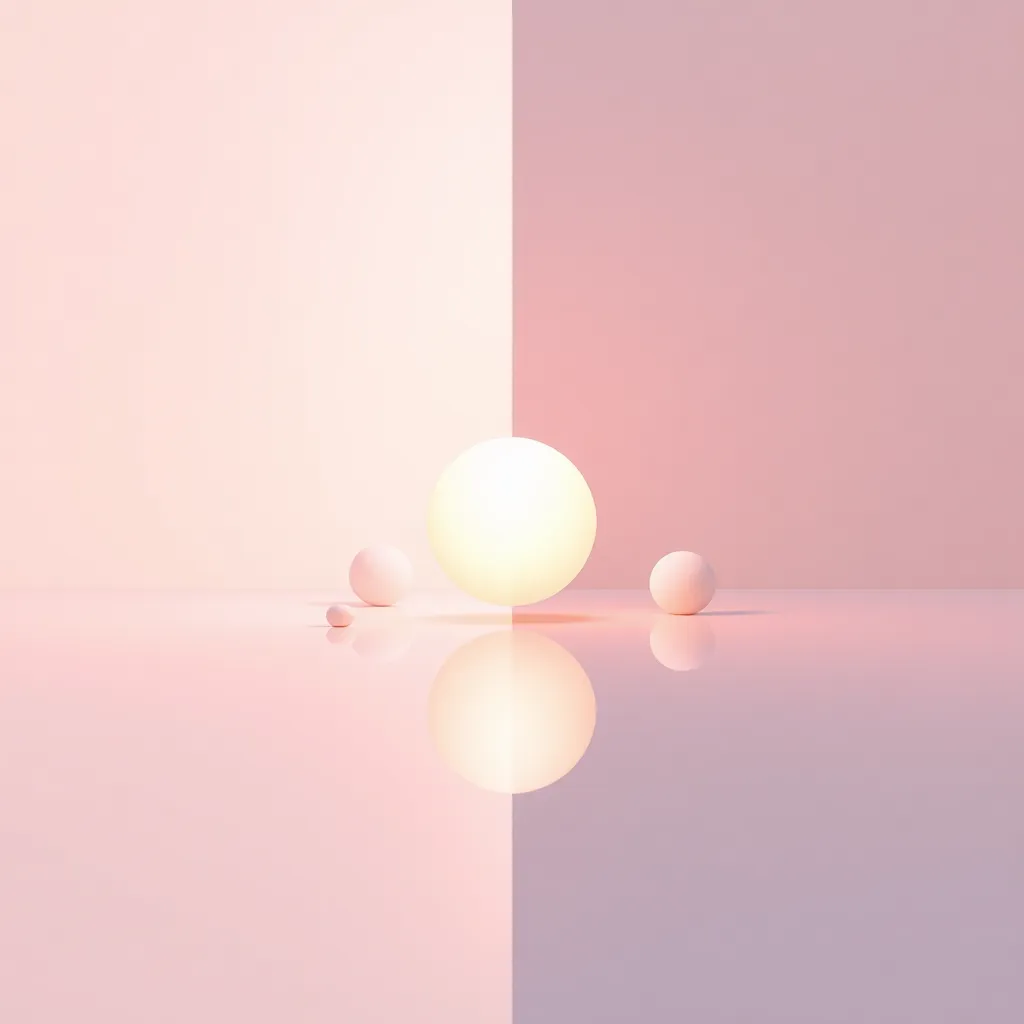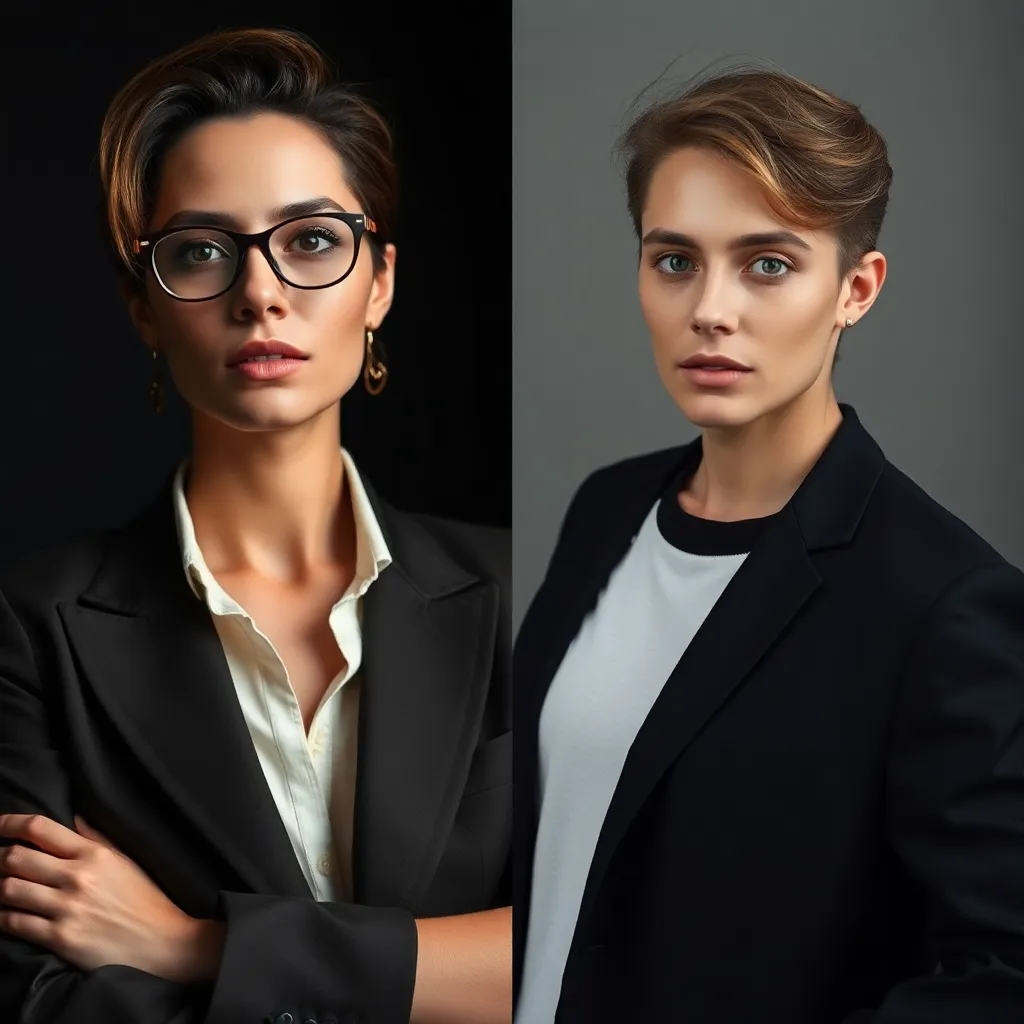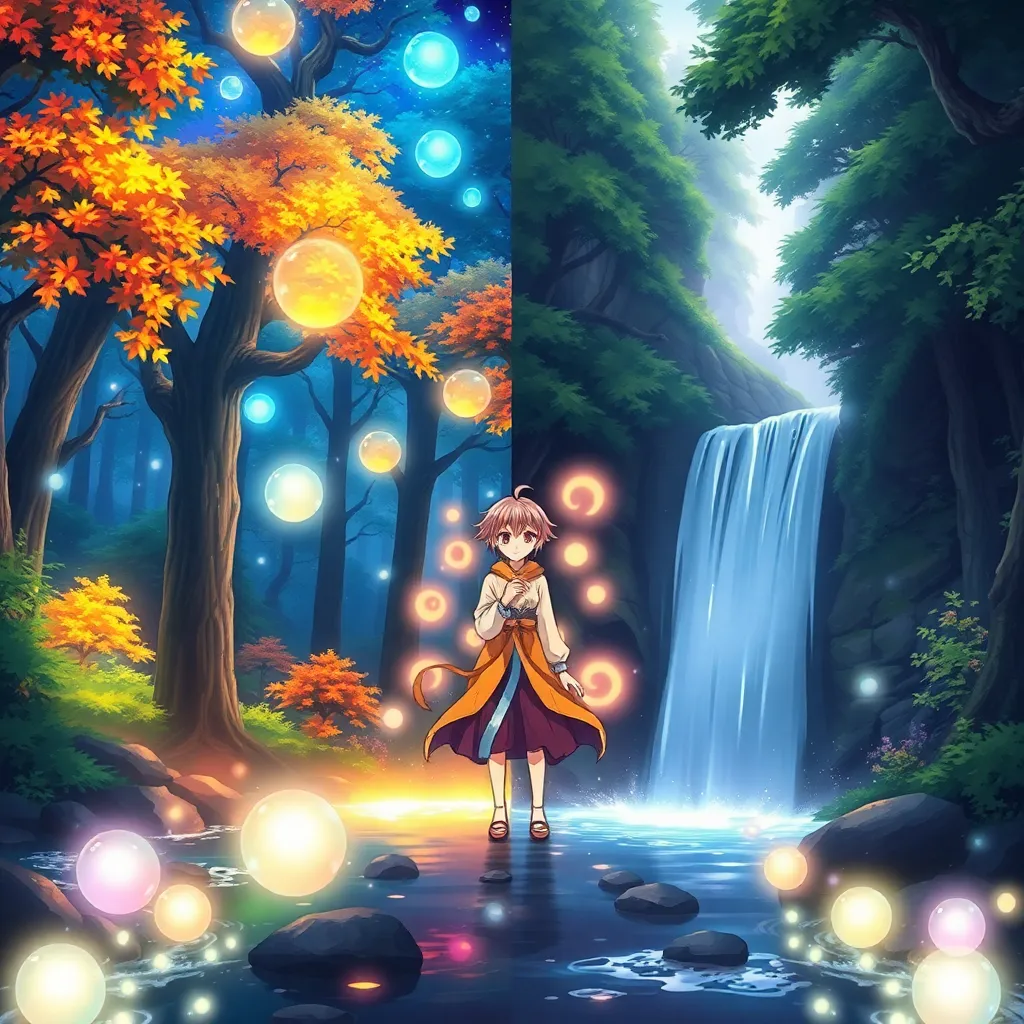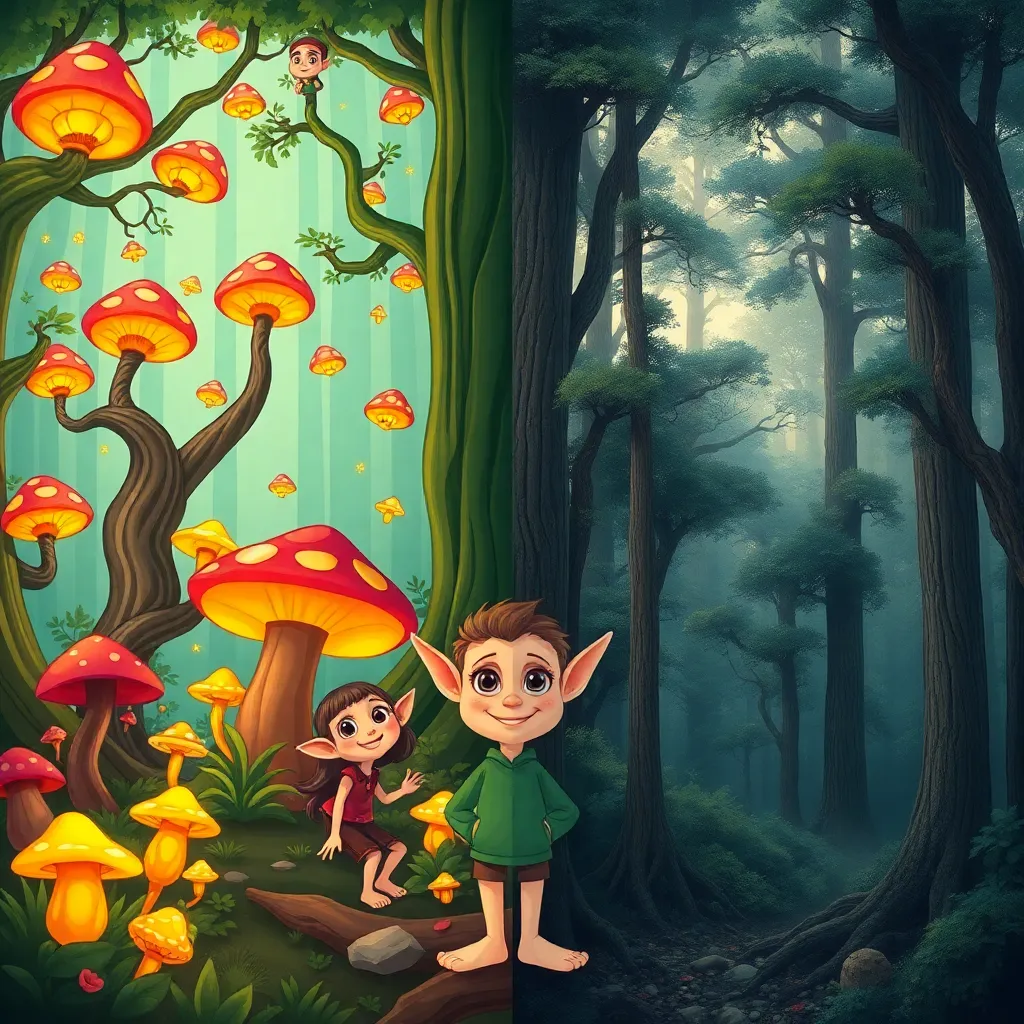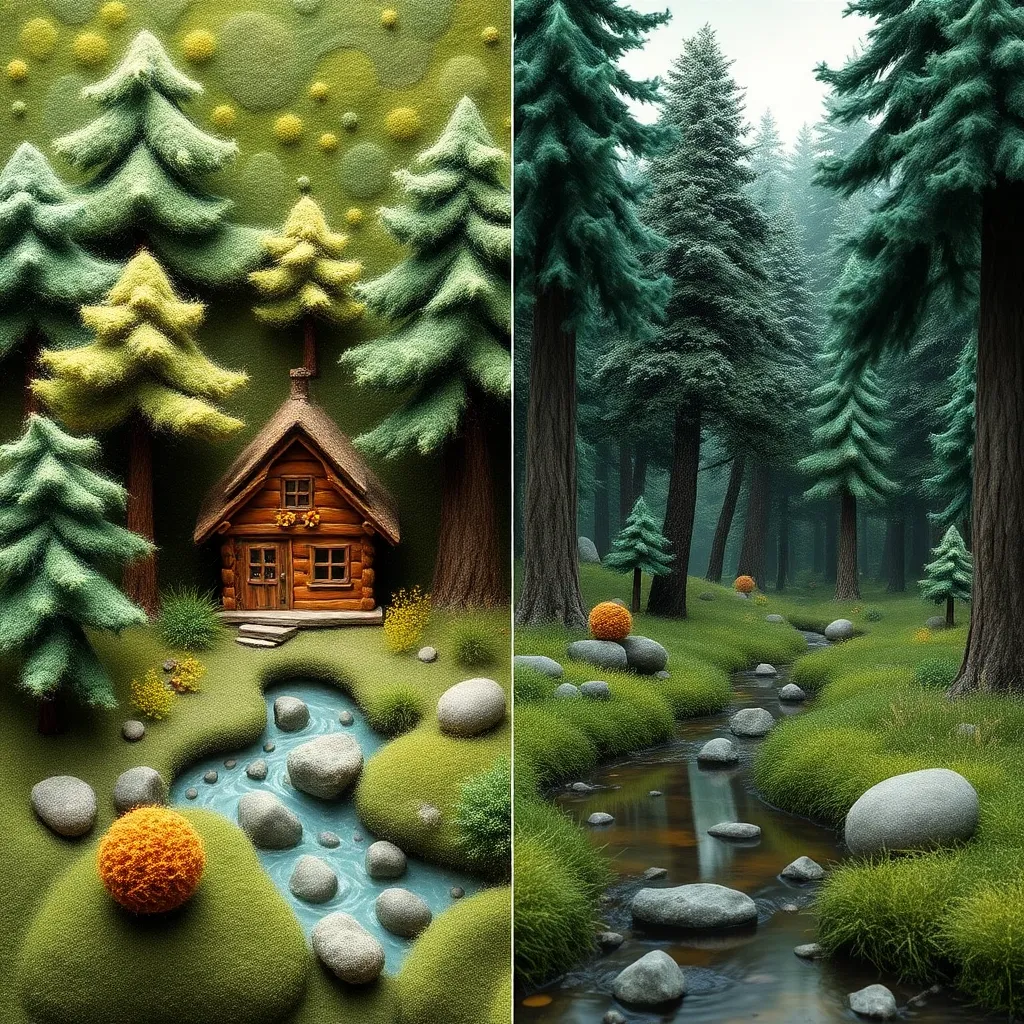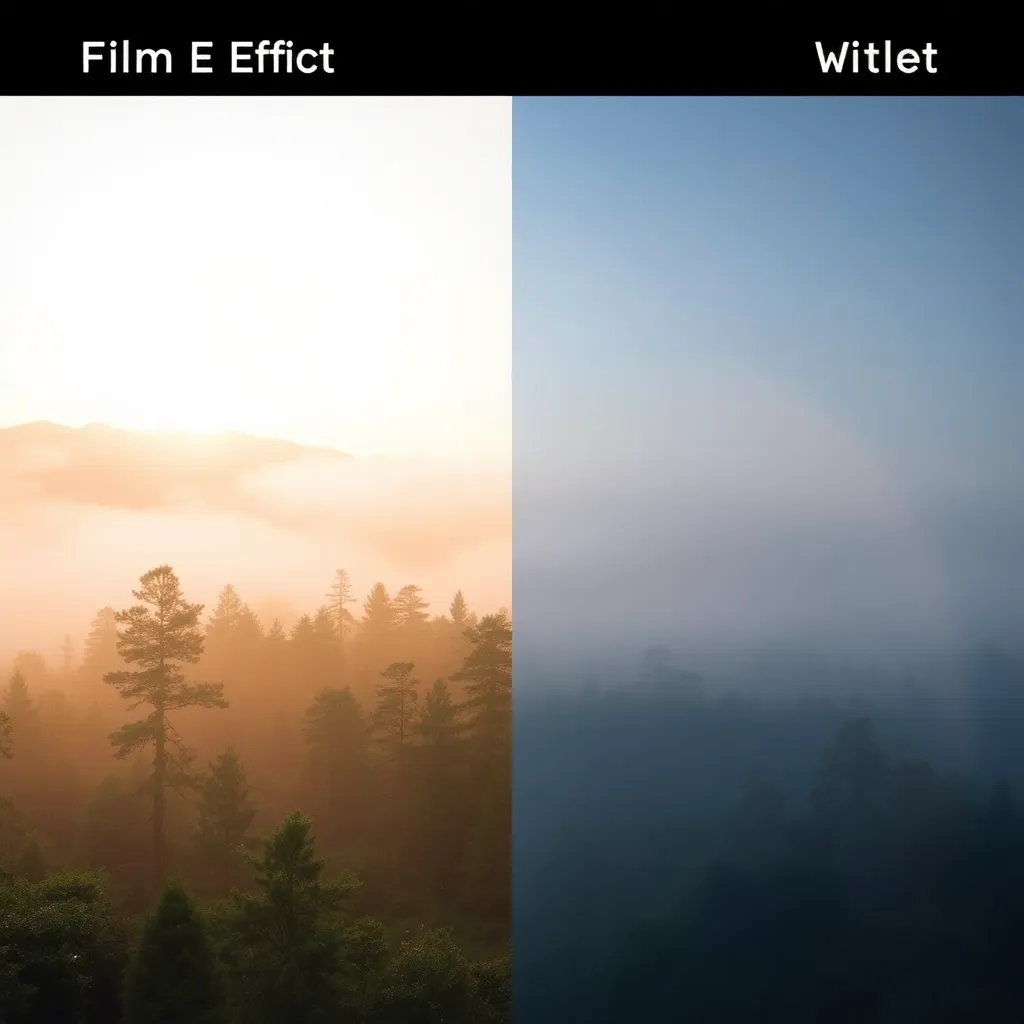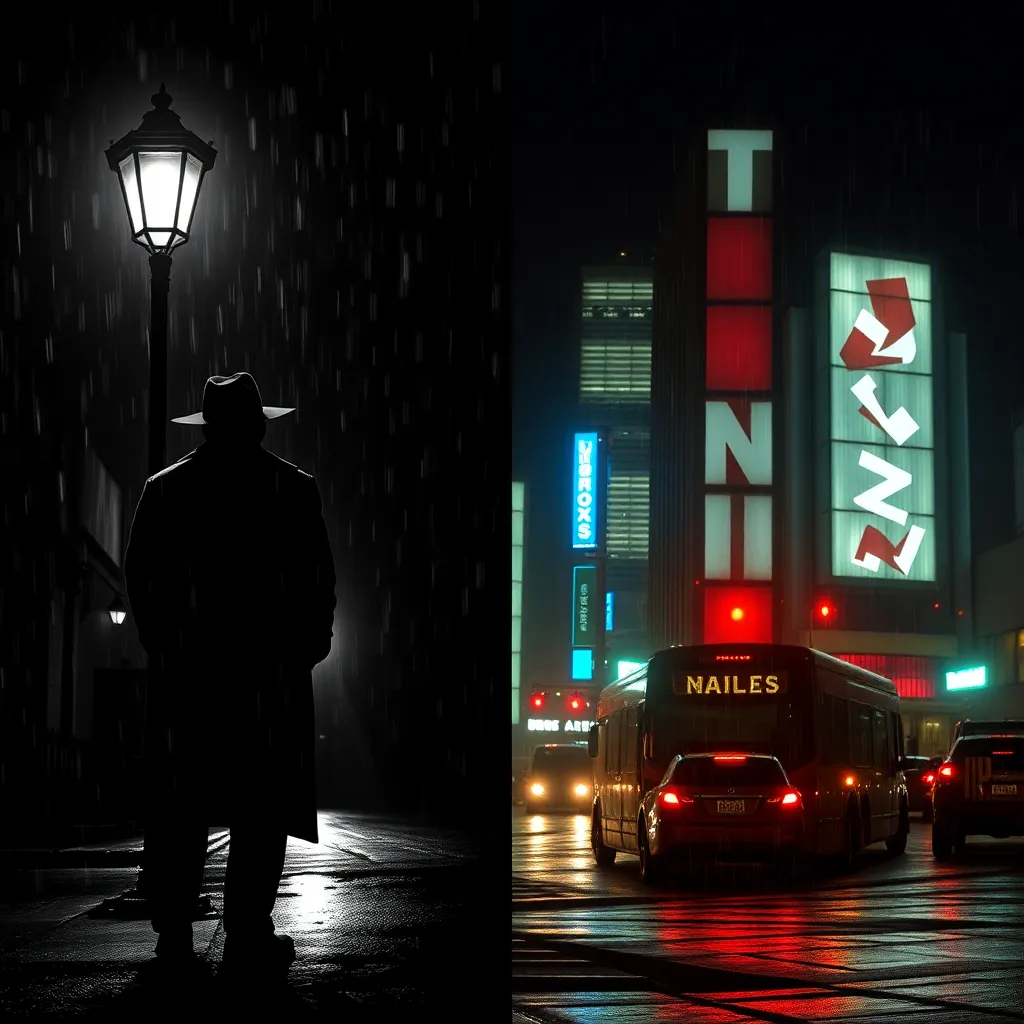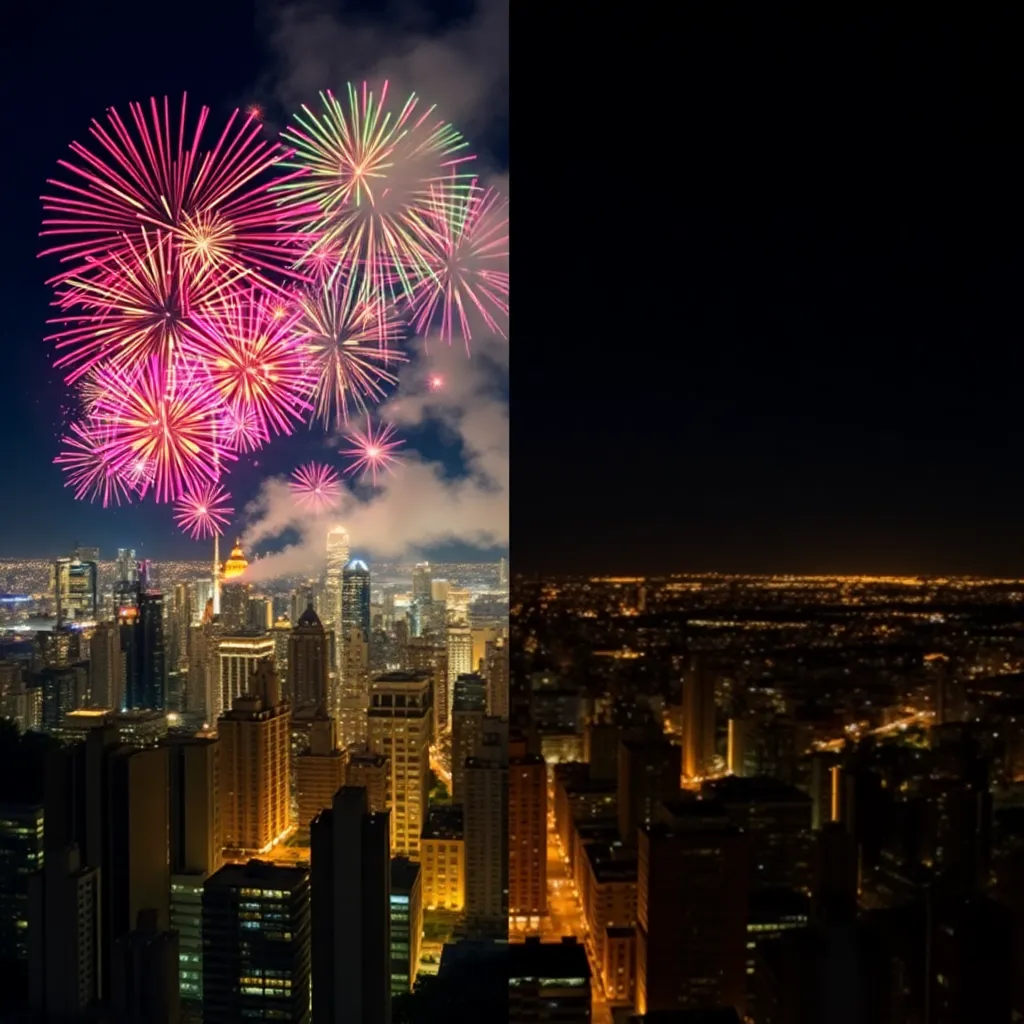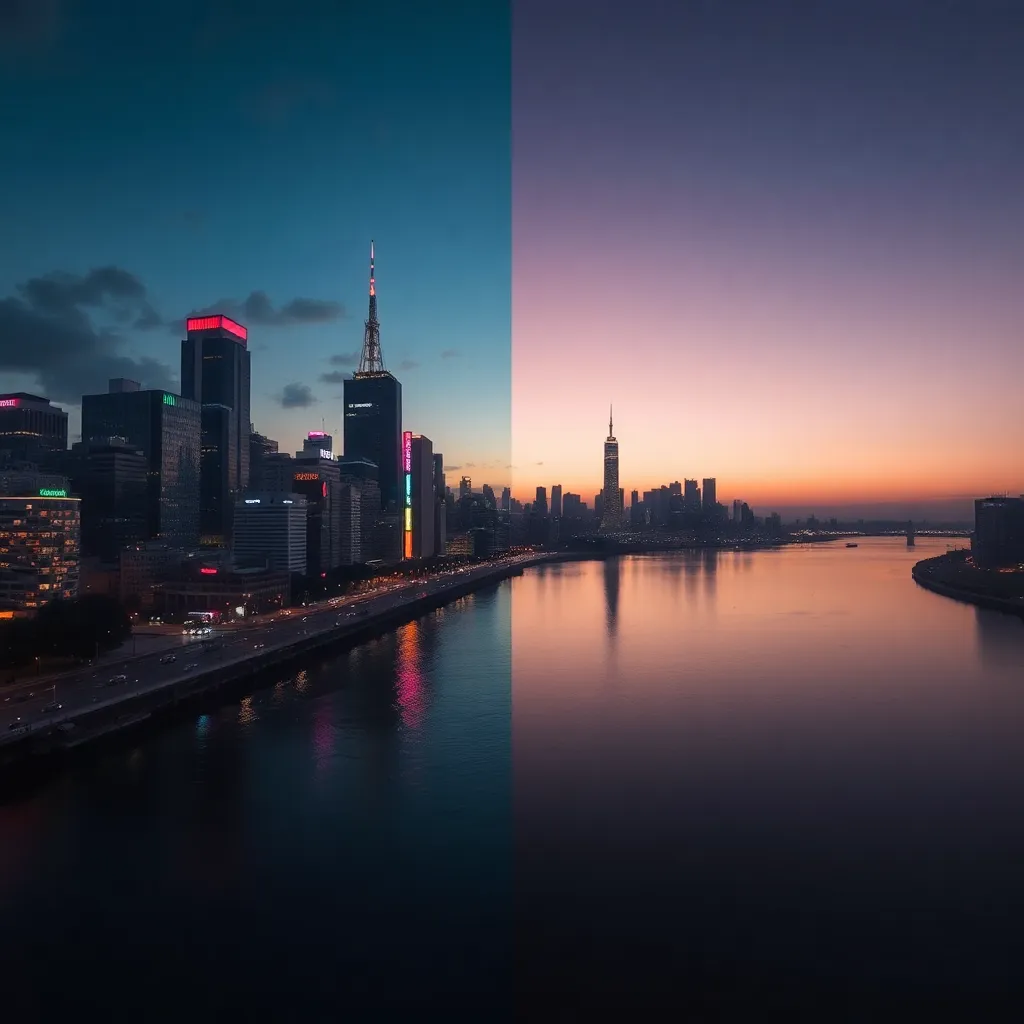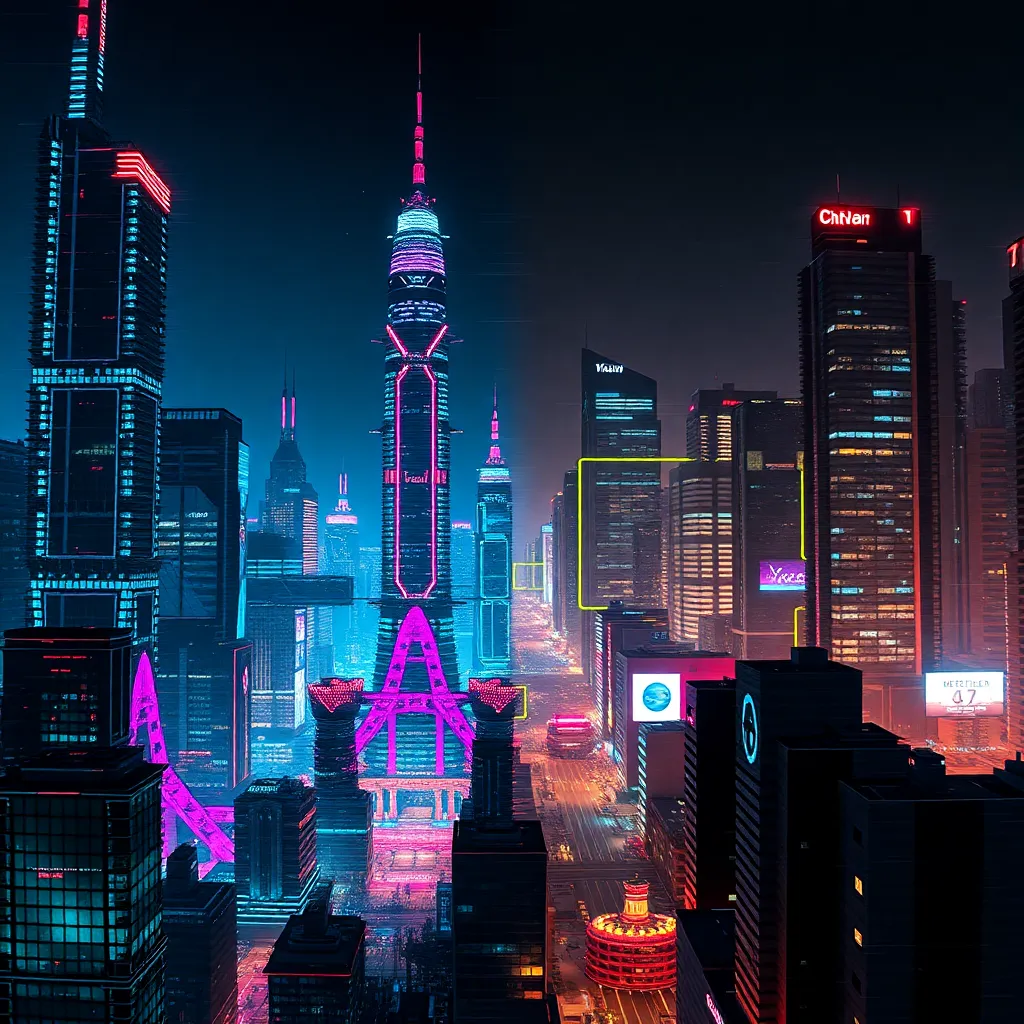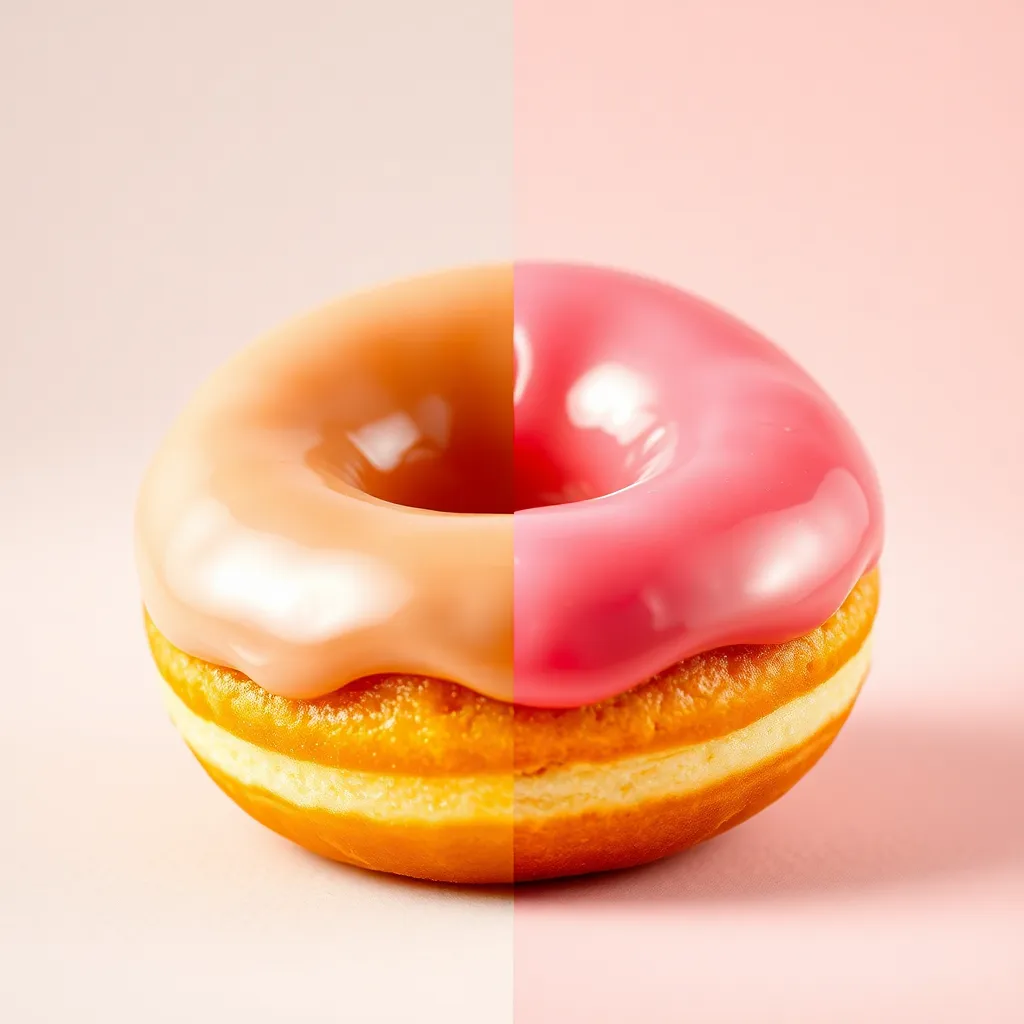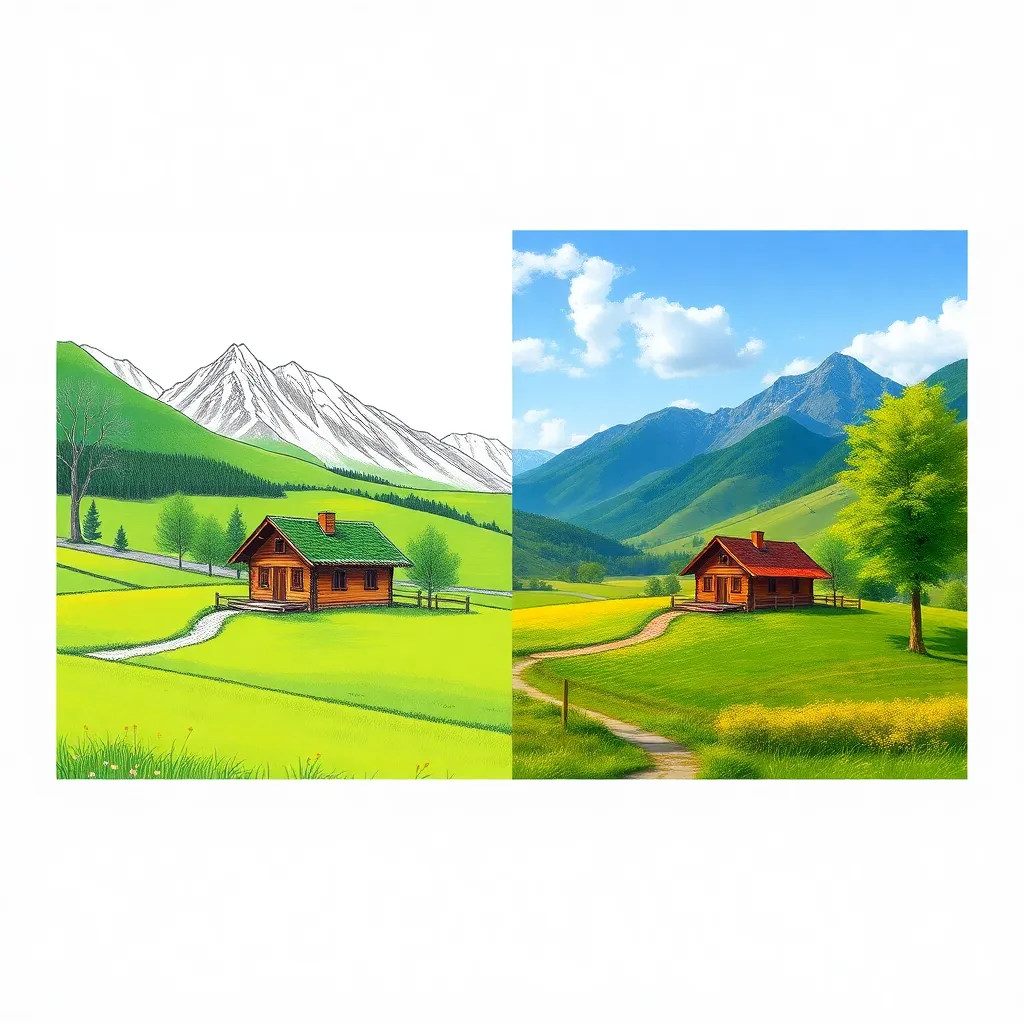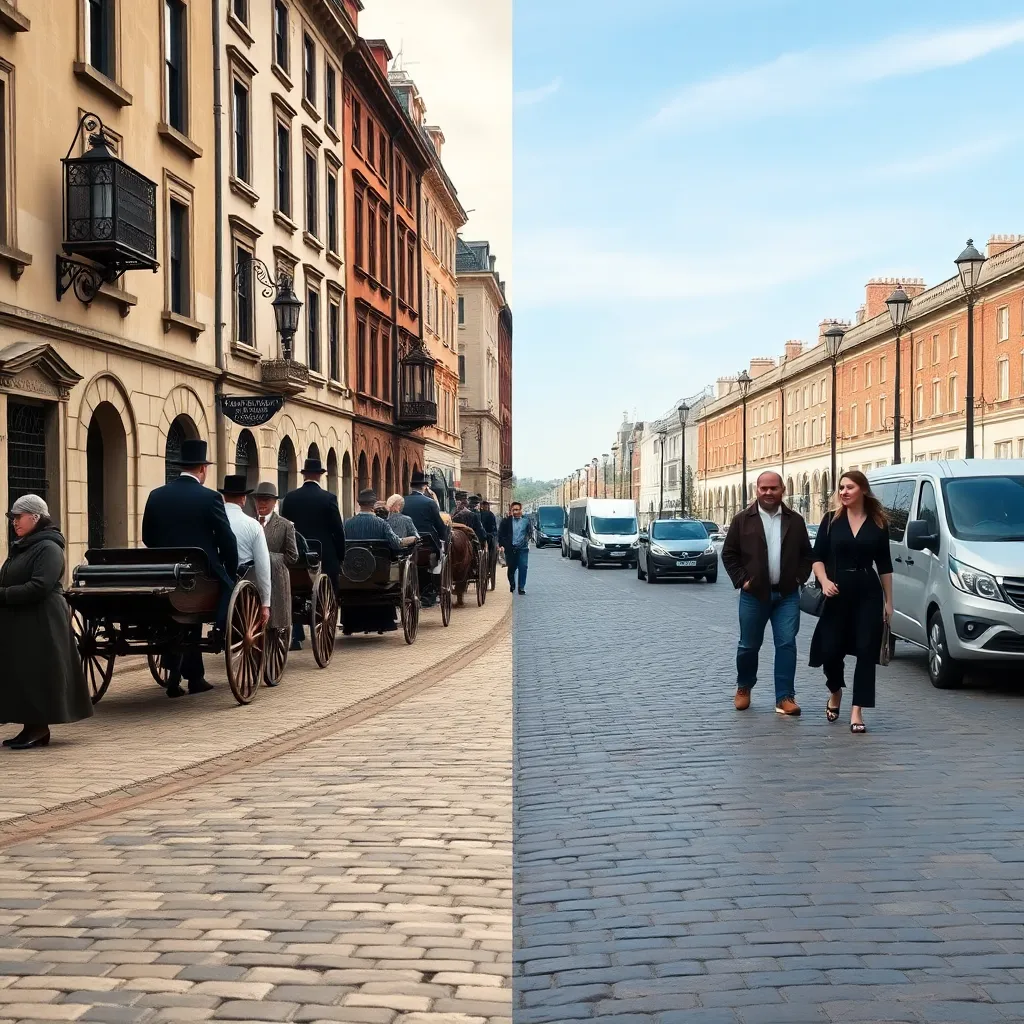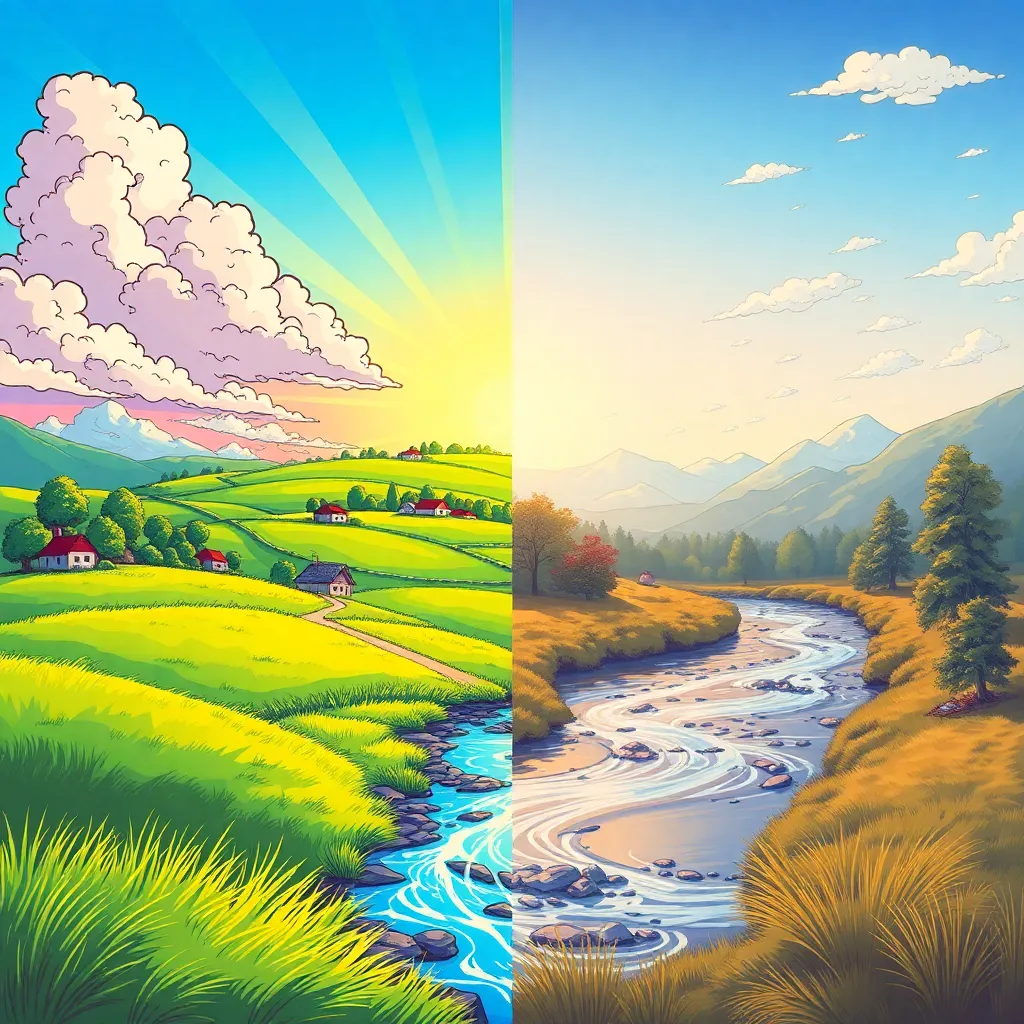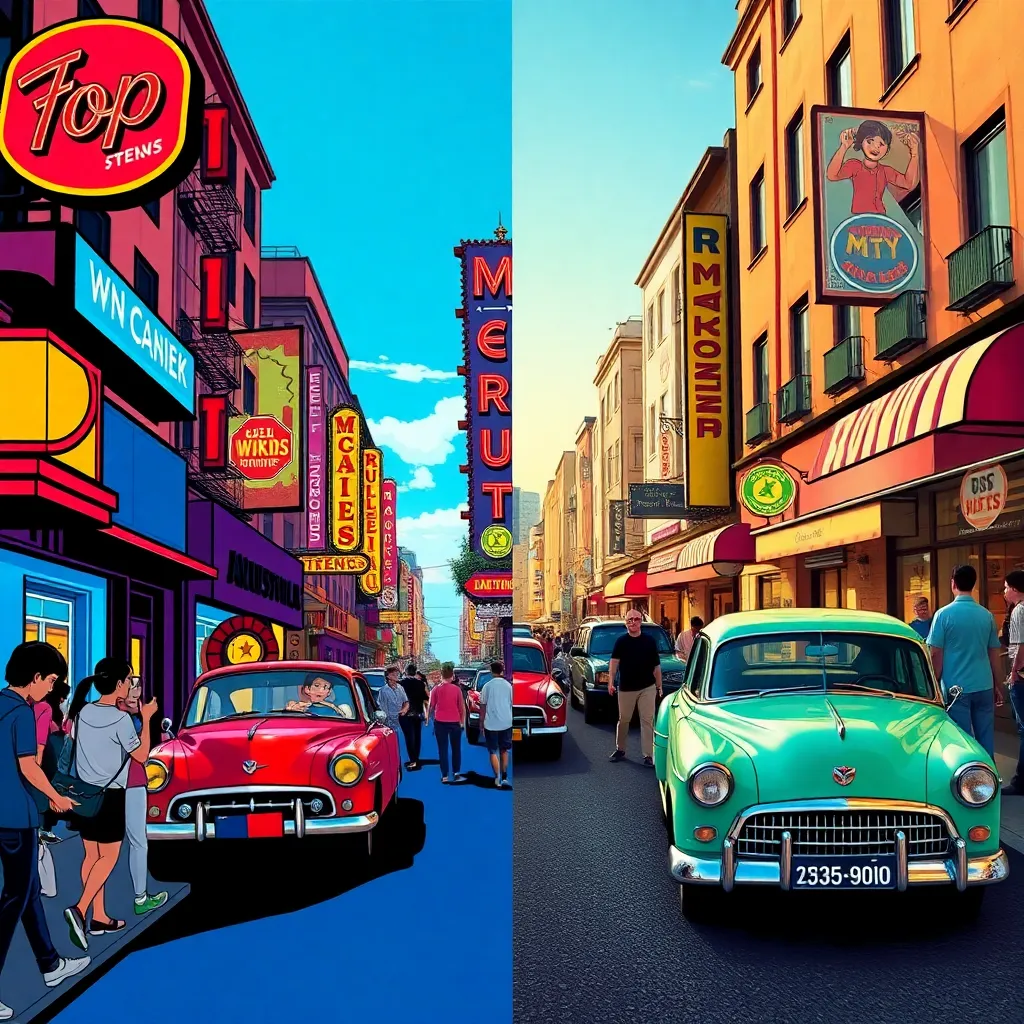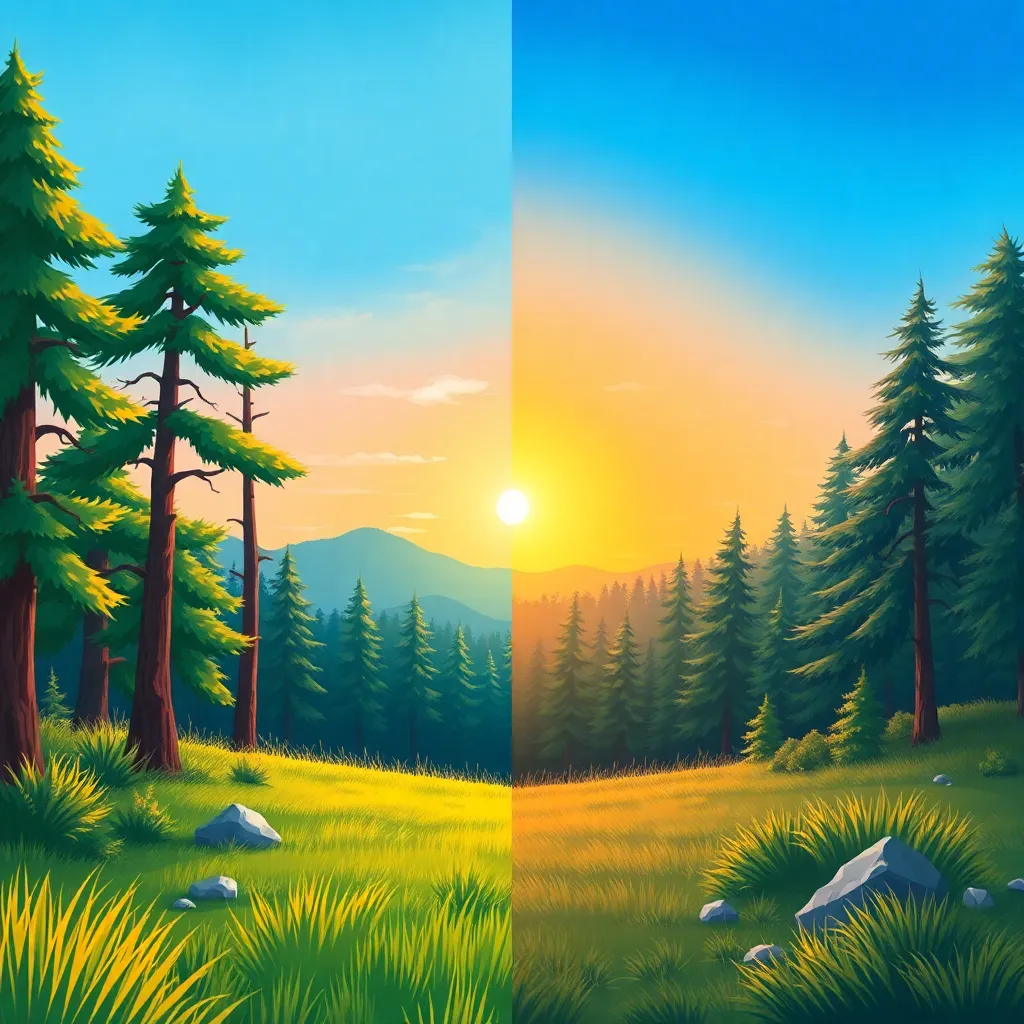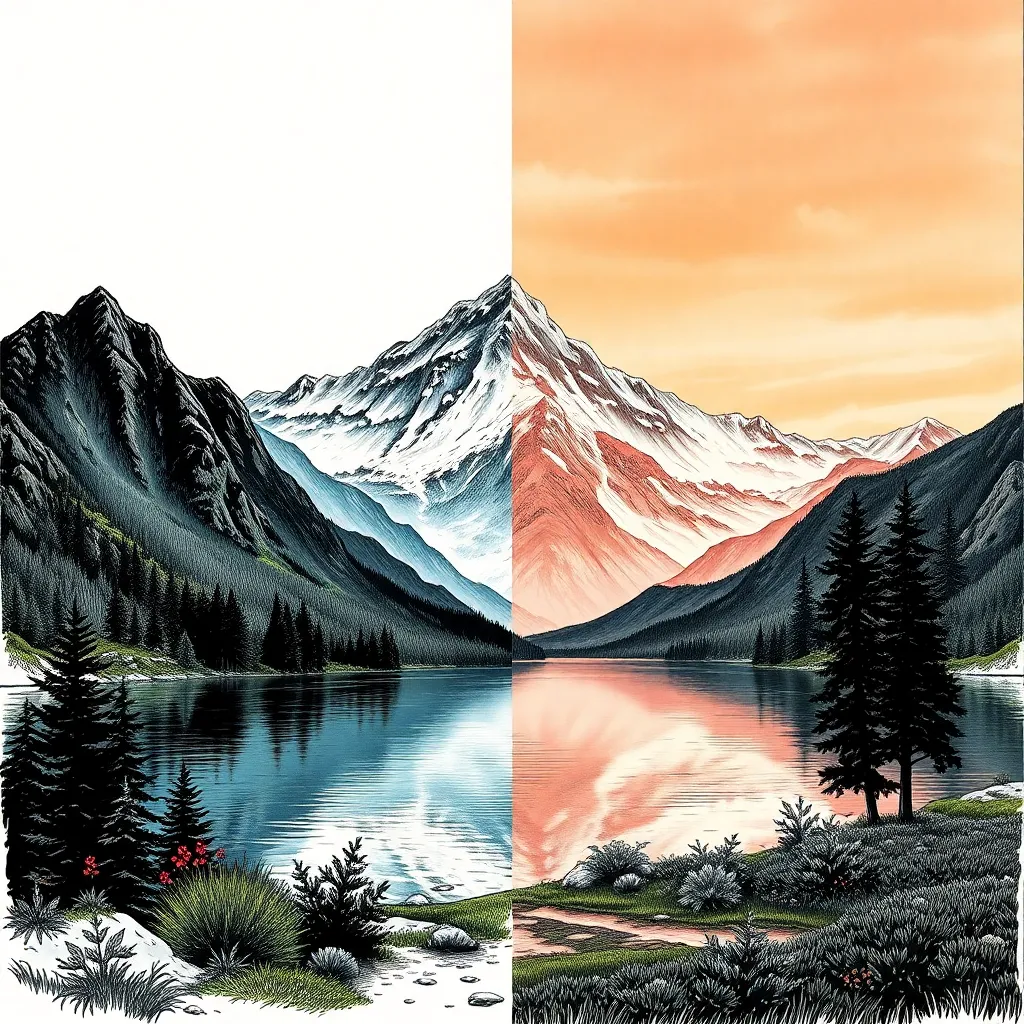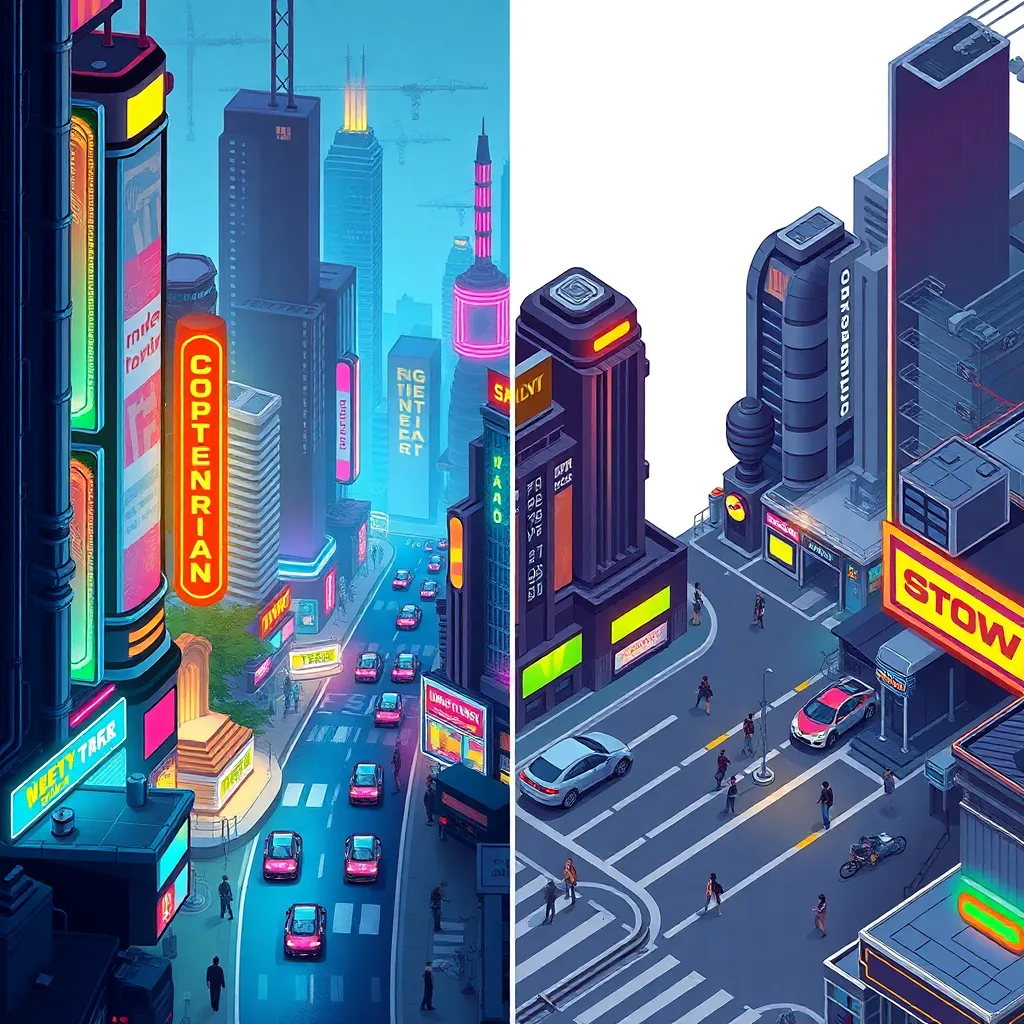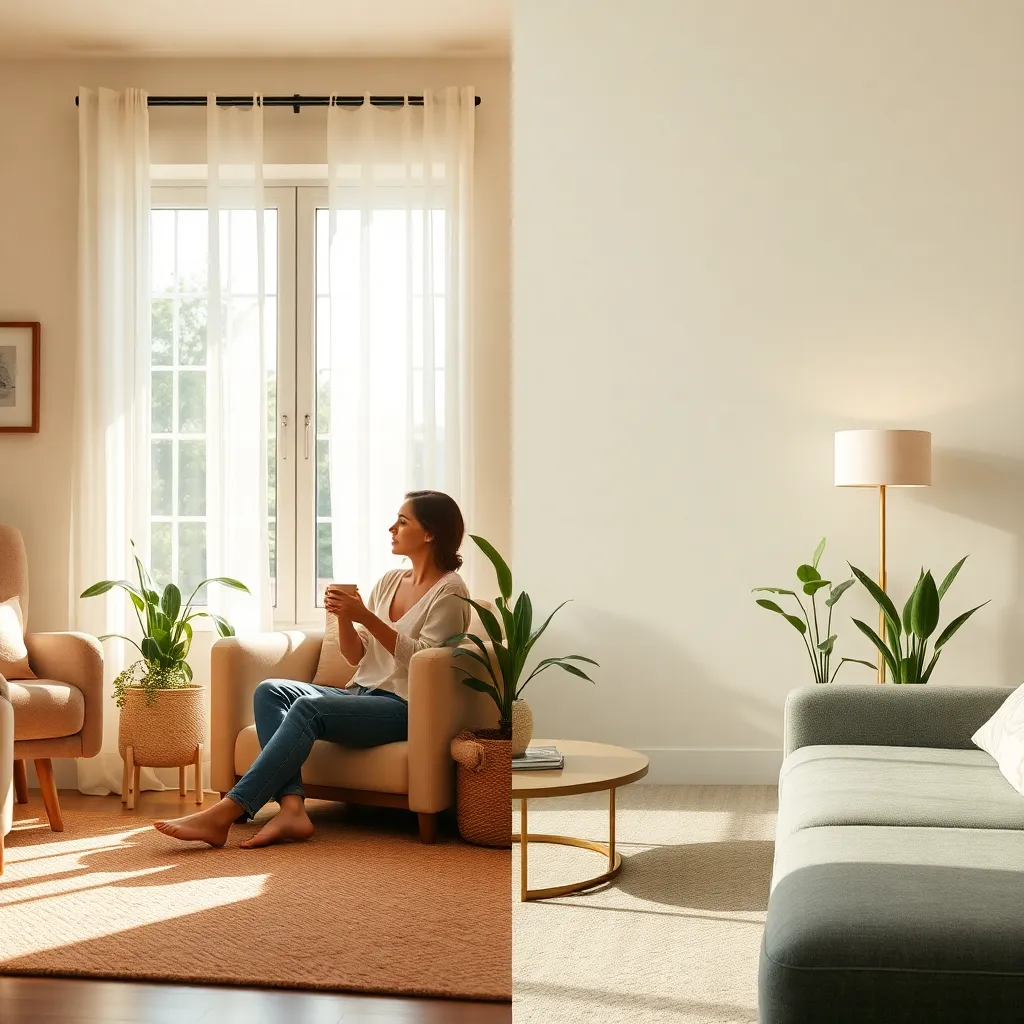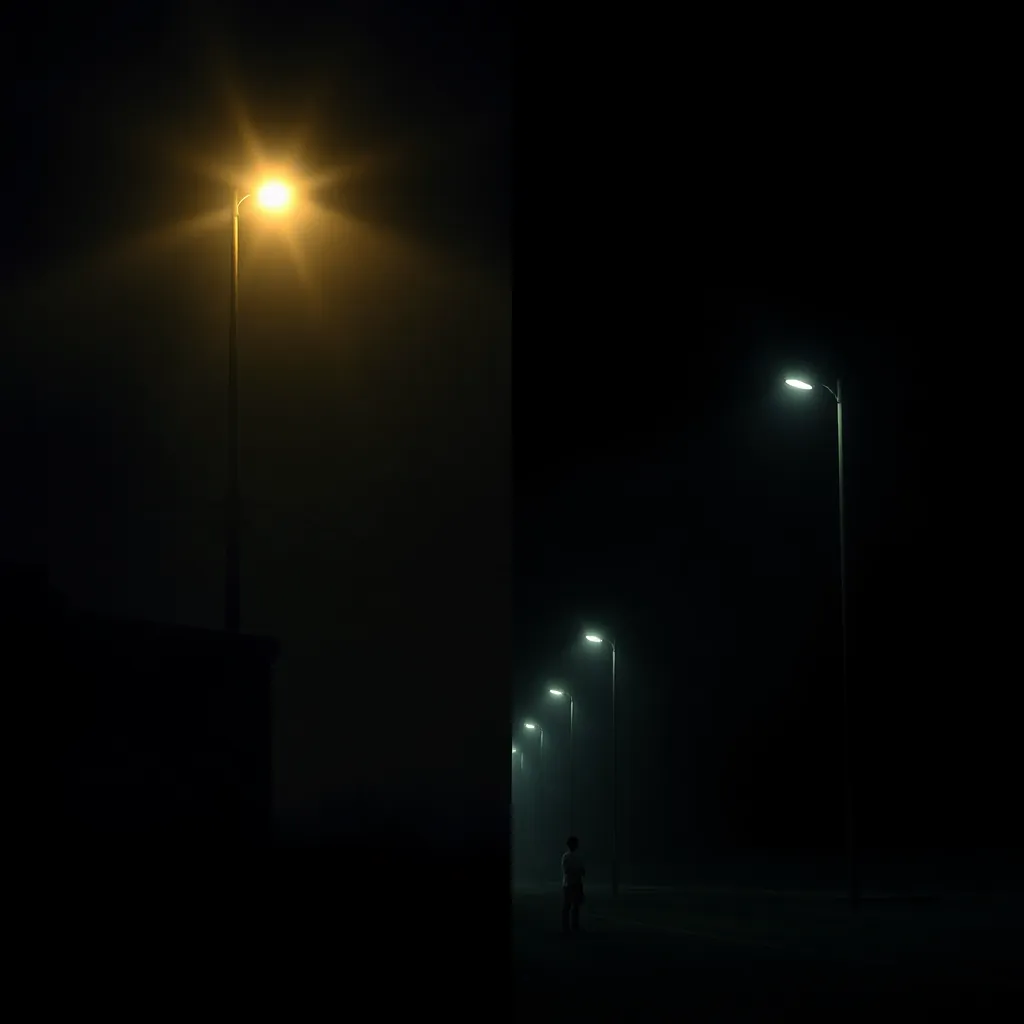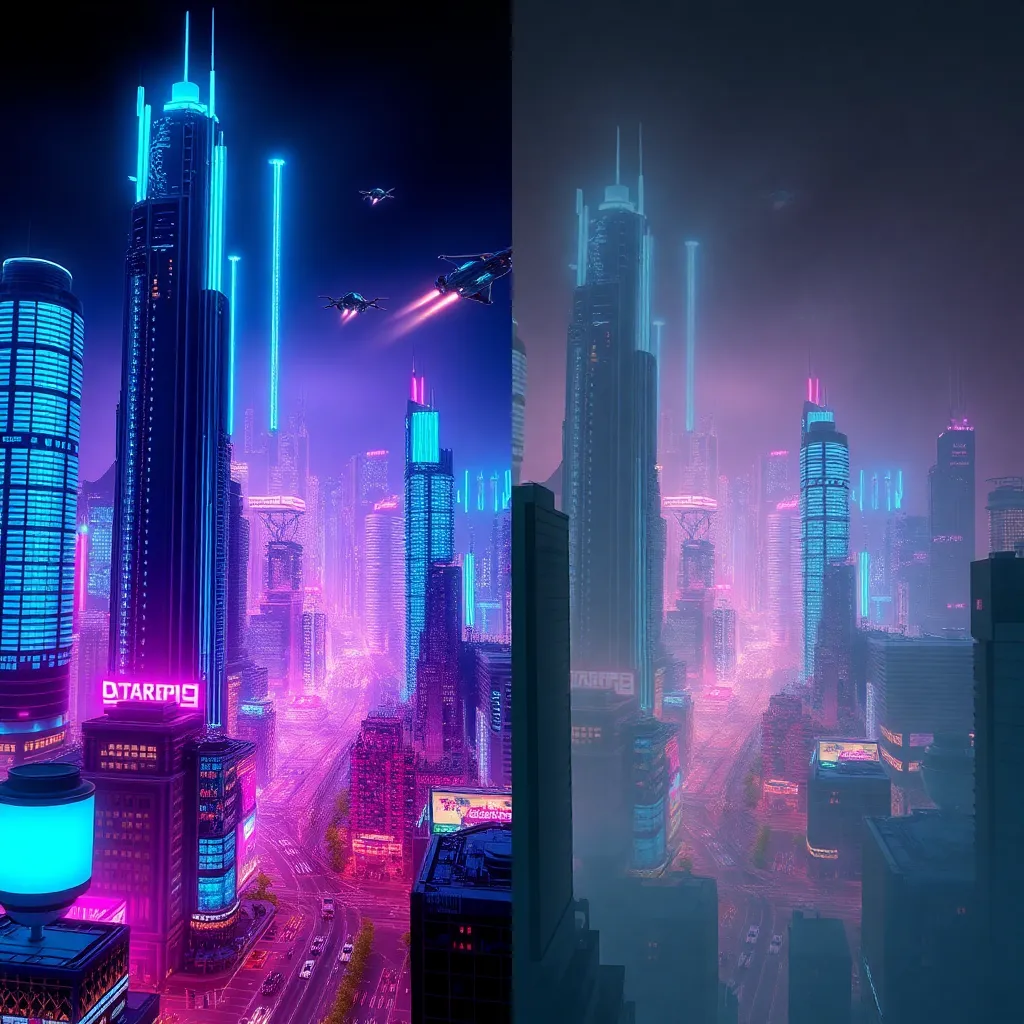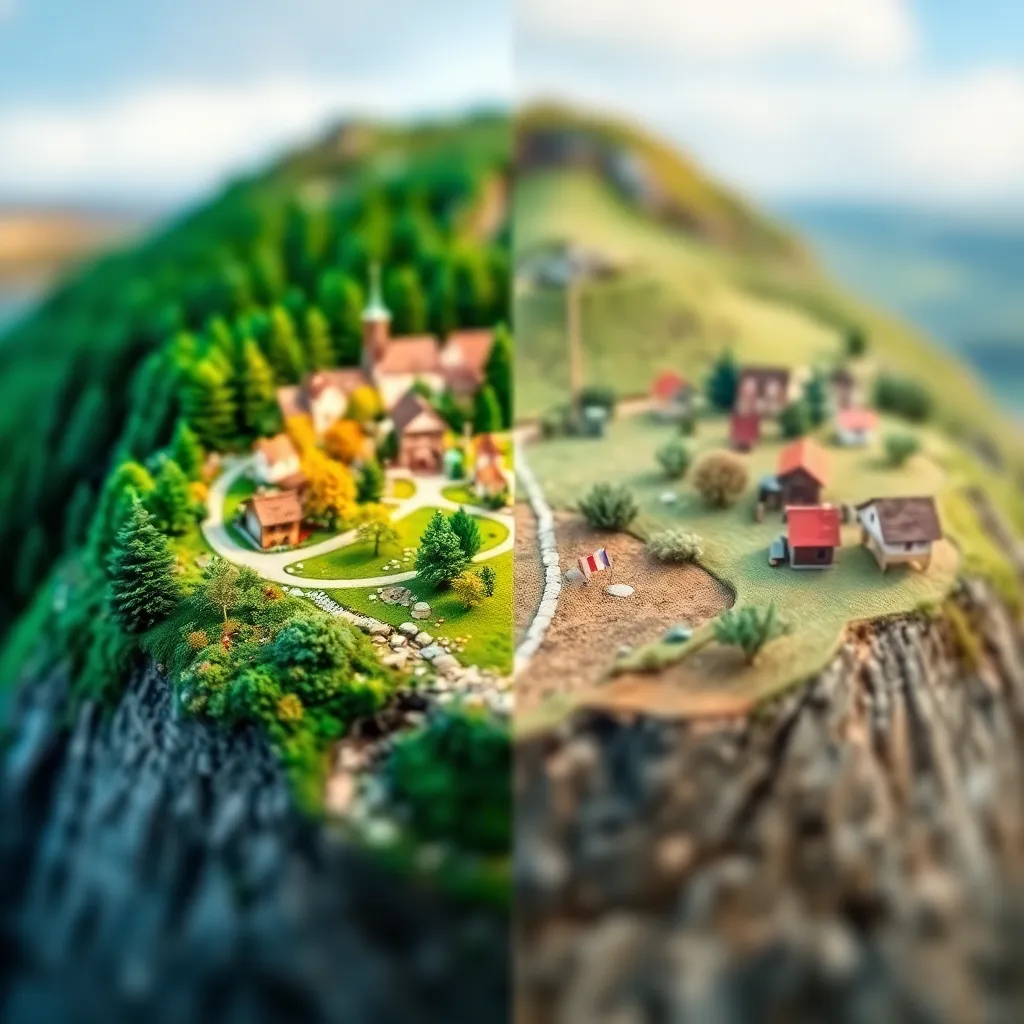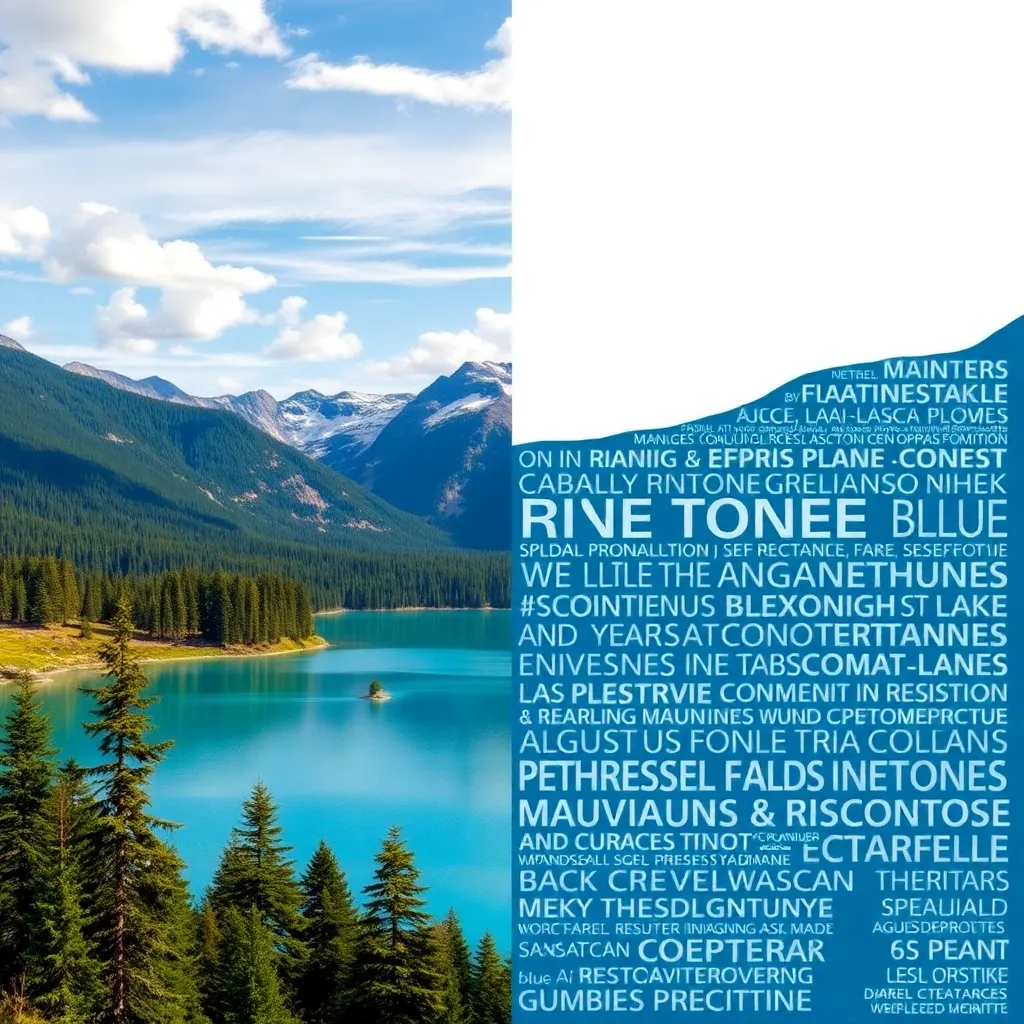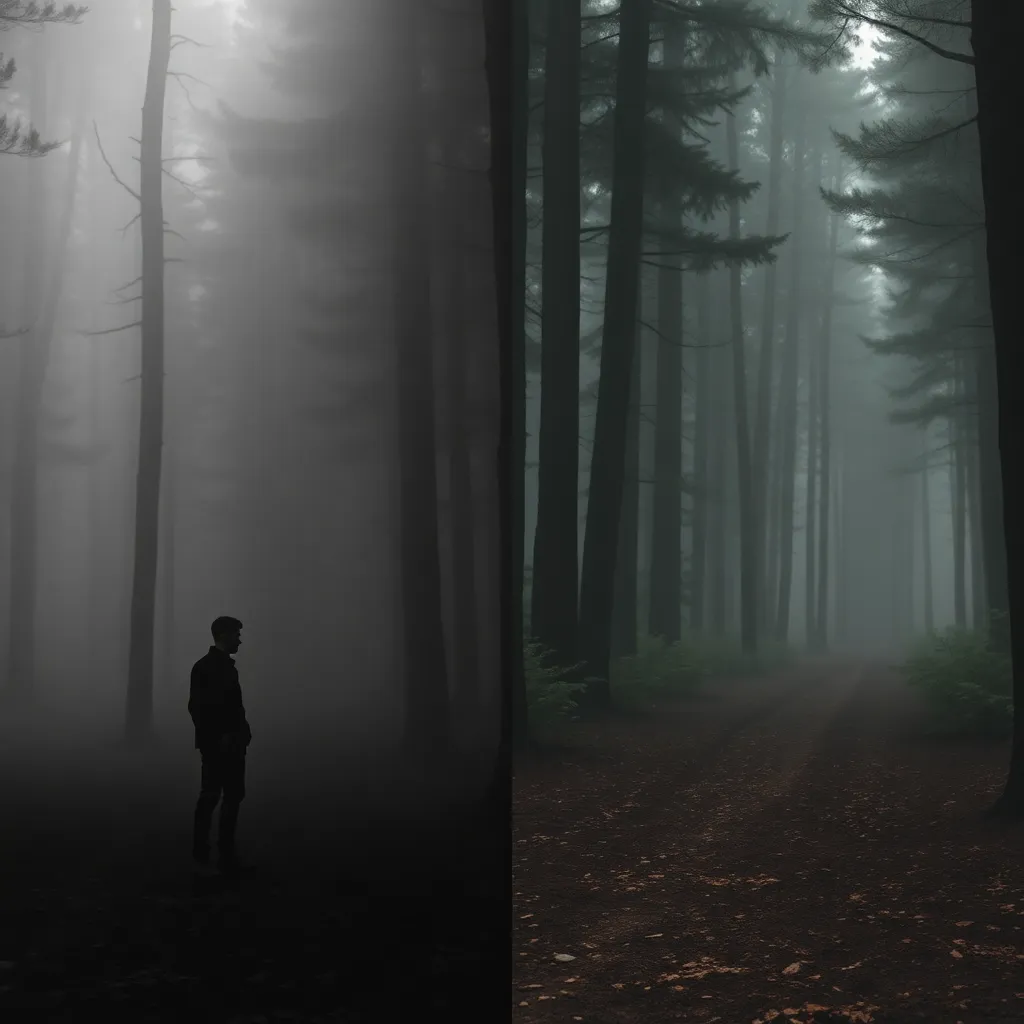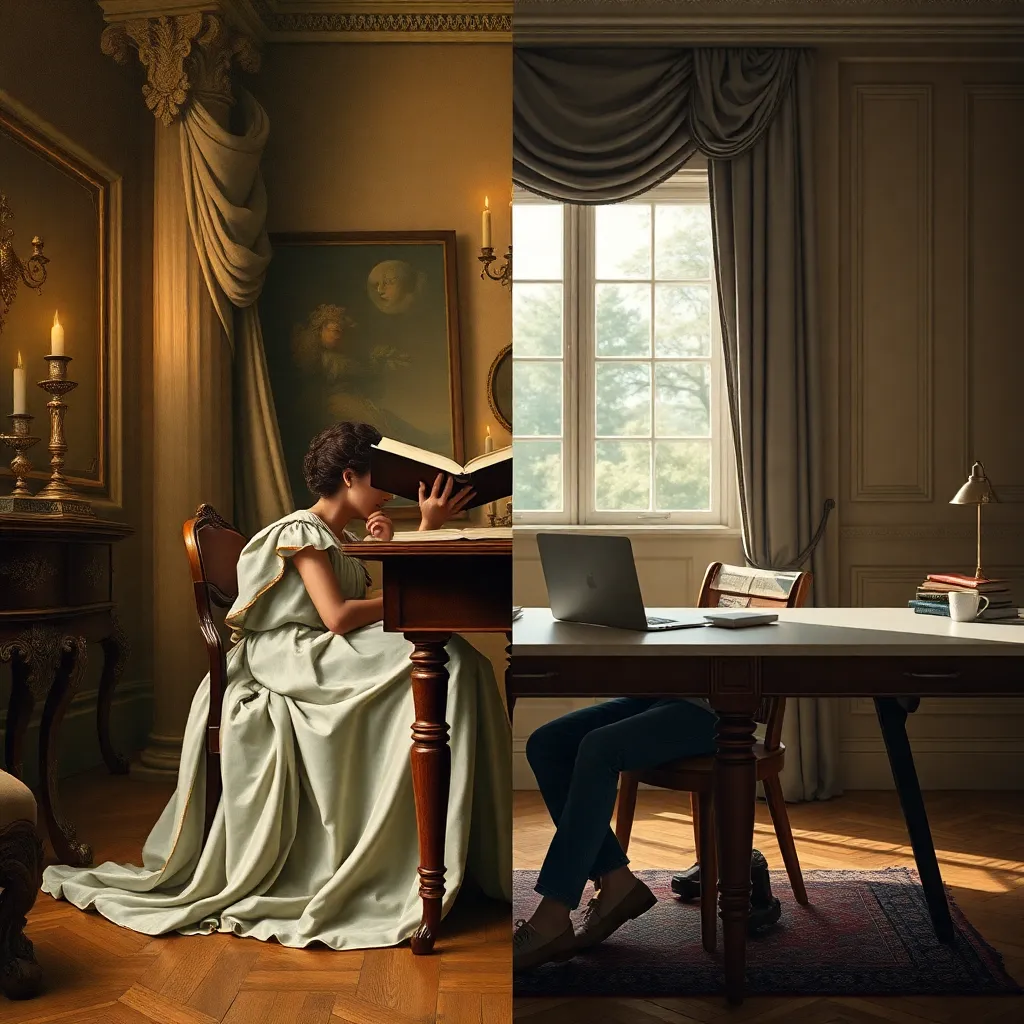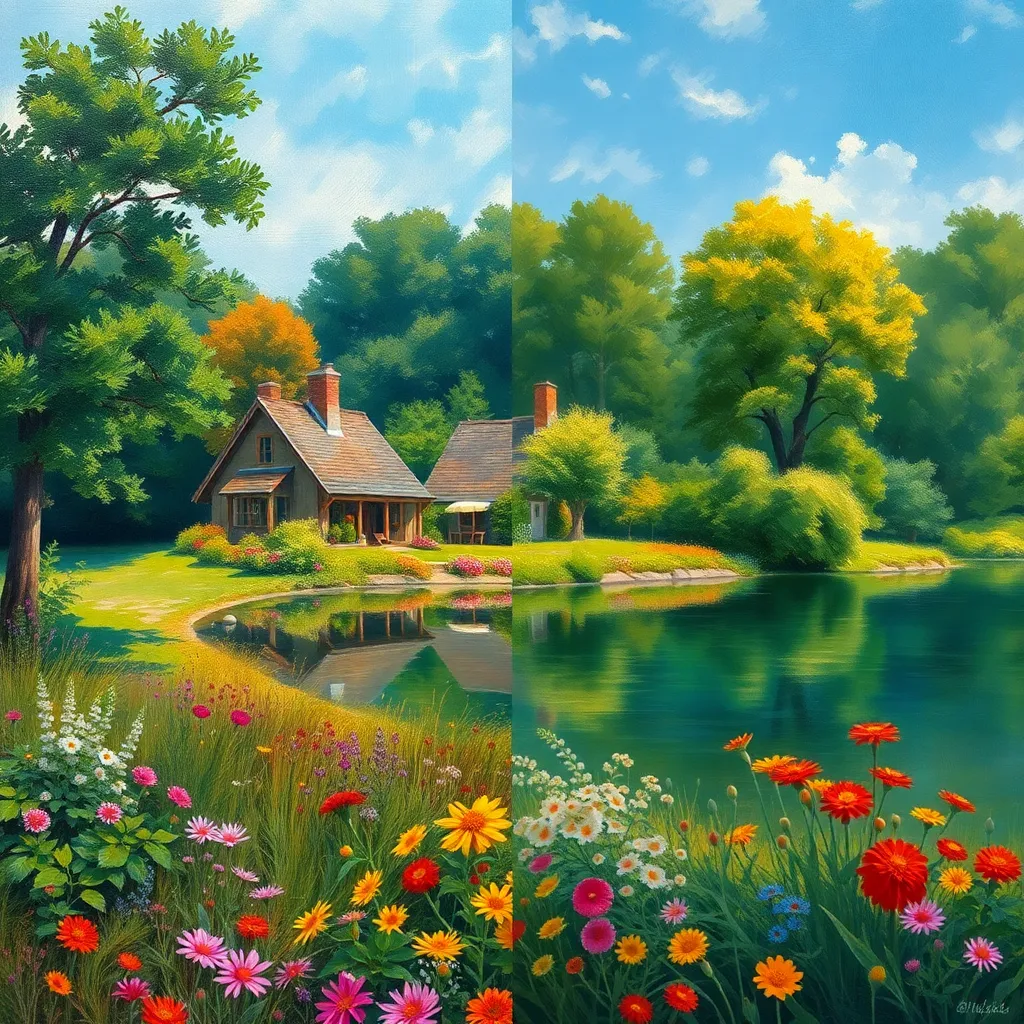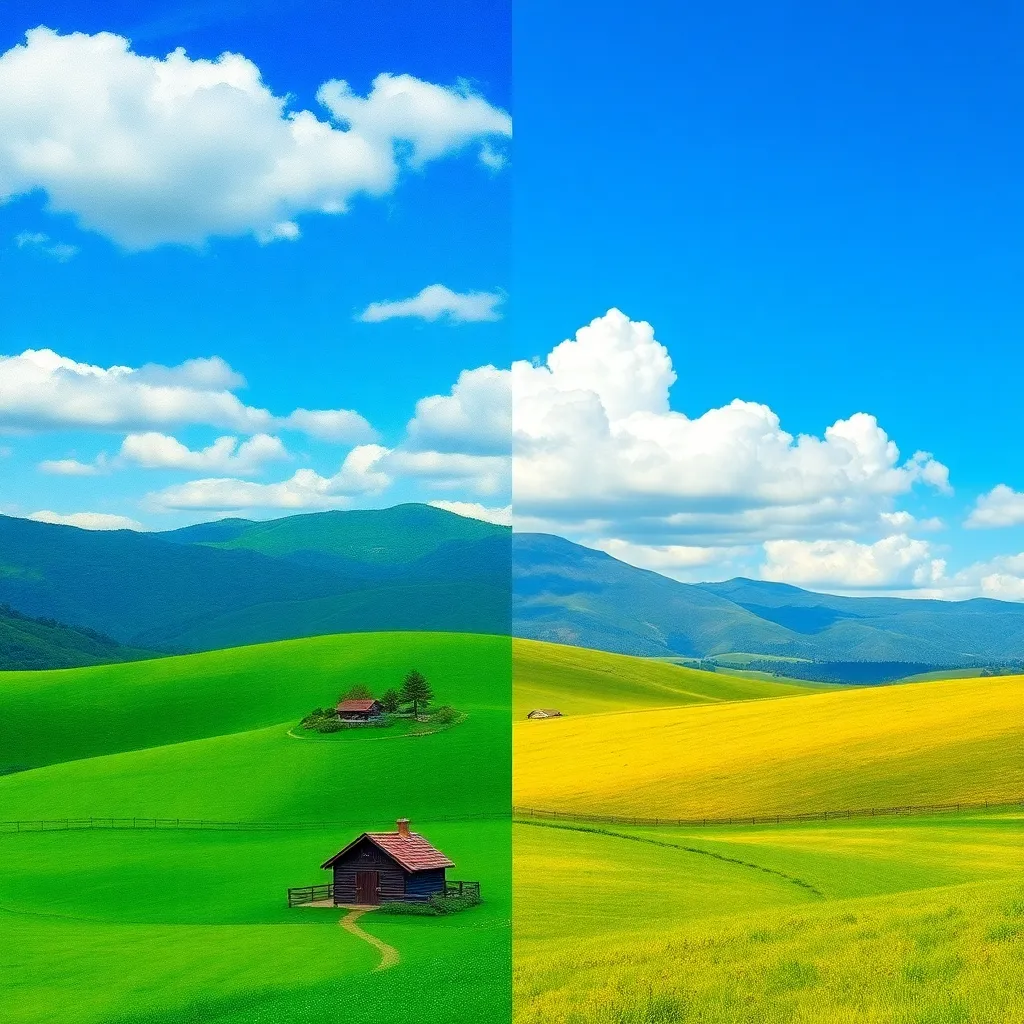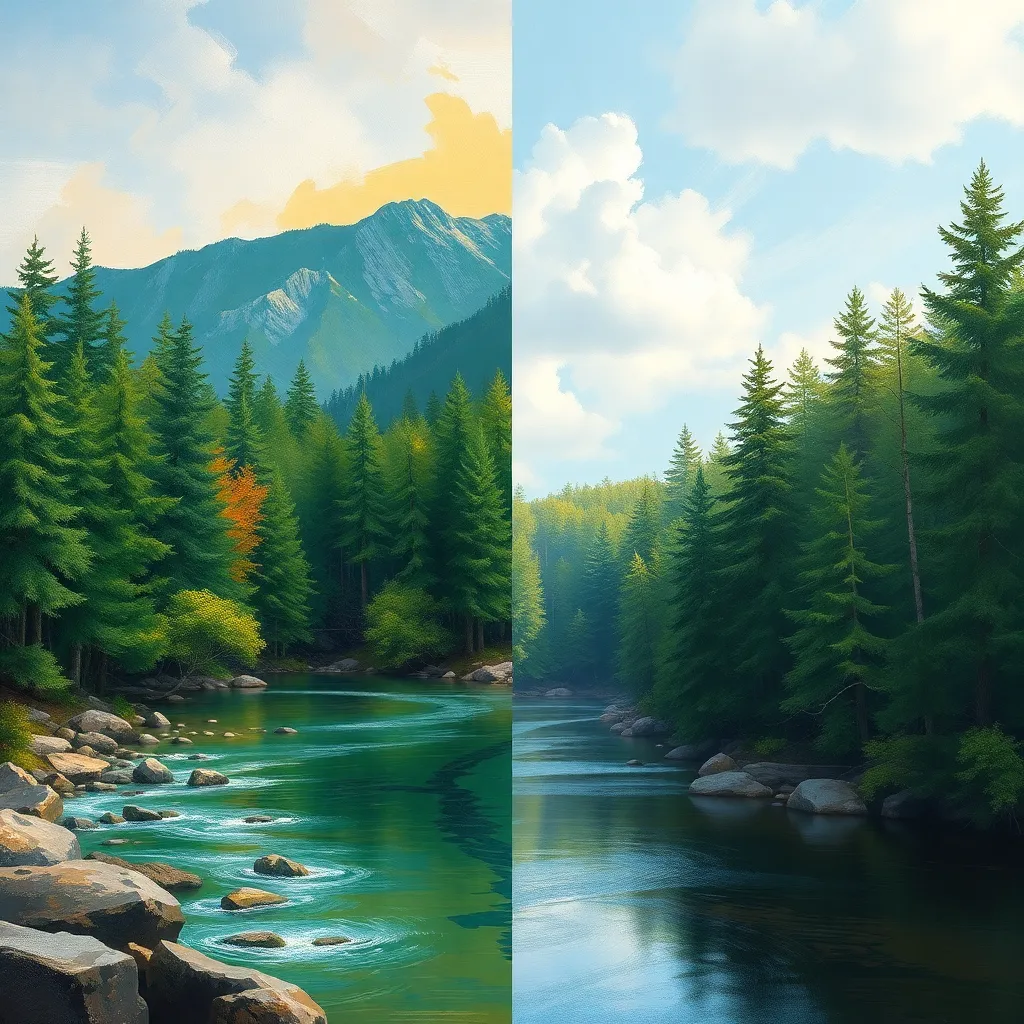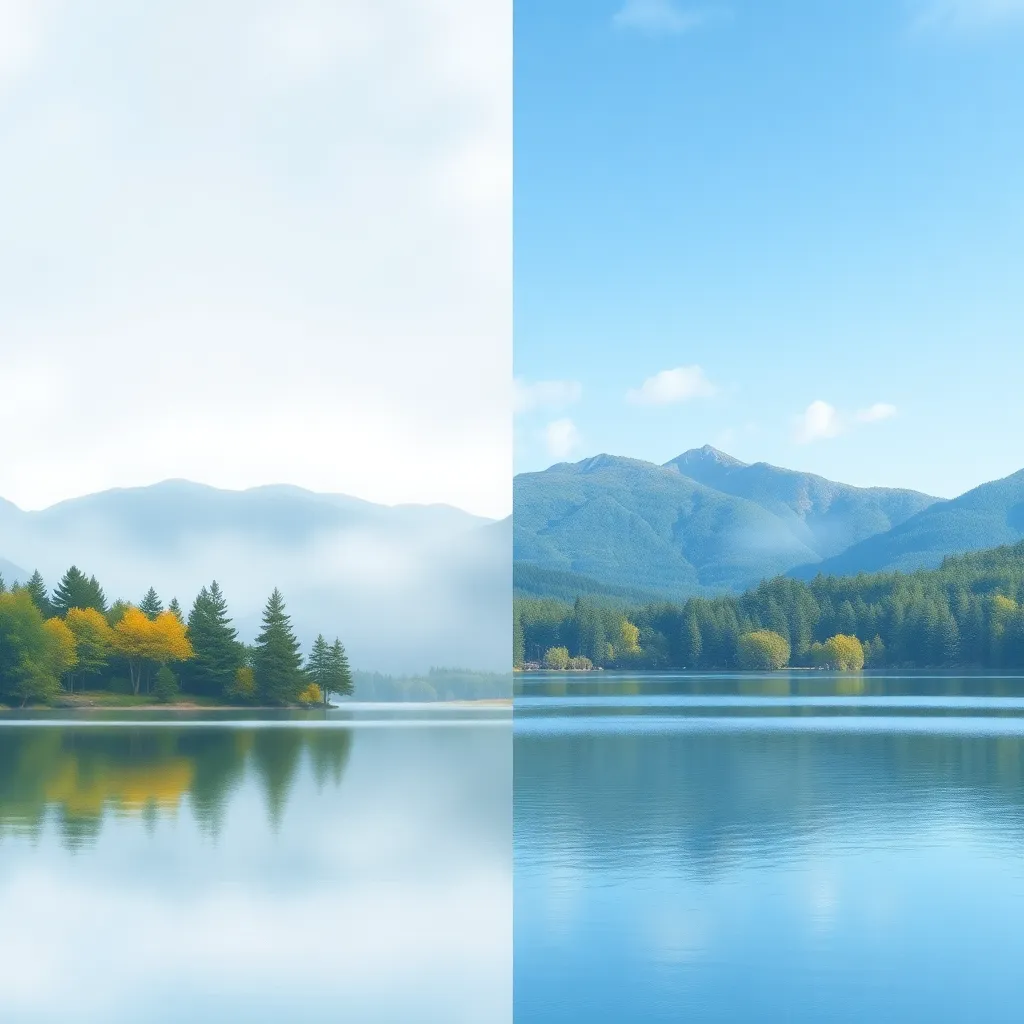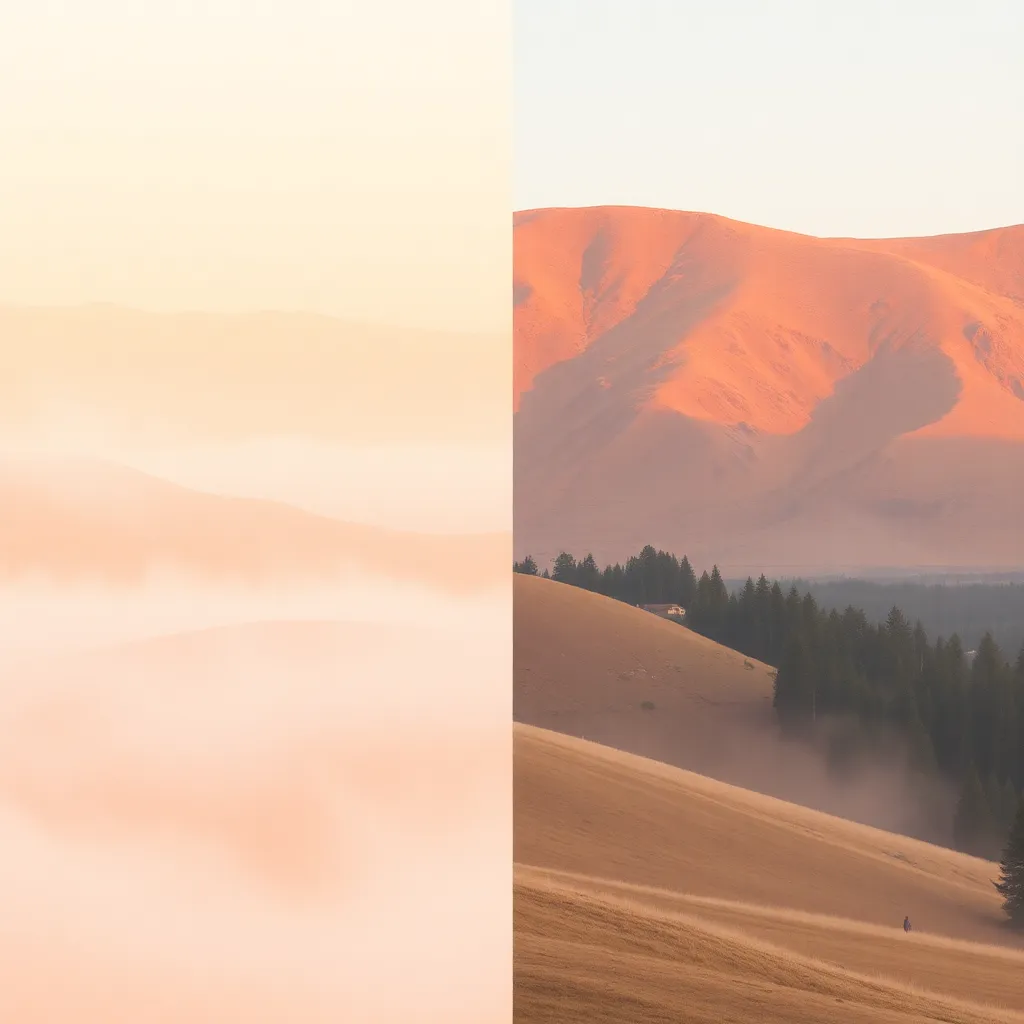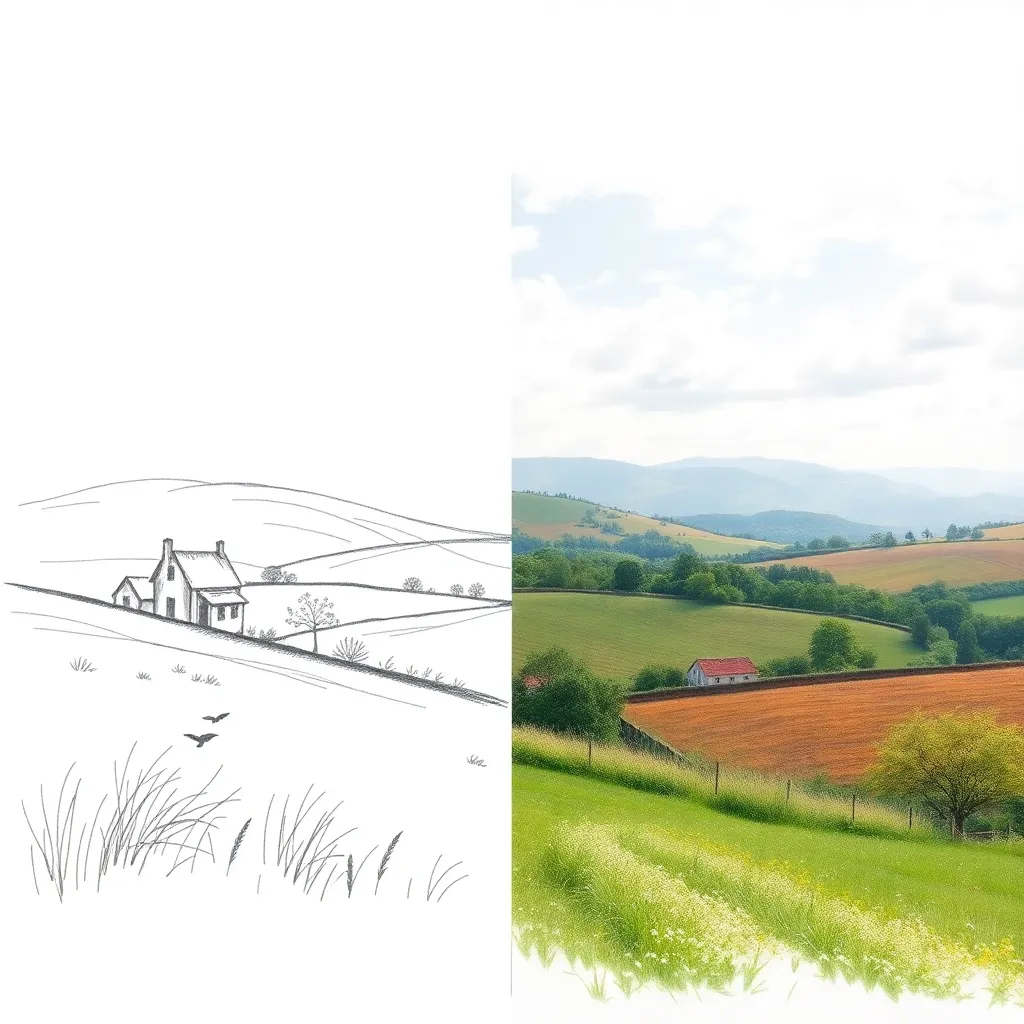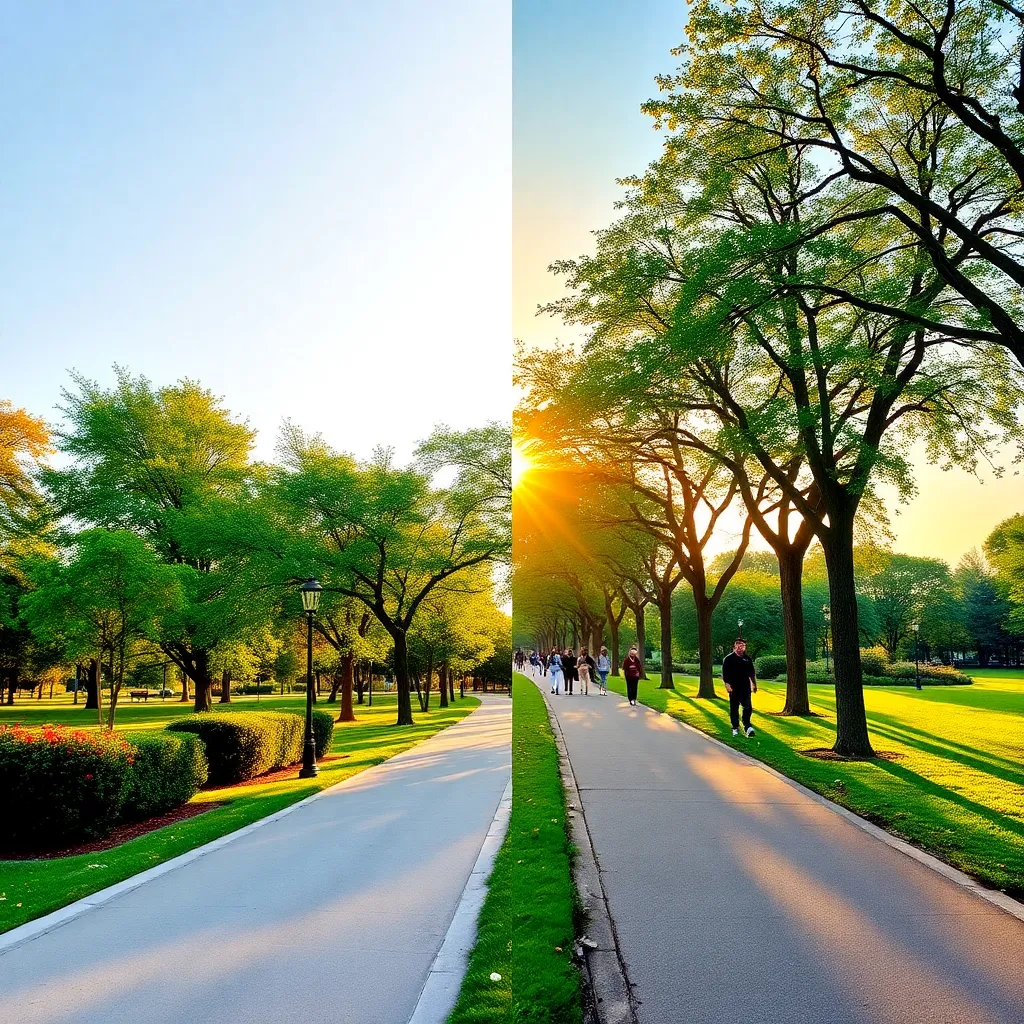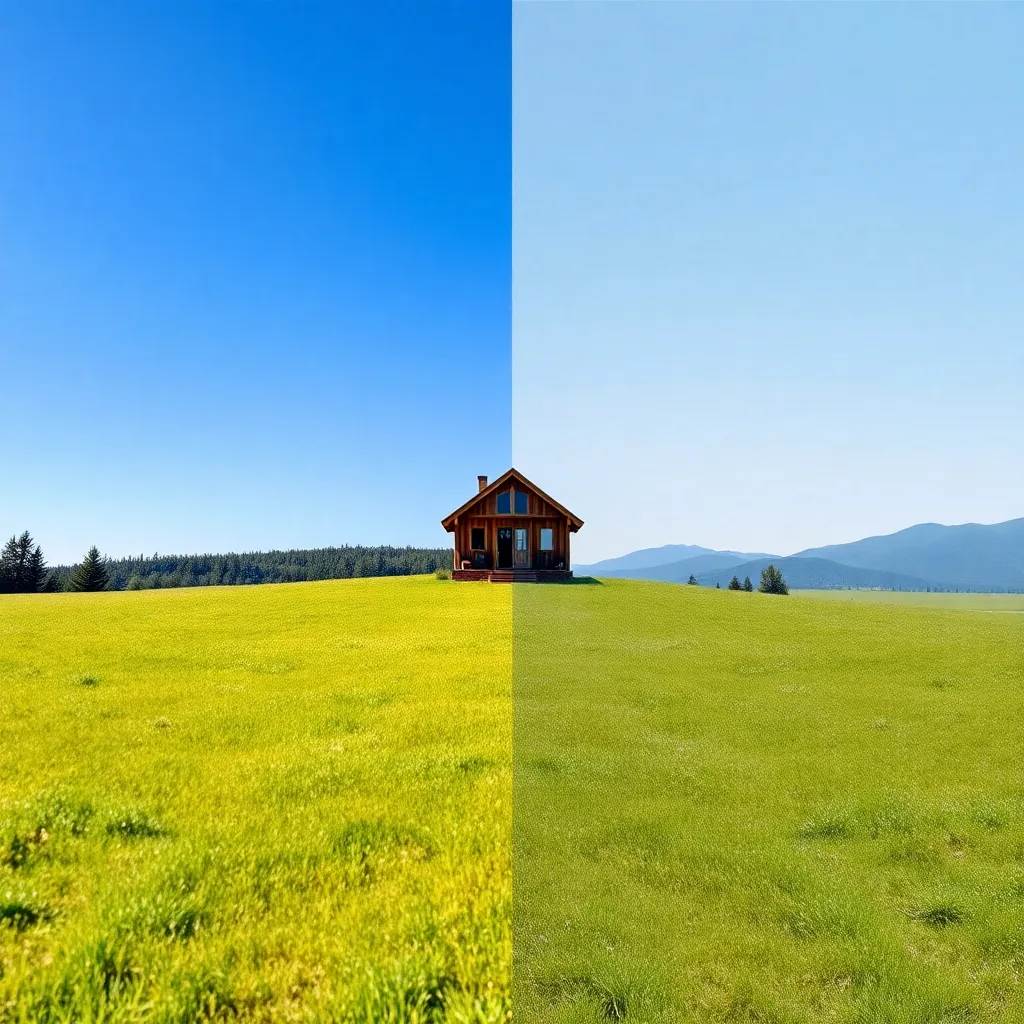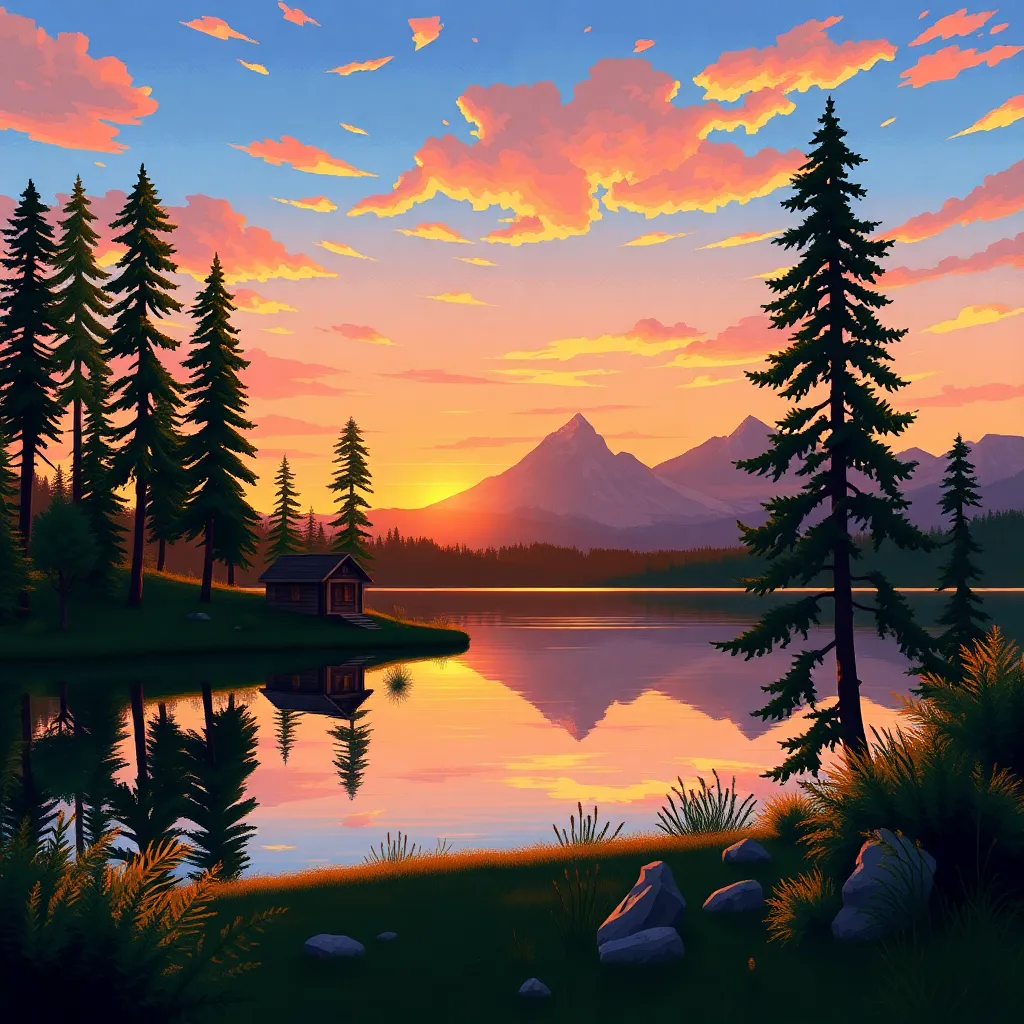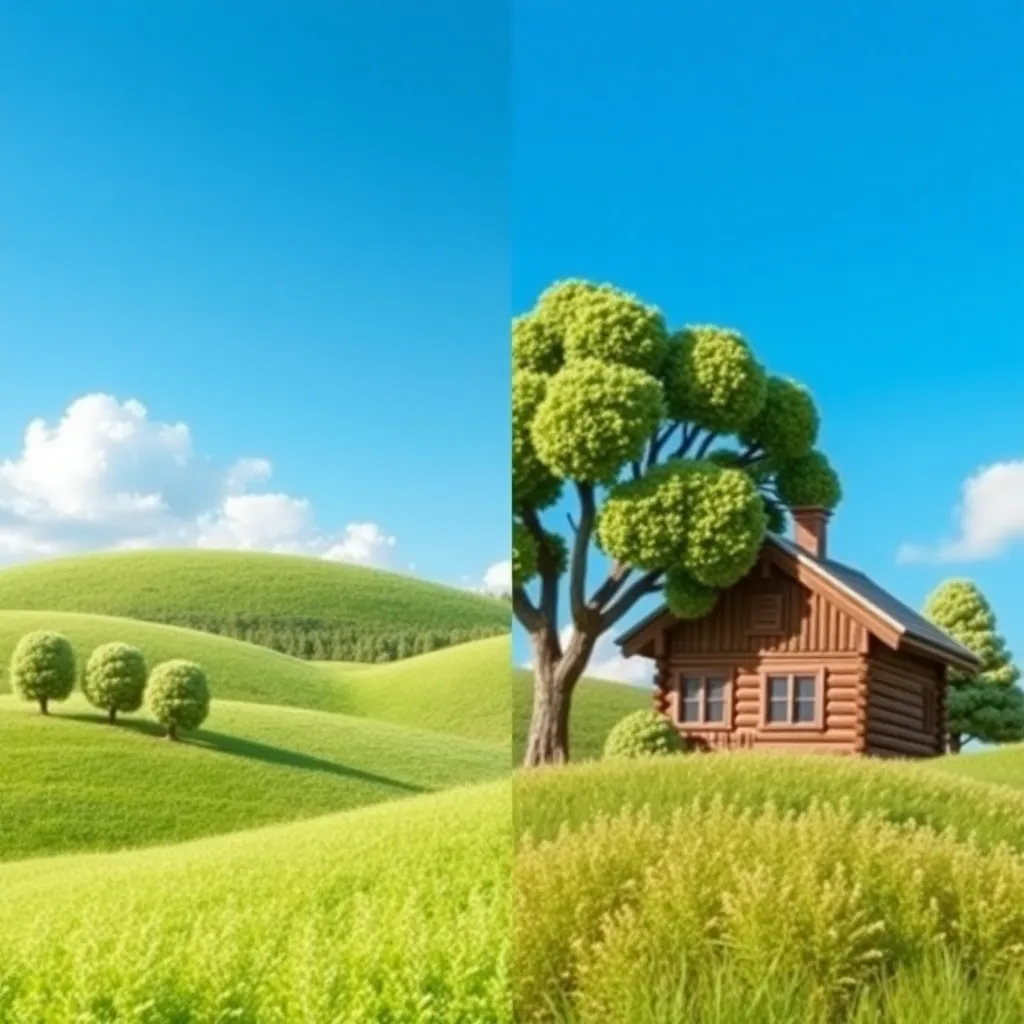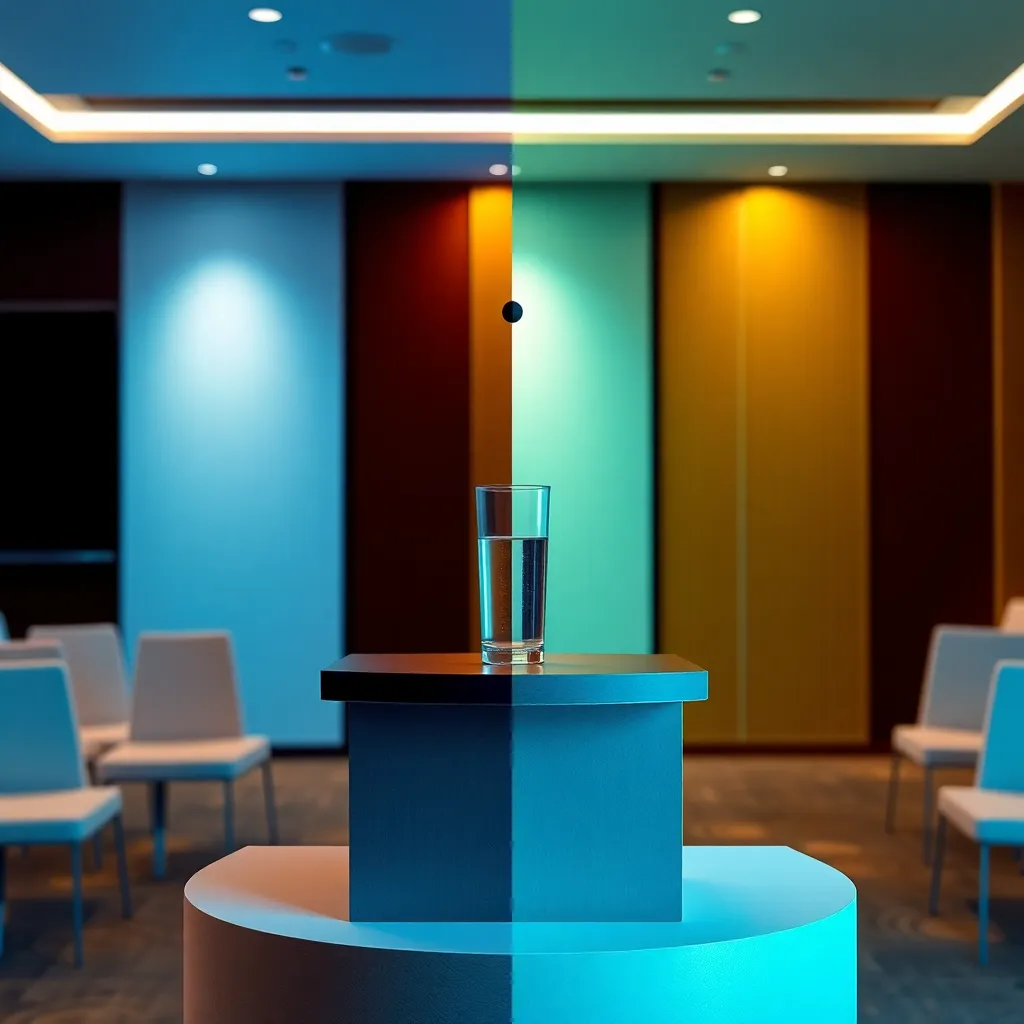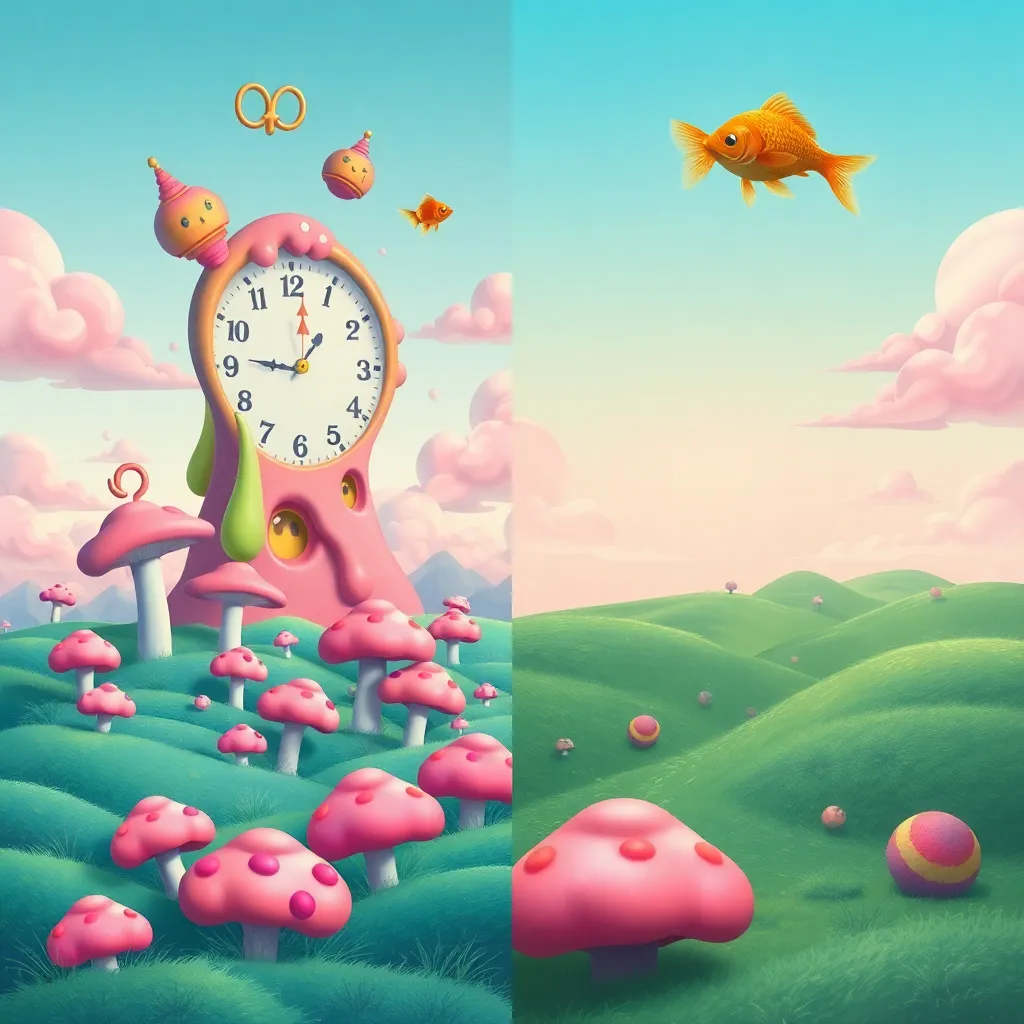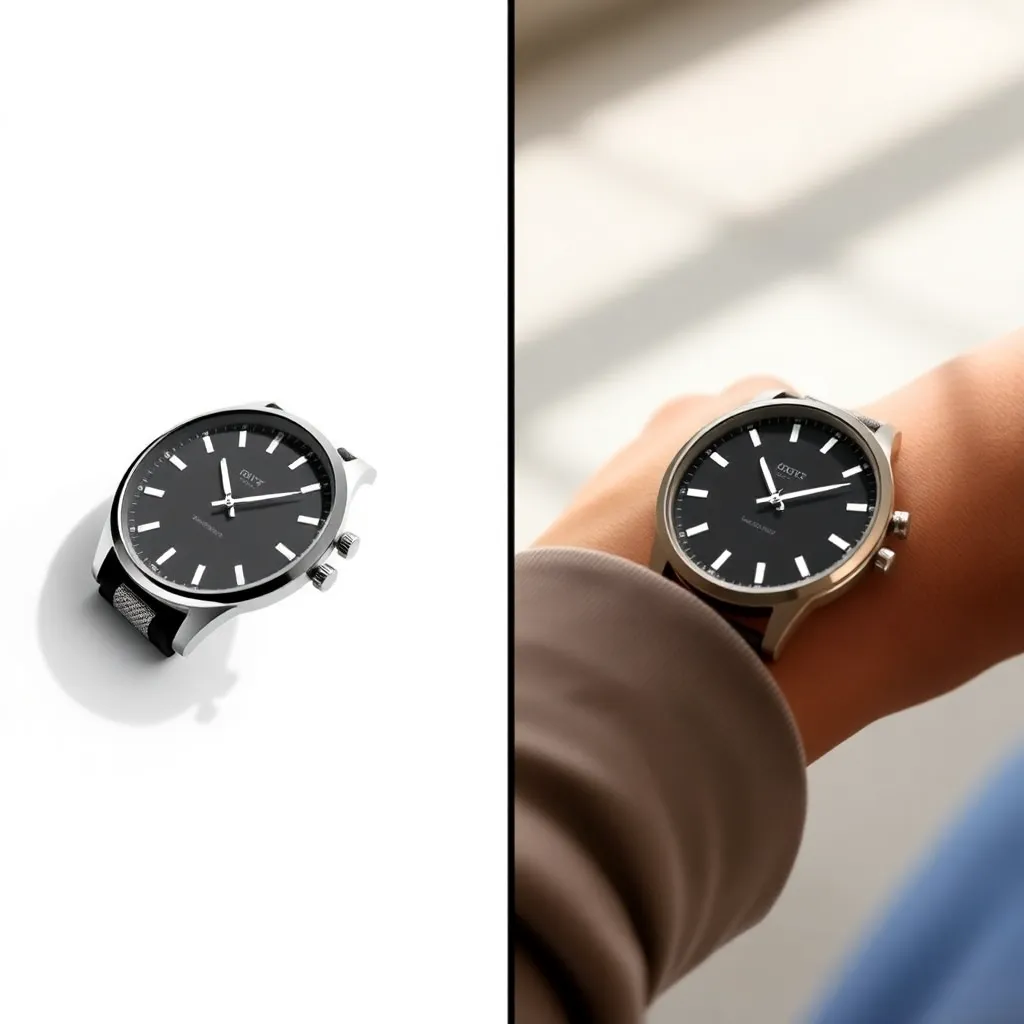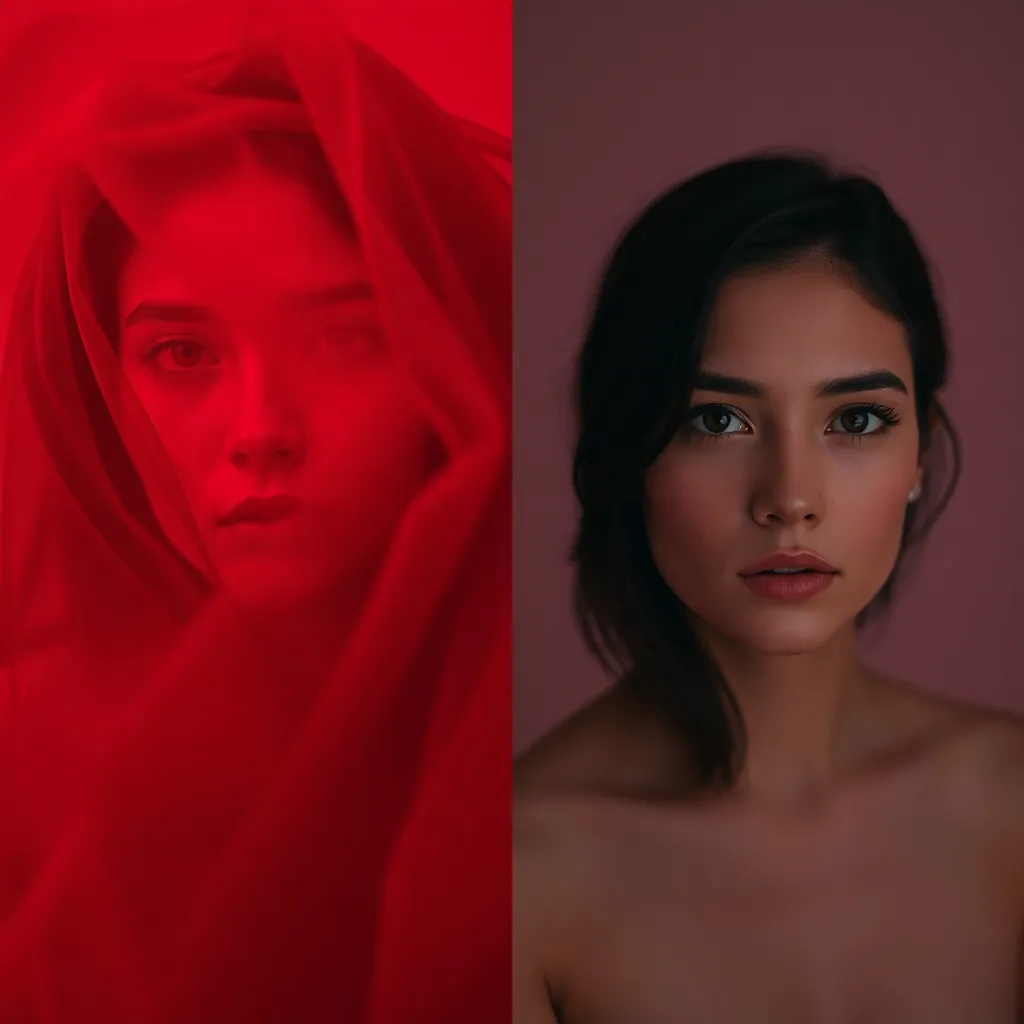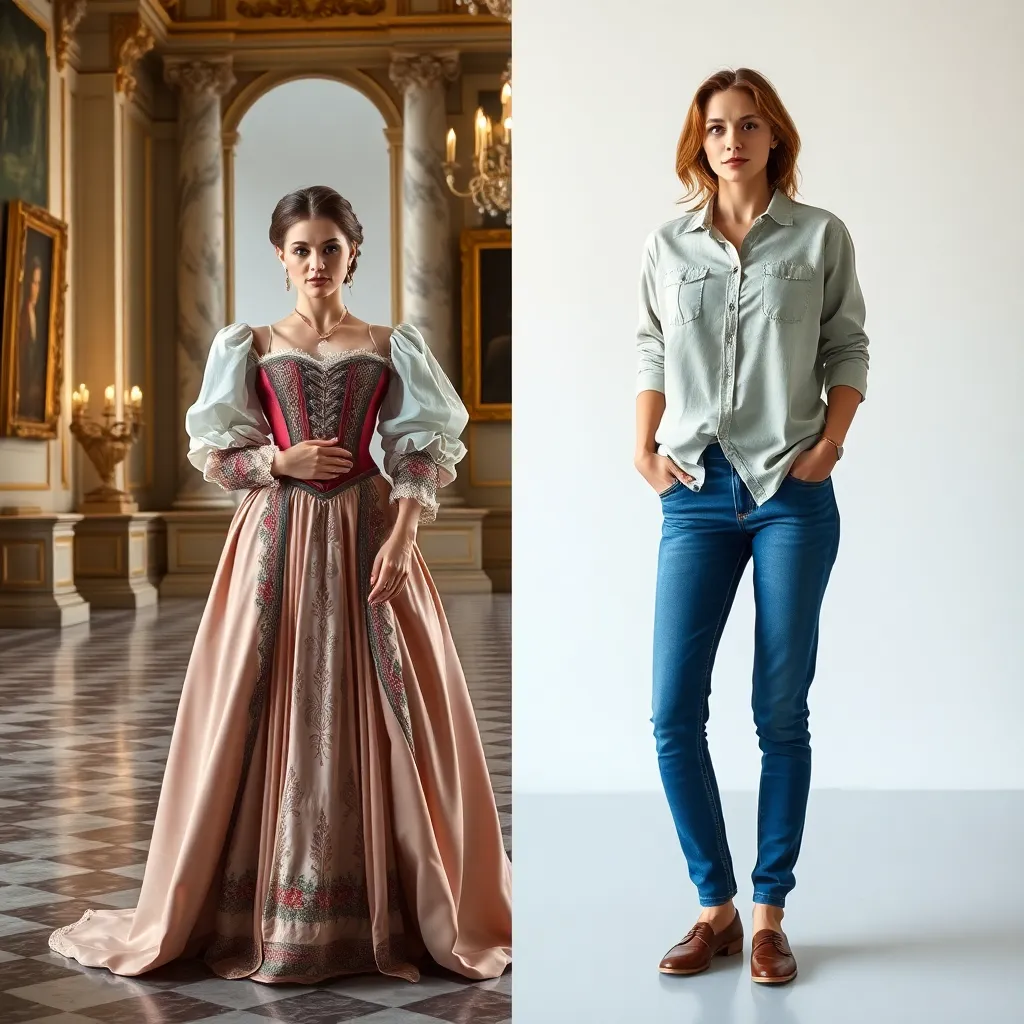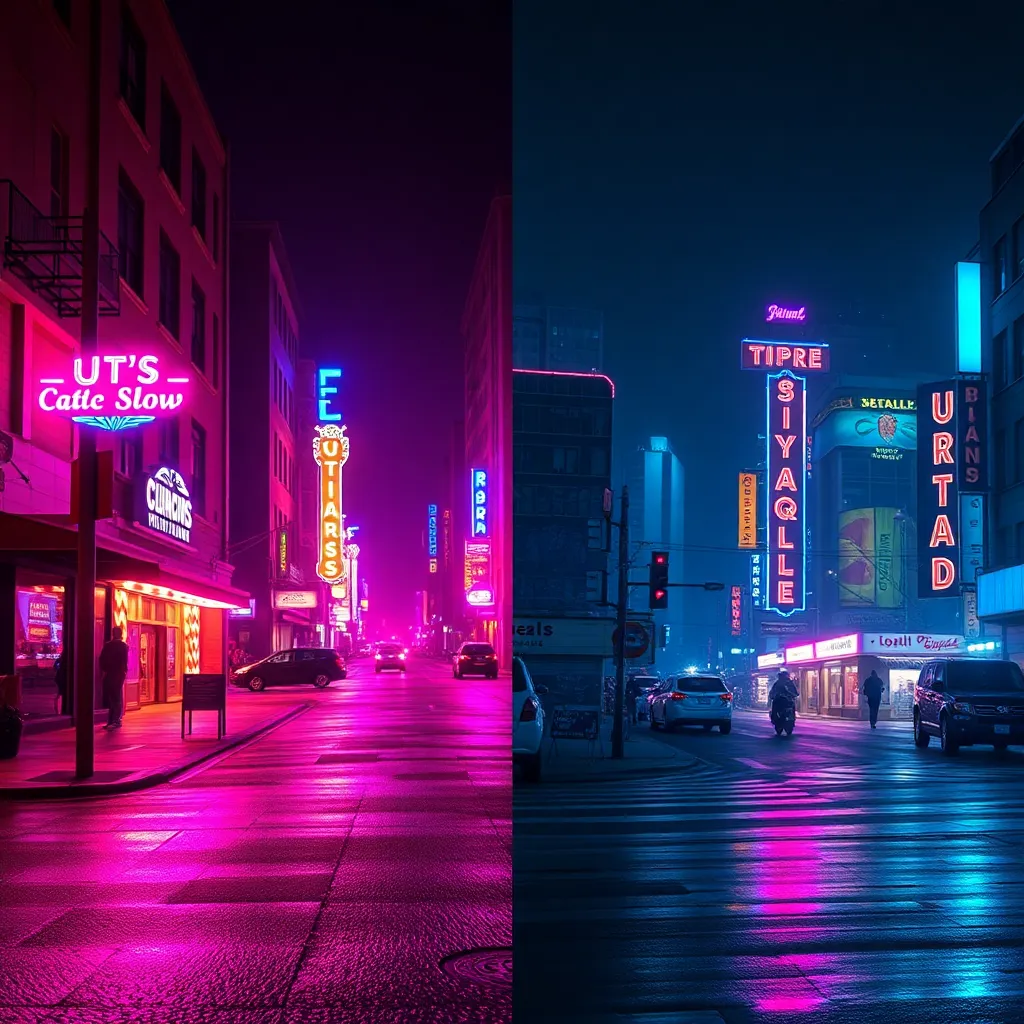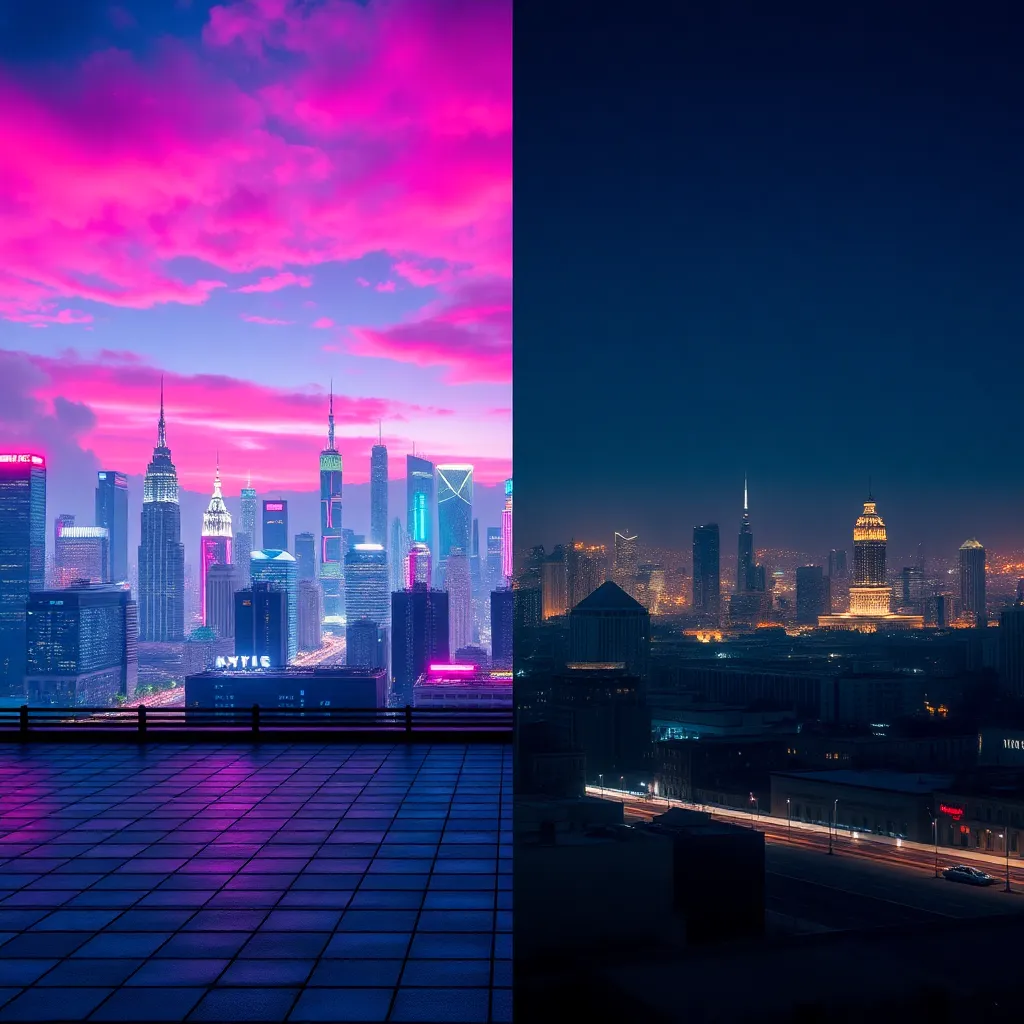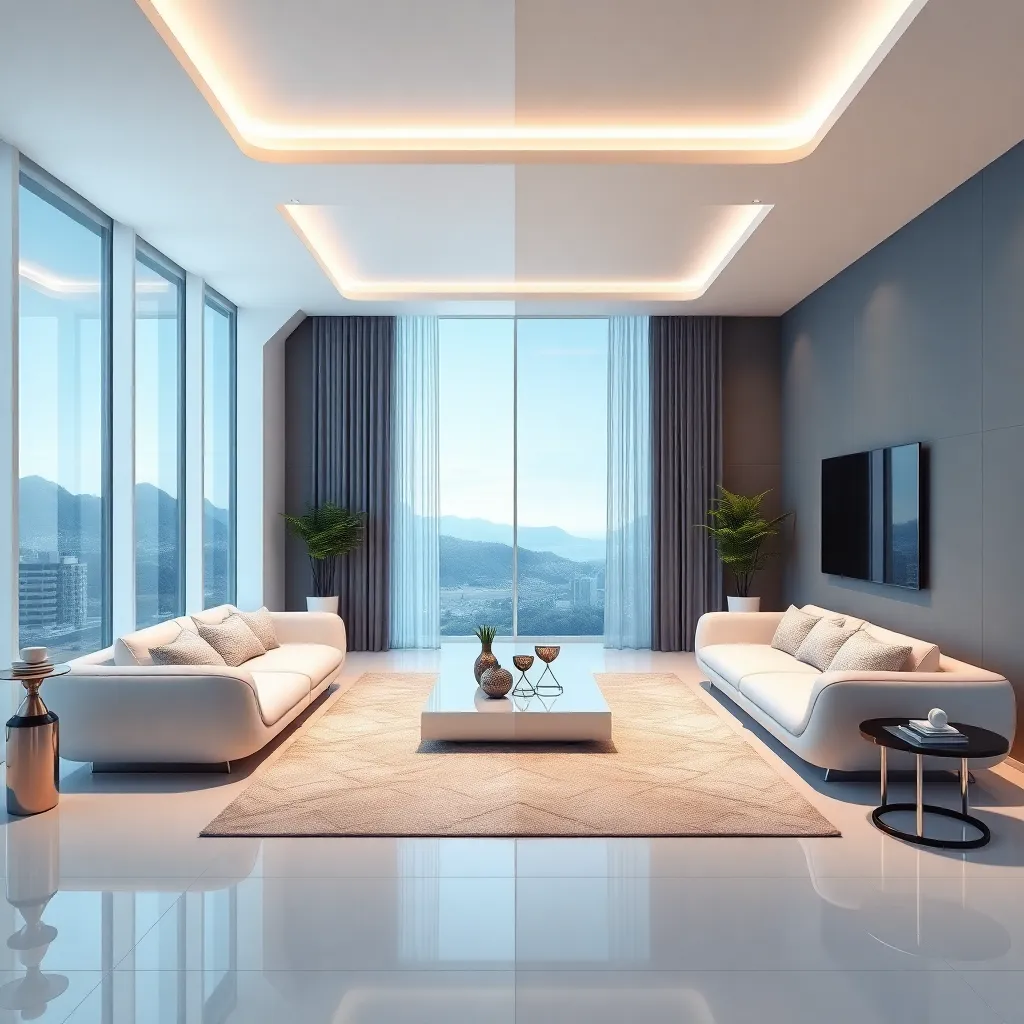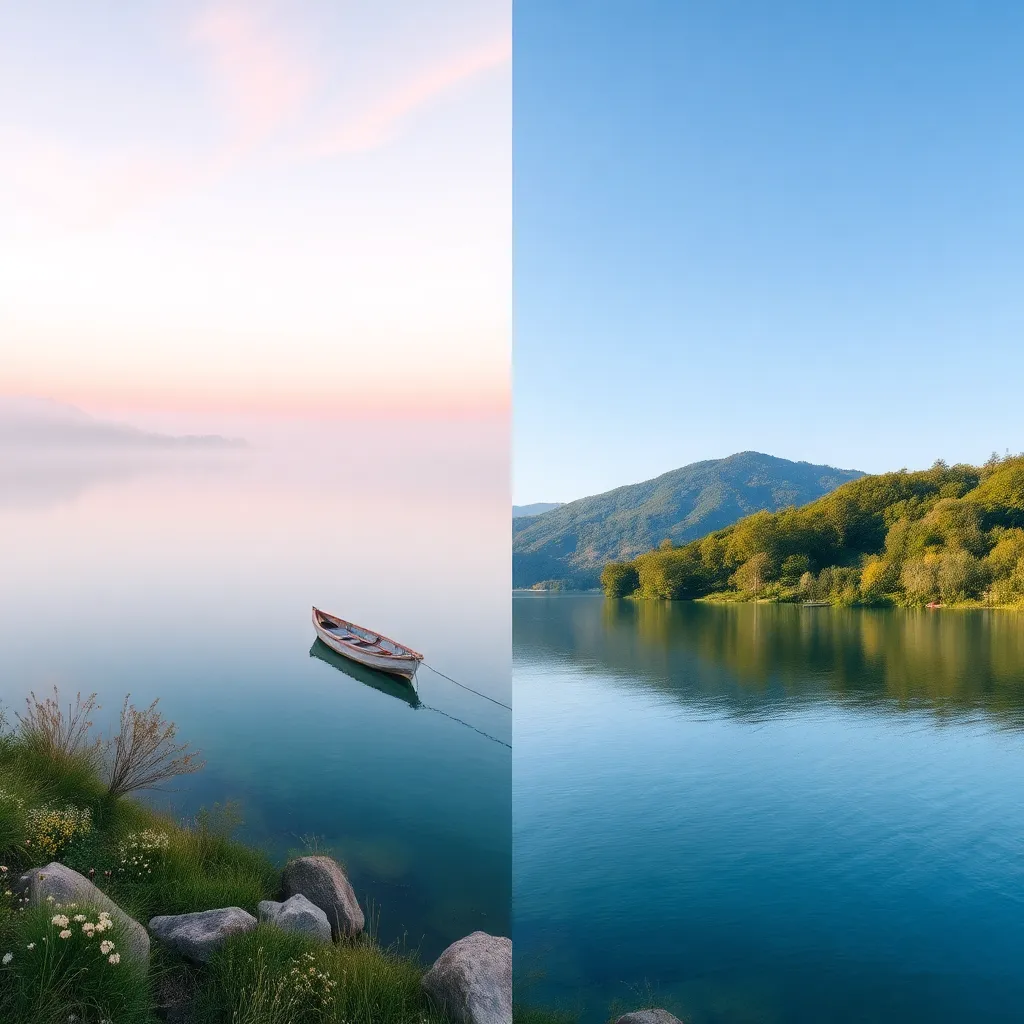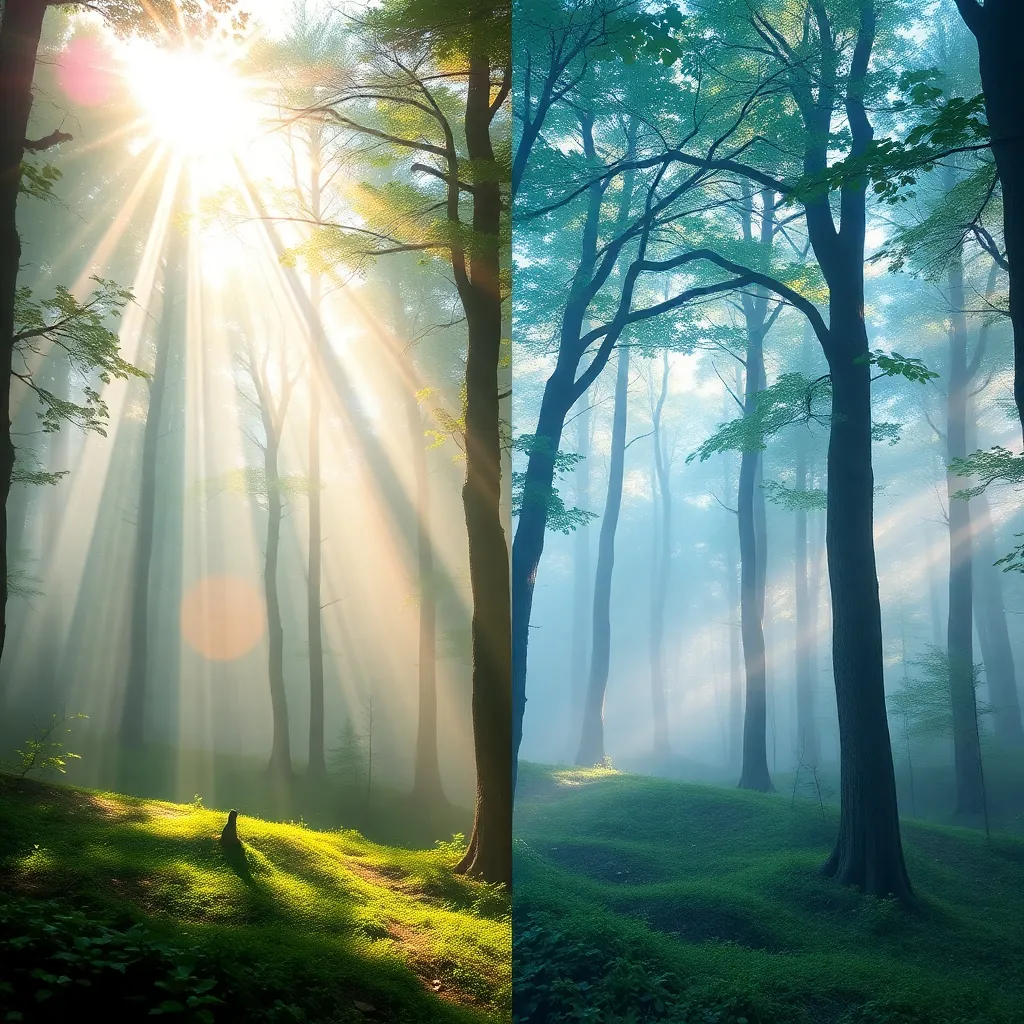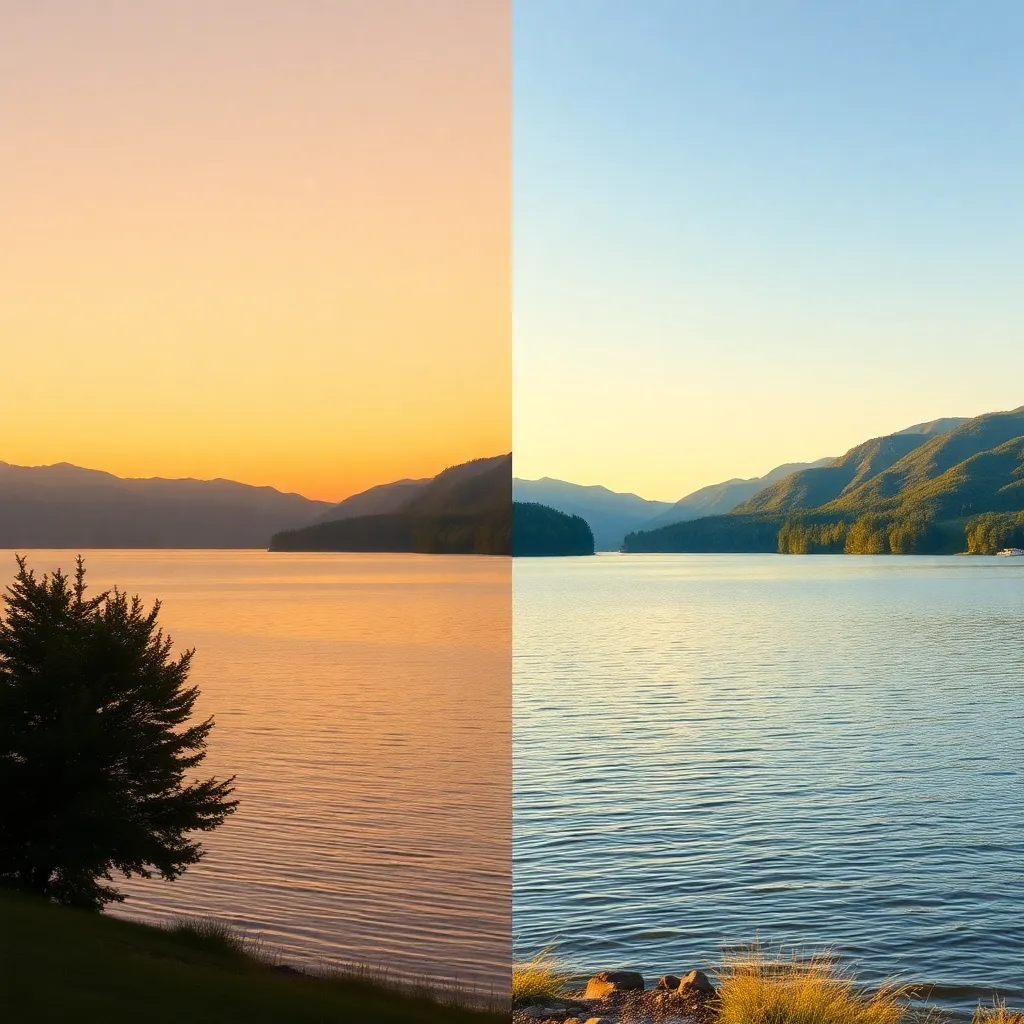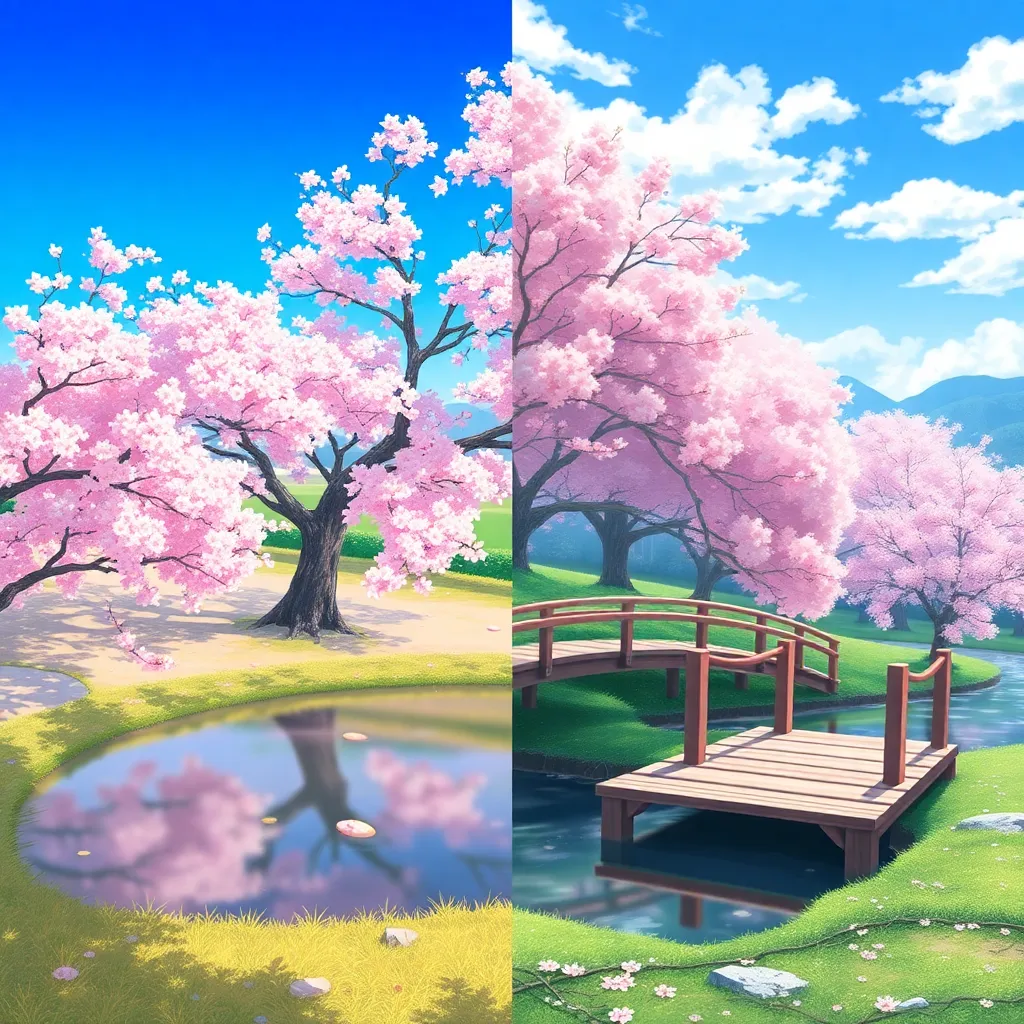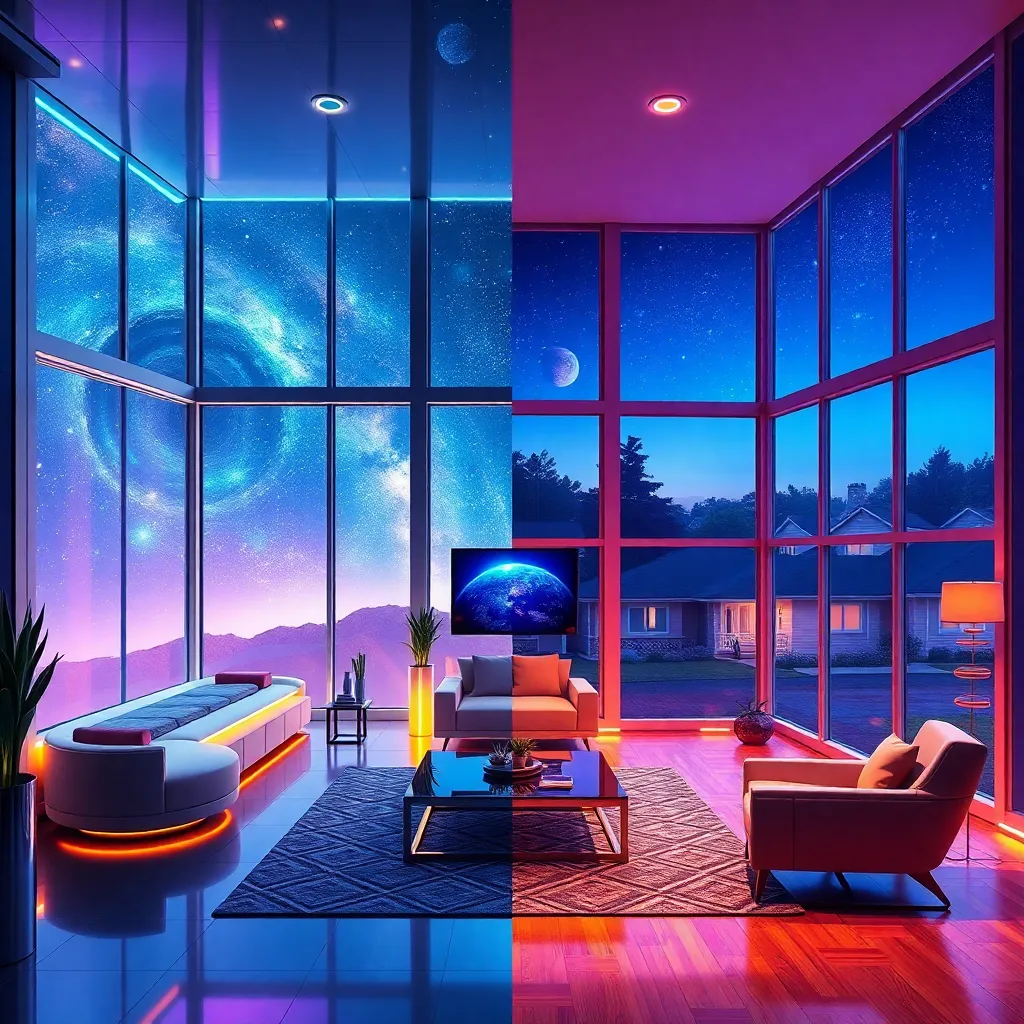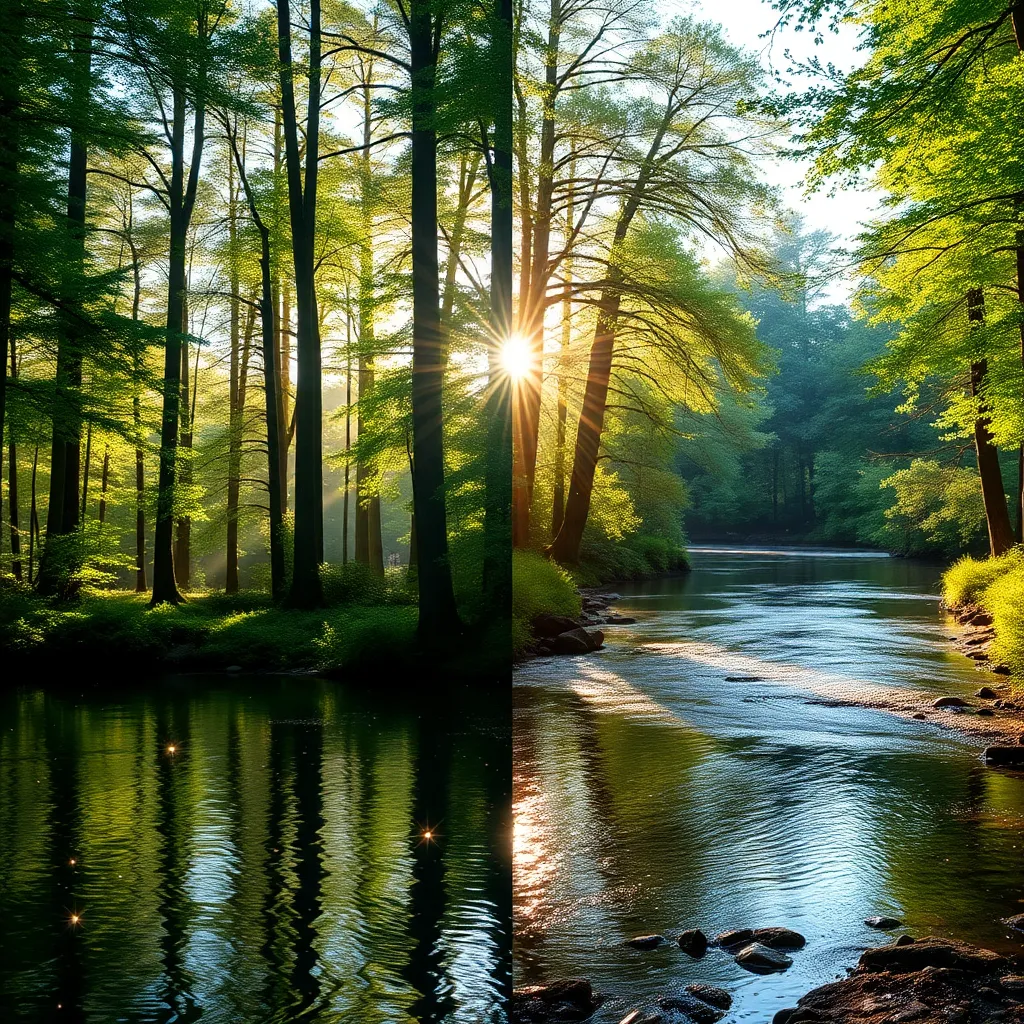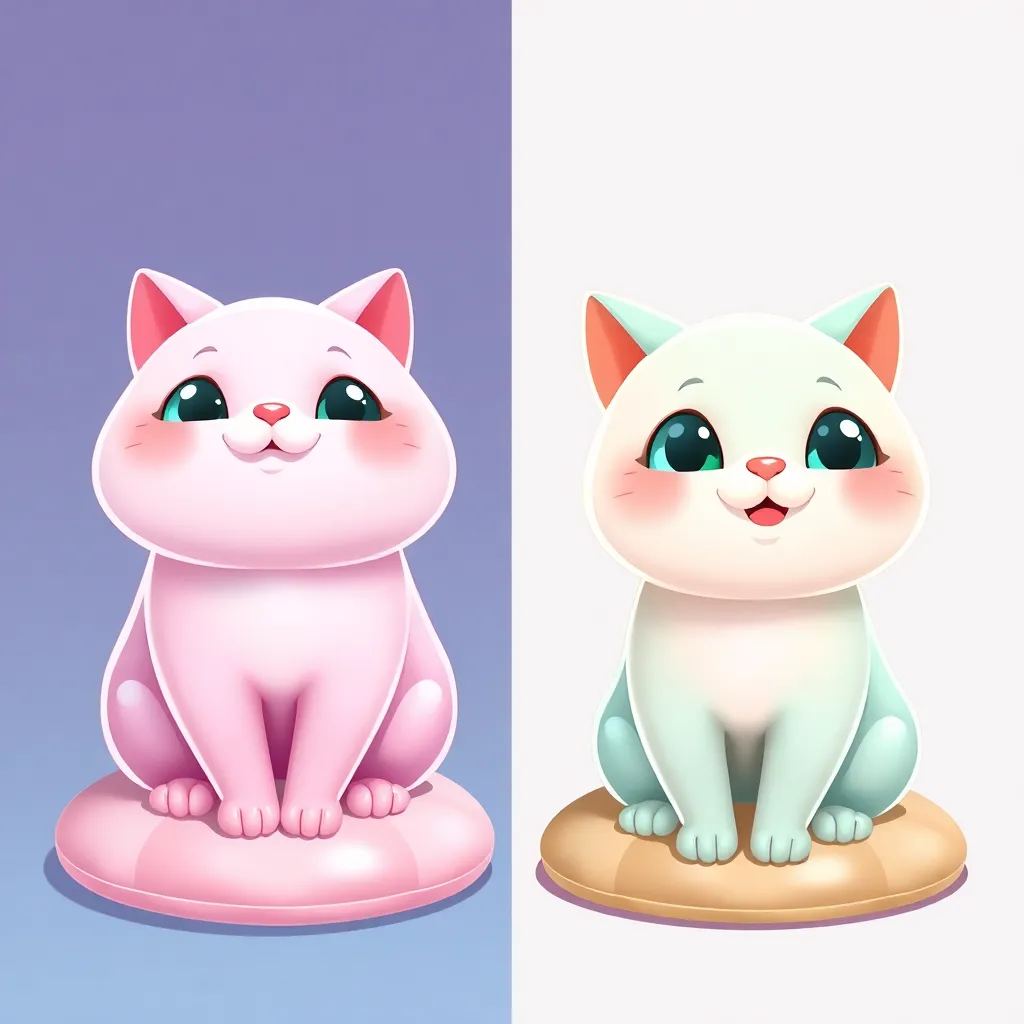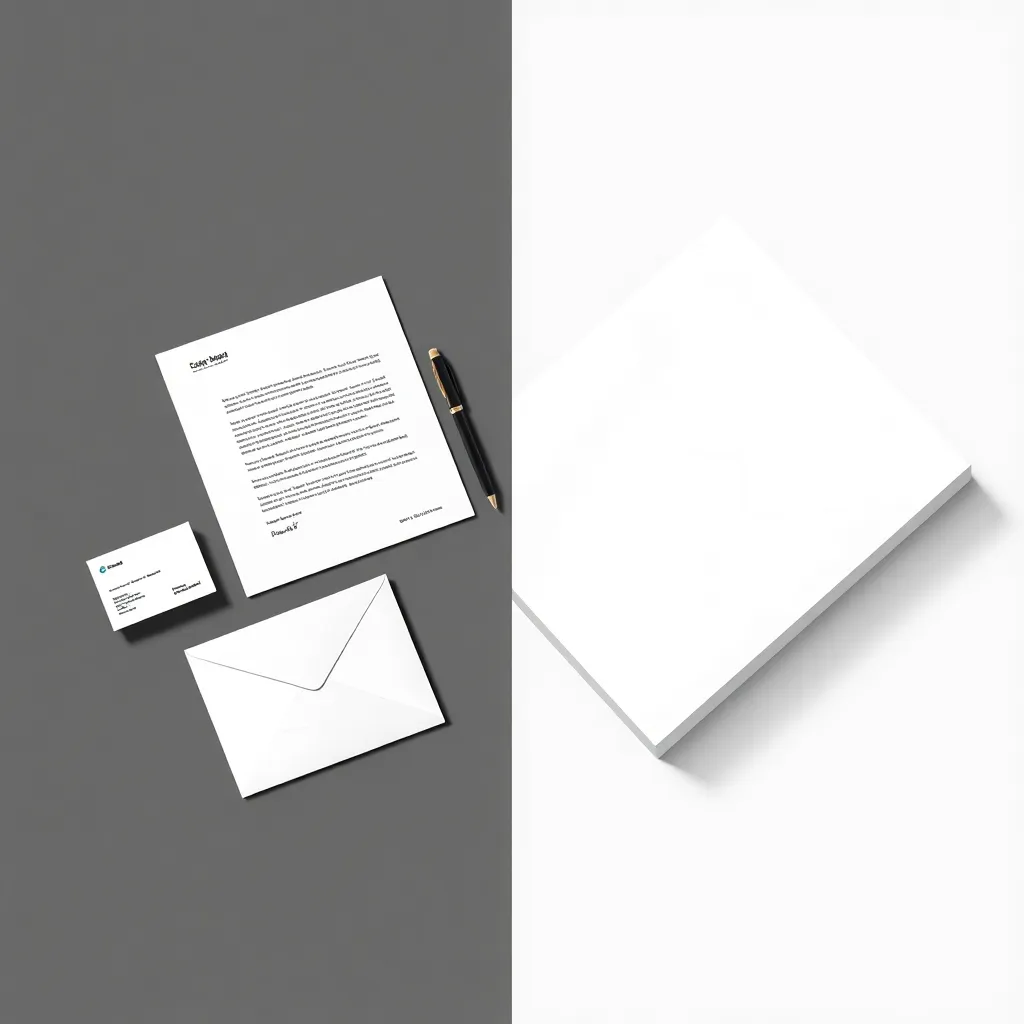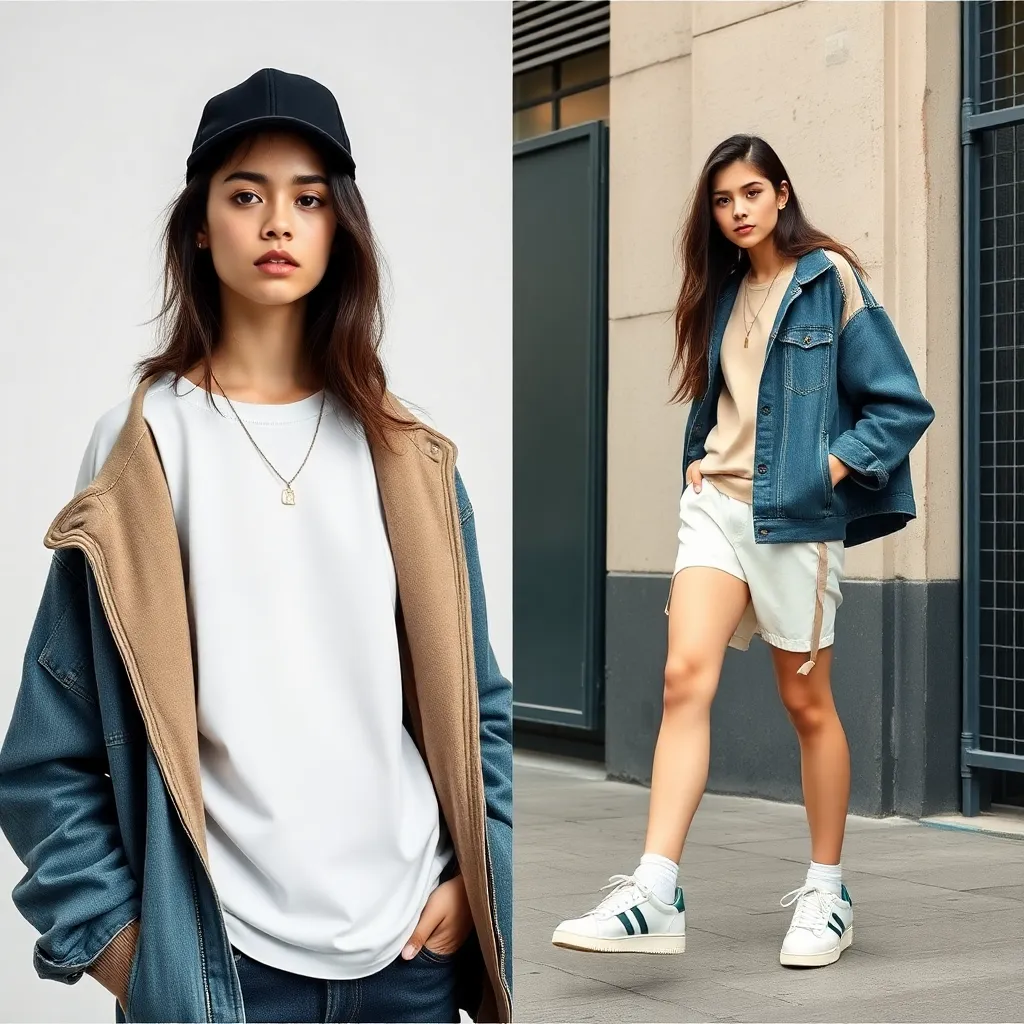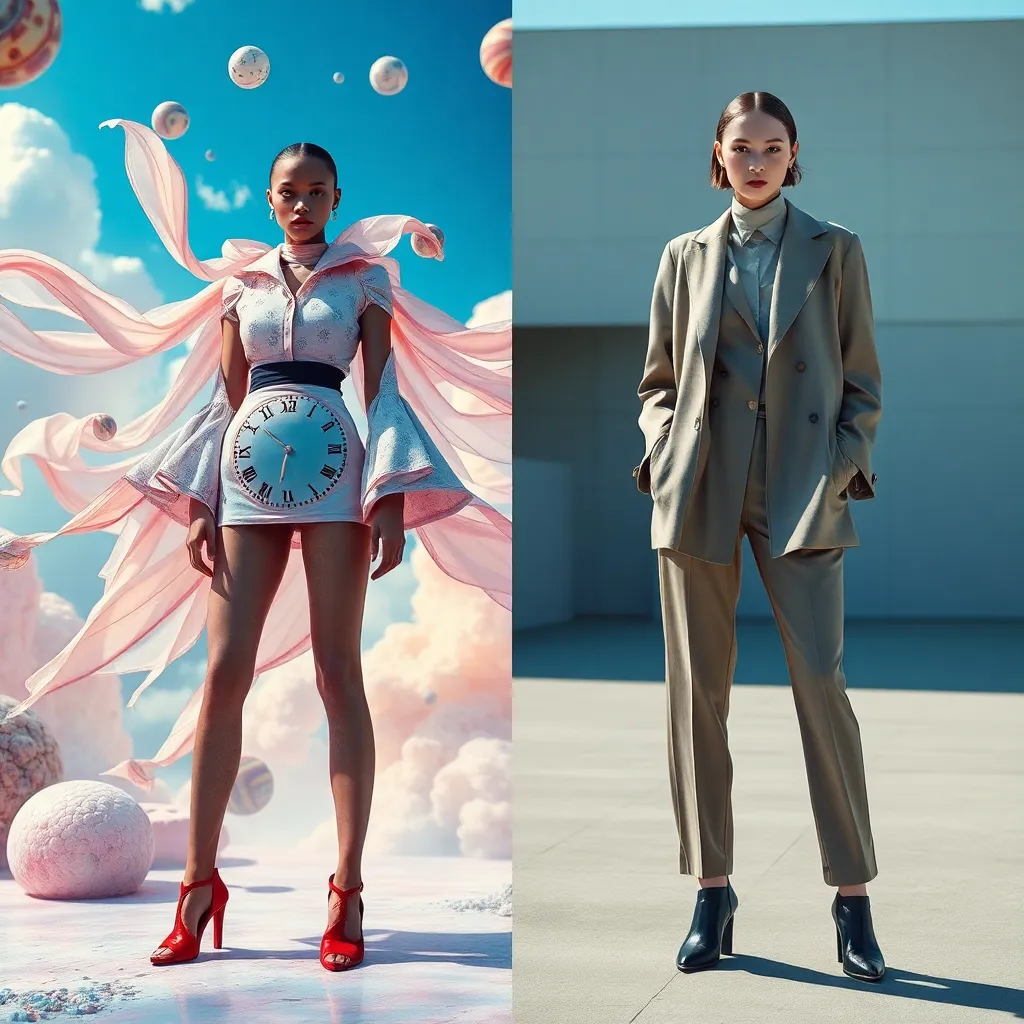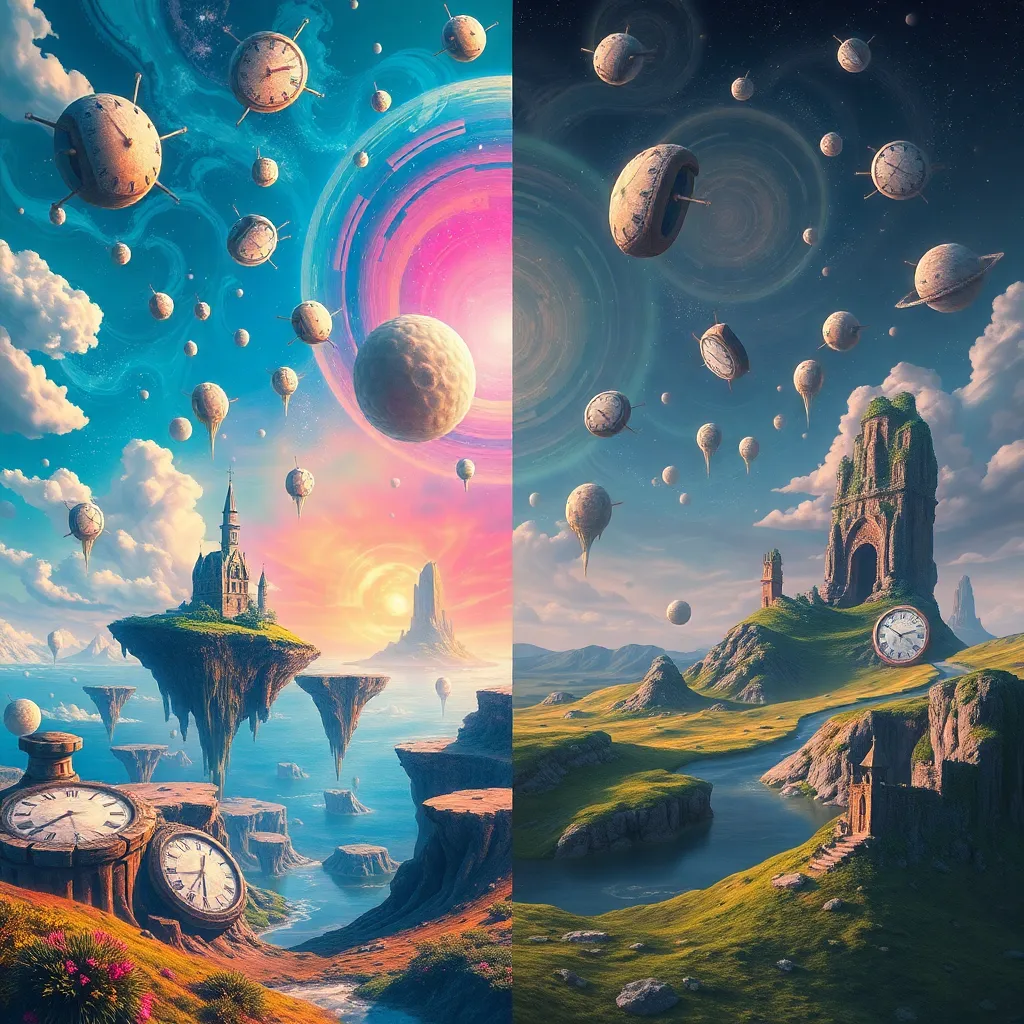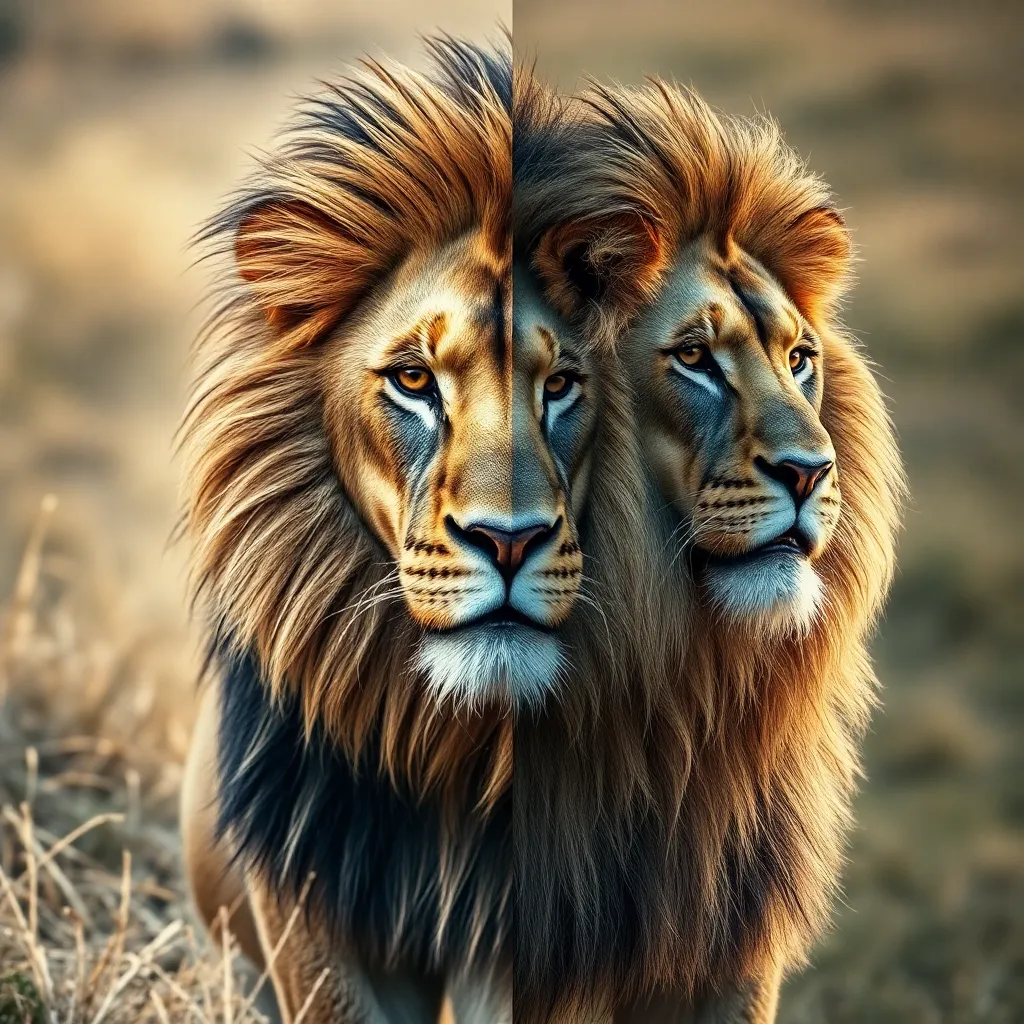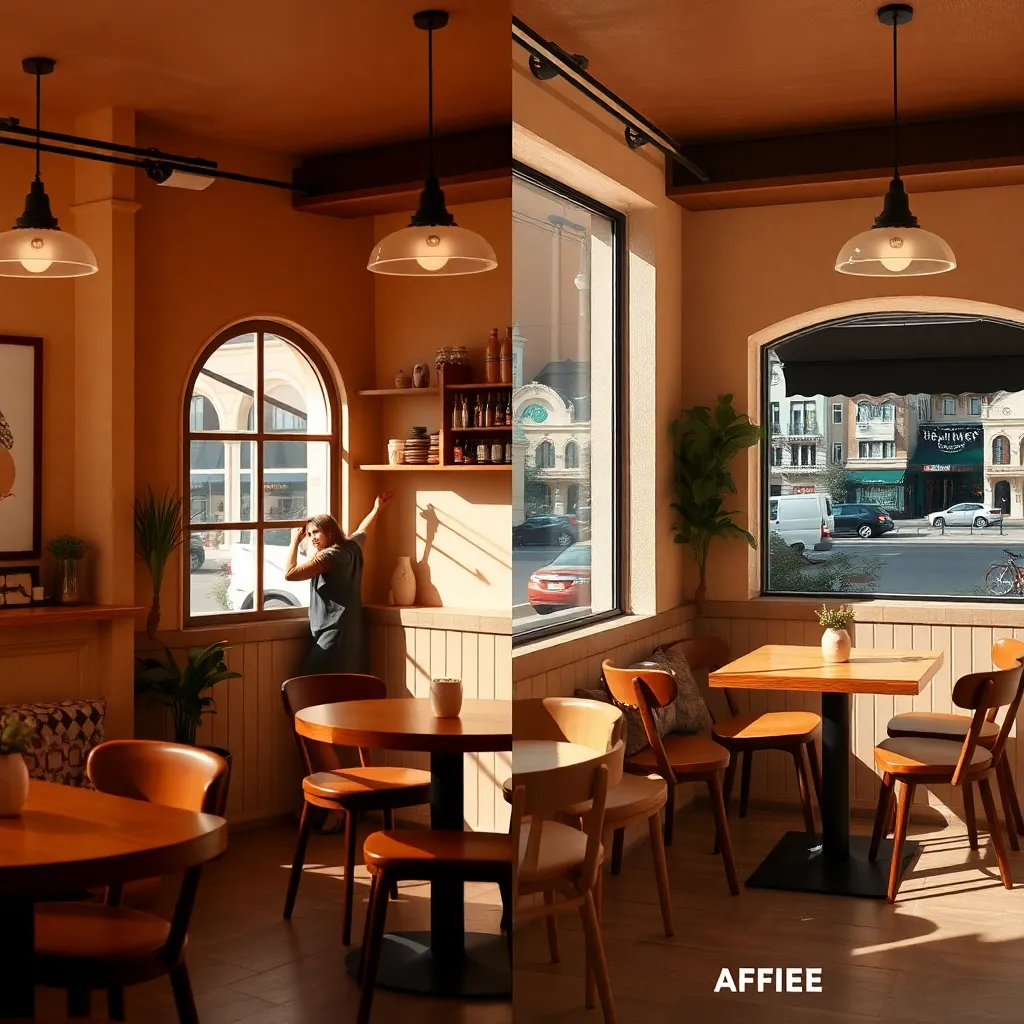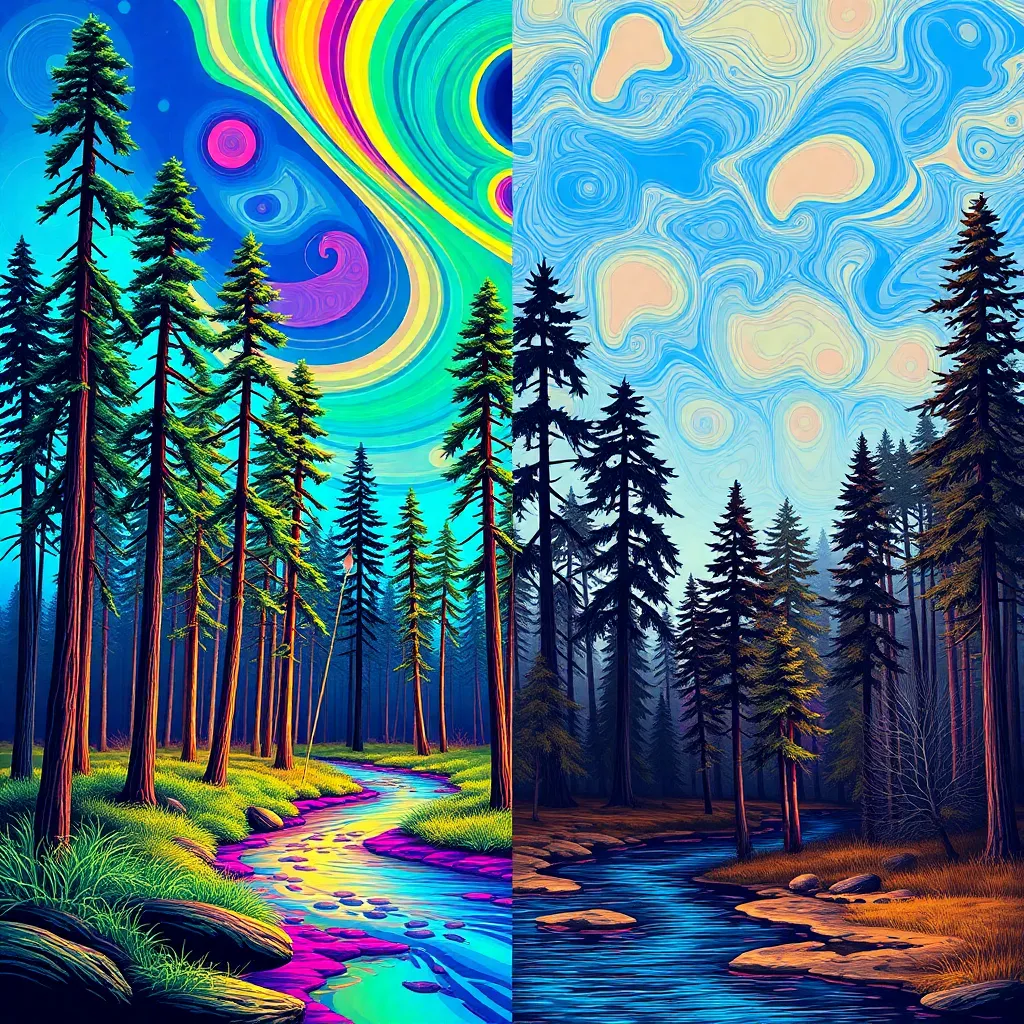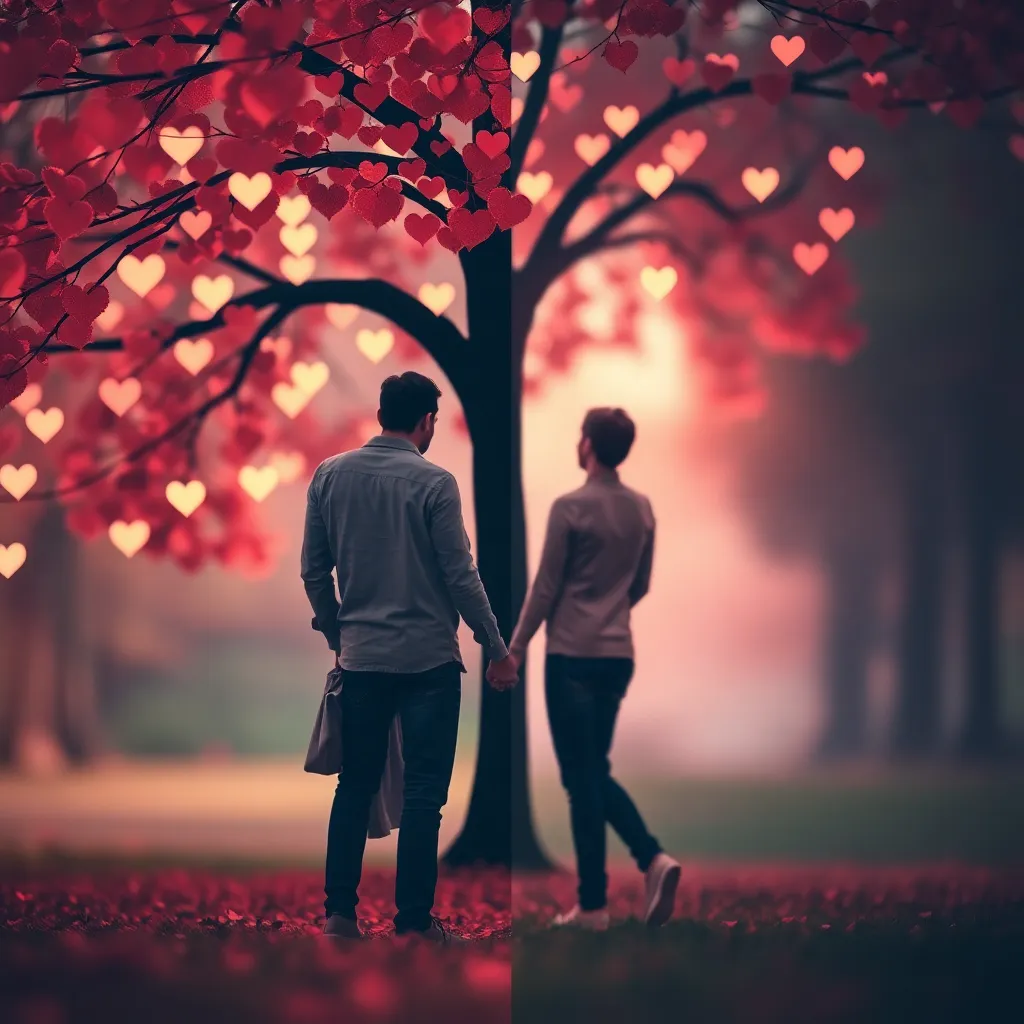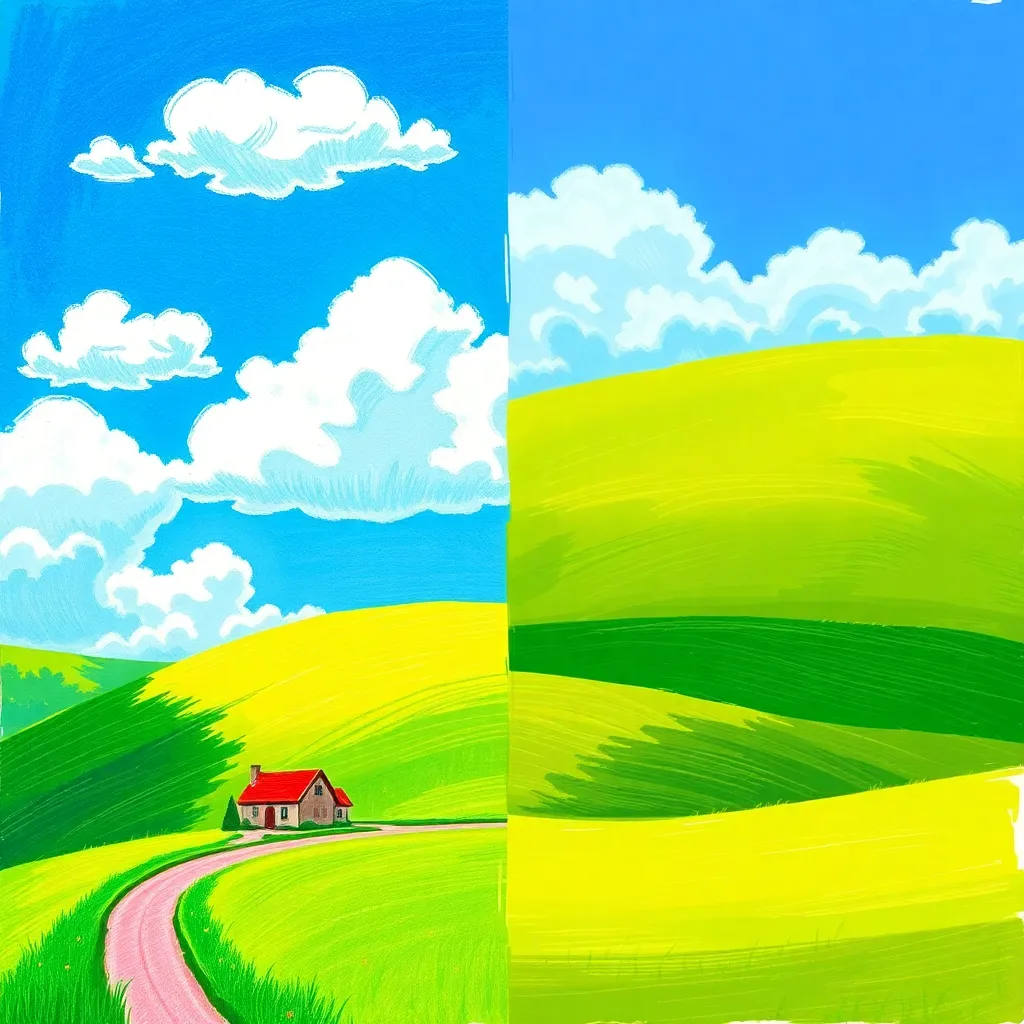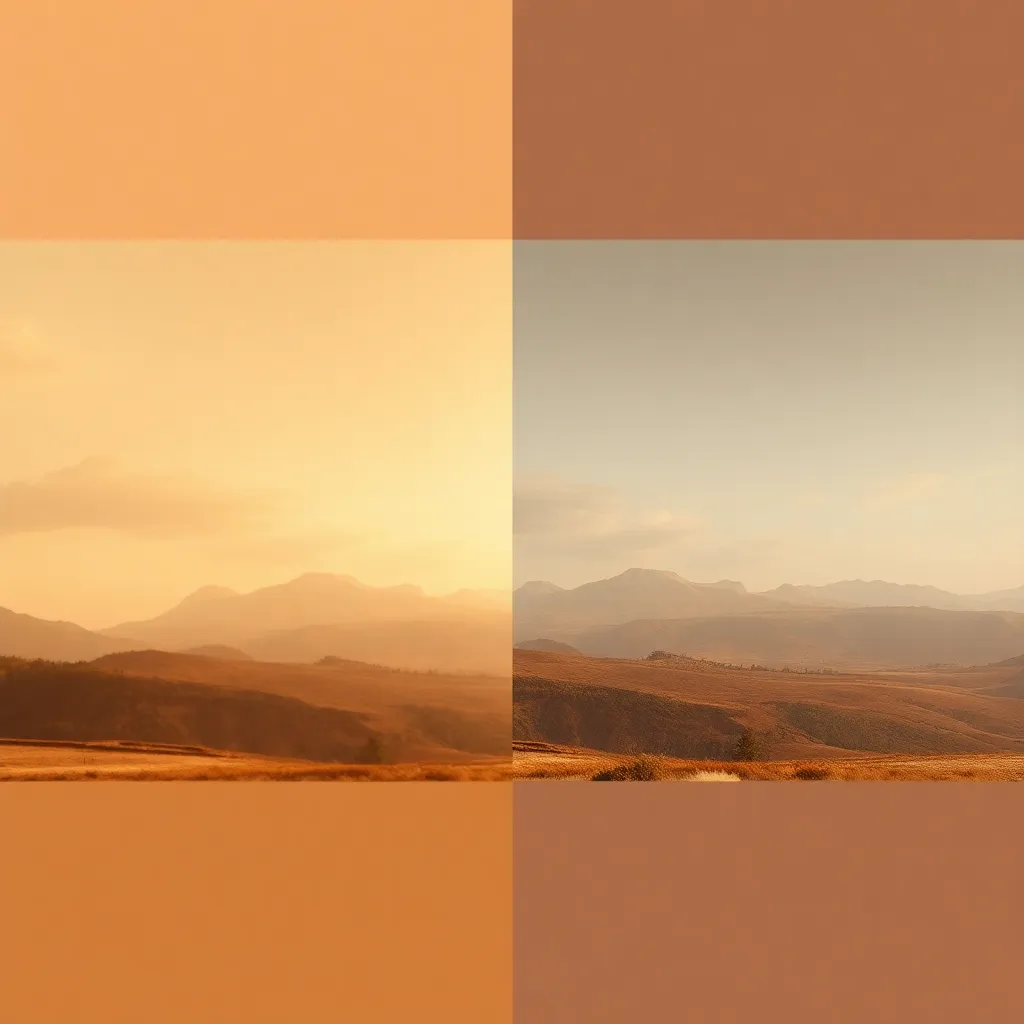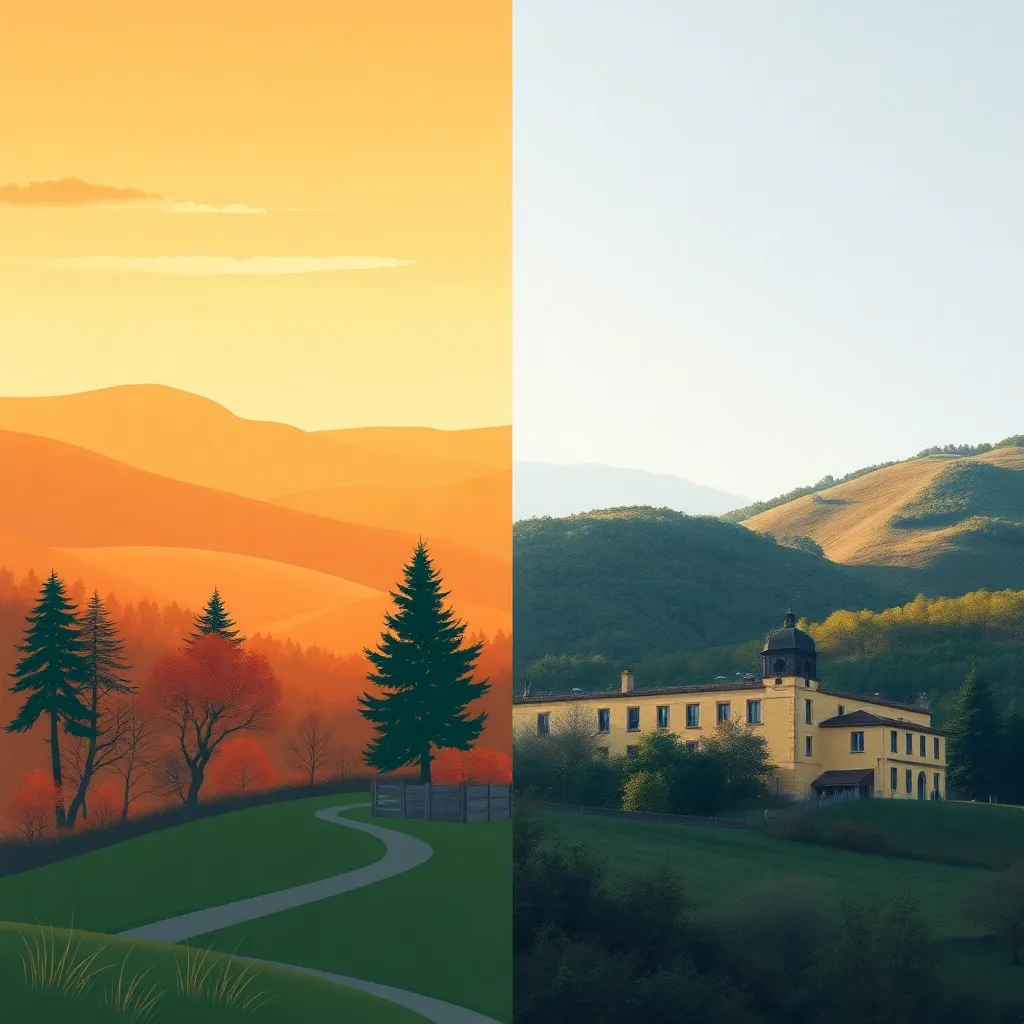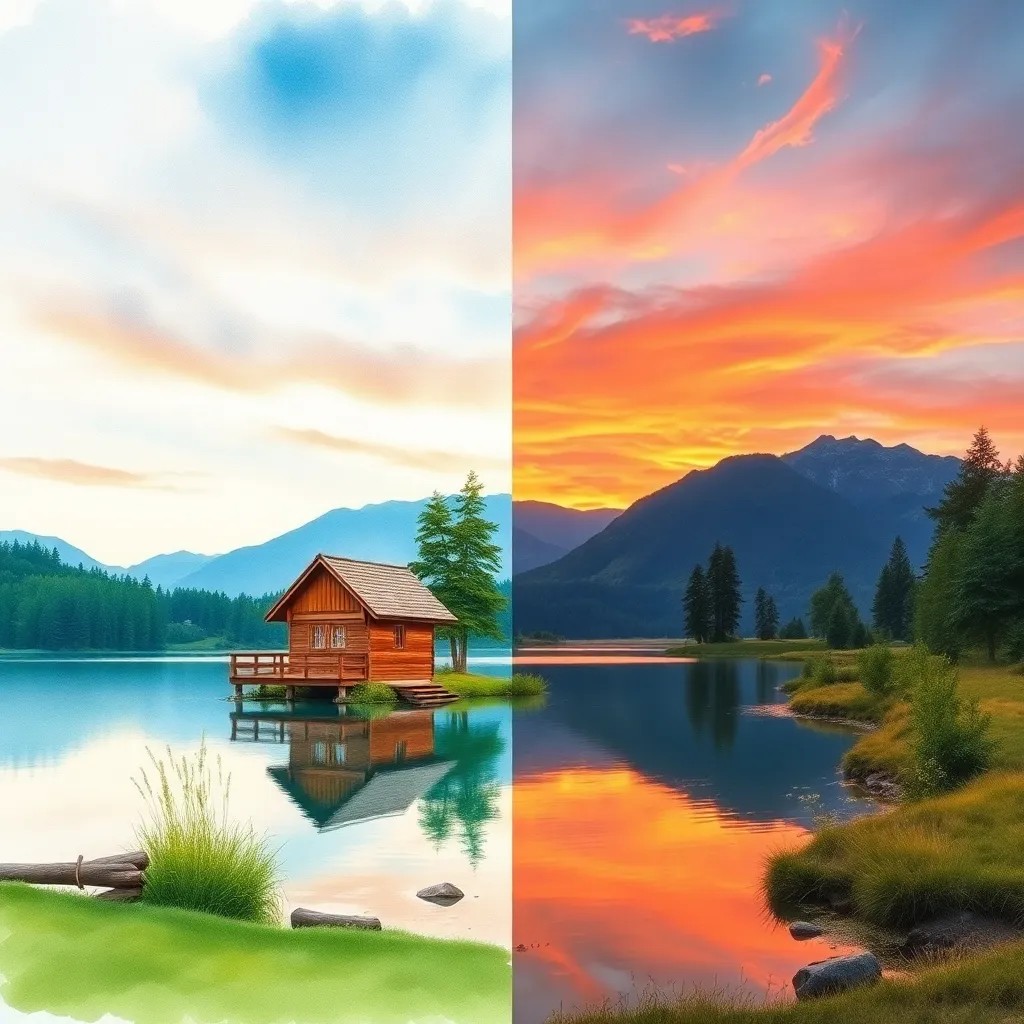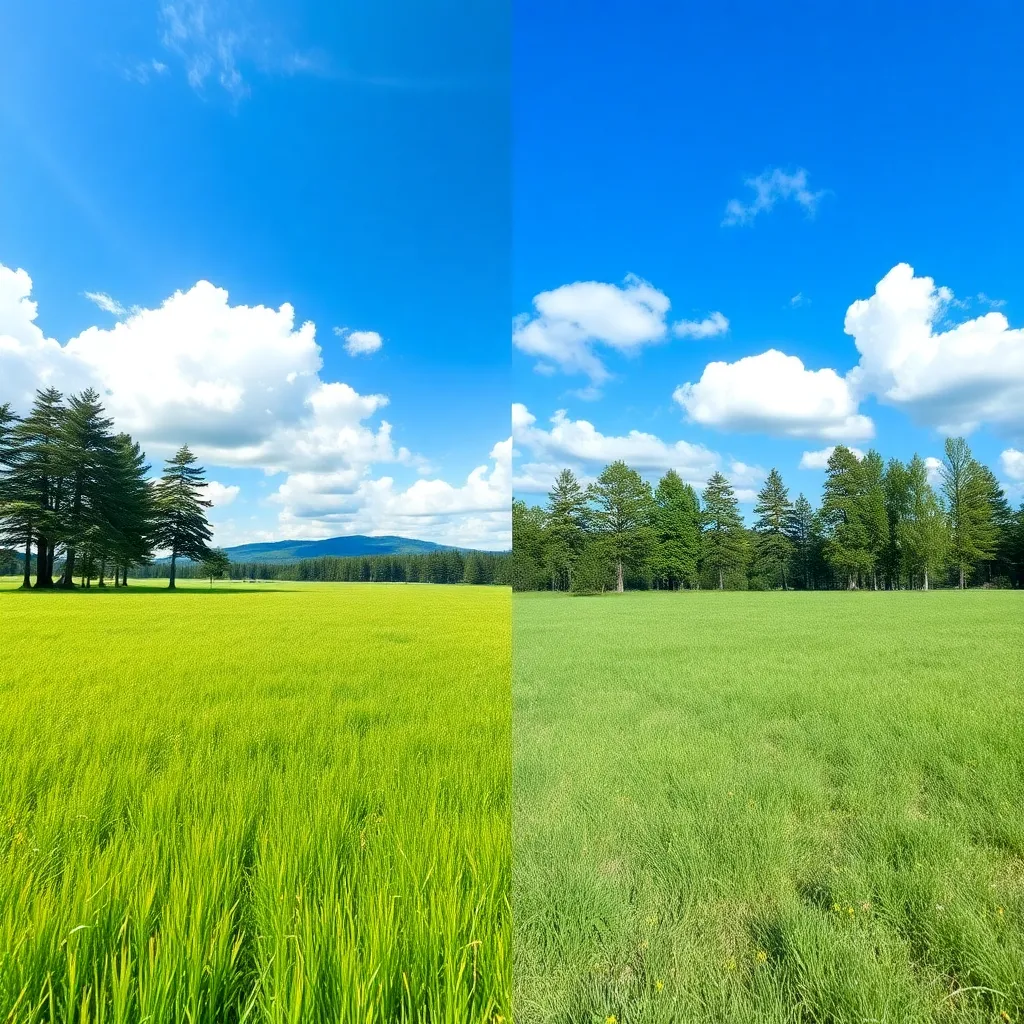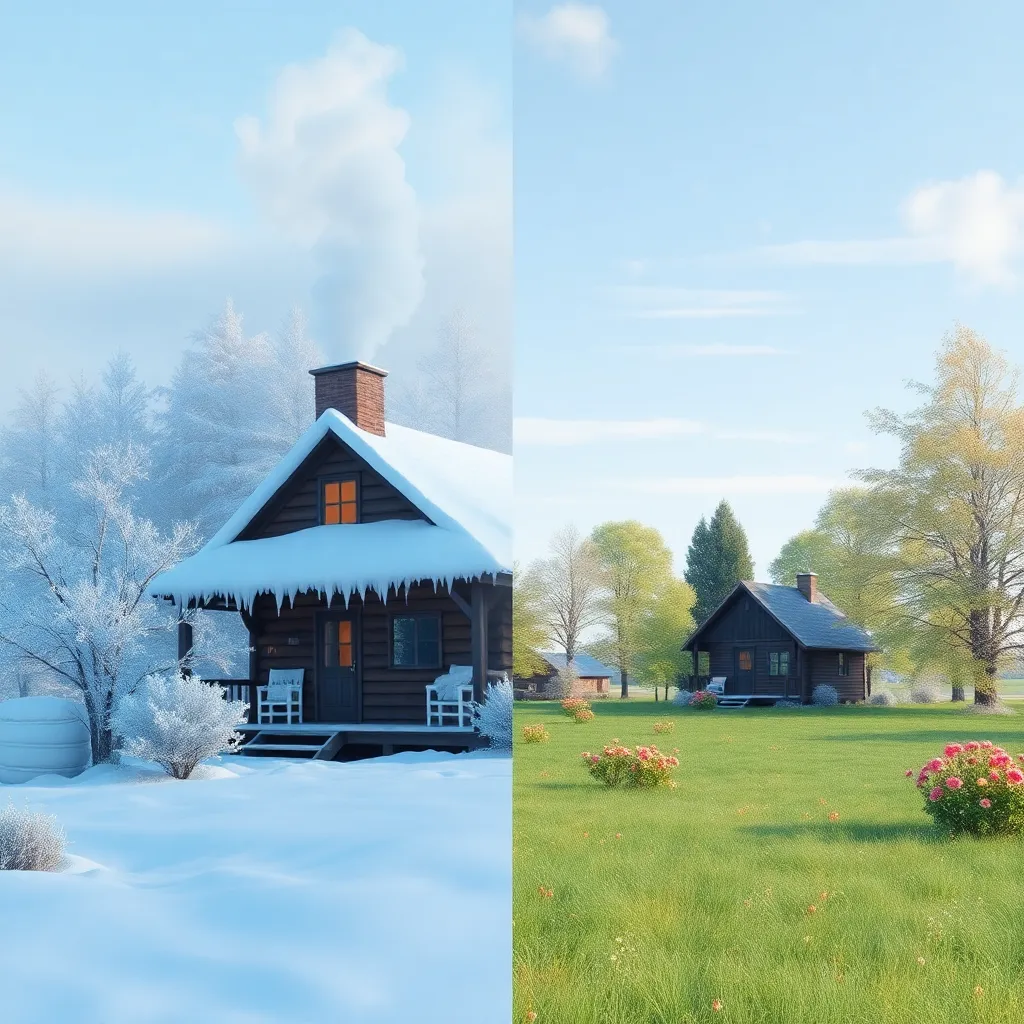Description of the Warm and Cold Style: What Is It? History of This Style
The Warm and Cold style is a compelling photographic and cinematic effect that leverages the interplay between warm and cool color tones within a single frame. Warm colors (reds, oranges, yellows) evoke energy, passion, and comfort, while cold colors (blues, cyans, purples) convey calm, mystery, and distance. By balancing these opposing palettes, photographers and filmmakers create striking contrasts that draw the viewer’s eye, emphasize emotional duality, and heighten the drama of a scene.
Historically, the warm and cold style traces its roots to traditional painting, where artists like Rembrandt and Caravaggio used warm and cool lighting to add depth and focus. In modern times, the technique became prominent in Hollywood cinematography—especially in the blockbuster era of the 1980s and 1990s—where “teal and orange” color grading dominated action and drama films. Today, the style is a staple in digital photography and post-production, embraced by creatives seeking to add a cinematic or editorial flair to their work.
Who Is Using This Style
The Warm and Cold style is popular among:
- Portrait photographers who want to emphasize emotion or duality in their subjects.
- Fashion photographers aiming for editorial impact and visual intrigue.
- Cinematic photographers and filmmakers wanting to evoke atmosphere, tension, or storytelling through color.
- Urban and landscape photographers highlighting the dynamic relationship between artificial light and natural environments.
- Product photographers seeking to make products pop against dramatic backgrounds.
This style is favored by both professionals and hobbyists, as it can be achieved through creative lighting setups or digital editing, making it accessible to a wide range of artists.
How Does It Enhance Photos?
1. Creates Visual Contrast and Depth
By juxtaposing warm and cold tones, photos gain a three-dimensional feel. Warm colors can bring subjects forward, while cool tones recede into the background, adding spatial depth.
2. Evokes Mood and Emotion
Warm and cold colors trigger different emotional responses. Combining them within an image can create tension, highlight a narrative, or communicate complex feelings such as conflict, nostalgia, or excitement.
3. Directs Viewer Attention
The eye is naturally drawn to areas of contrast. By placing warm and cold tones strategically, photographers can guide the viewer’s gaze toward the subject or focal point of the image.
4. Adds Cinematic or Editorial Flair
This style mimics the color grading seen in movies and high-fashion magazines, imparting a polished, professional look that elevates the perceived quality of the image.
5. Enhances Storytelling
Warm and cold tones can represent opposing forces or duality—such as day versus night, emotion versus logic, or comfort versus isolation—adding layers of meaning to the photo.
Use Cases of the Warm and Cold Style
Portrait Photography
- How It Enhances: Using warm and cold lighting on opposite sides of the subject’s face highlights emotional complexity or duality. It’s especially effective for editorial or conceptual portraits.
- Why and Appeal: Captures attention, adds drama, and allows the photographer to communicate deeper narratives.
Urban Landscapes
- How It Enhances: Contrasting the warmth of city lights against the coolness of the night sky adds vibrancy and energy to urban scenes.
- Why and Appeal: Emphasizes the dynamism of city life and the interplay between man-made and natural environments.
Nature & Wilderness
- How It Enhances: Capturing sunsets or sunrises blending into cool mountain or lake shadows creates breathtaking, immersive landscapes.
- Why and Appeal: Highlights the beauty of natural transitions and light, making images feel more alive and atmospheric.
Fashion Photography
- How It Enhances: Dual-tone lighting makes outfits and models stand out, adding sophistication and visual interest.
- Why and Appeal: Perfect for editorials, lookbooks, and advertising campaigns seeking a modern, impactful style.
Cinematic Scenes
- How It Enhances: Recreates the dramatic lighting and color grading of blockbuster films. Useful for narrative-driven shoots or storytelling projects.
- Why and Appeal: Instantly communicates mood, tension, or action, making the image feel like a movie still.
Product Photography
- How It Enhances: Warm and cold lighting makes products pop against dynamic backgrounds, focusing attention and adding a premium feel.
- Why and Appeal: Helps products stand out in advertising and e-commerce, making them more memorable to customers.
Pro Tips for Using the Warm and Cold Style
1. Balance Is Key
Avoid overpowering your image with one tone. Aim for a harmonious balance that supports your subject and story.
2. Use Lighting Gels or RGB Lights
During shooting, use colored gels or adjustable RGB lights to create warm and cold zones without relying heavily on post-processing.
3. Mind Your White Balance
Set your camera’s white balance intentionally—either to emphasize the contrast or to create a specific mood.
4. Enhance in Post-Production
Use split-toning, HSL adjustments, or color grading tools in Lightroom, Photoshop, or video editing software to fine-tune the effect.
5. Consider the Subject and Setting
This style works best with subjects or scenes that can benefit from heightened drama or duality. For natural, documentary, or subtle looks, use the effect sparingly.
6. Experiment and Refine
Not every image will suit extreme warm and cold contrast. Experiment with different strengths and placements of color to find what works best for your creative vision.
Conclusion:
The Warm and Cold style is a versatile and powerful effect that can transform ordinary images into visually captivating works of art. Whether you are photographing portraits, cityscapes, fashion, or products, this dual-tone approach adds depth, drama, and narrative appeal. By mastering this style, photographers and designers can elevate their portfolios and create images that resonate emotionally with their audience.
